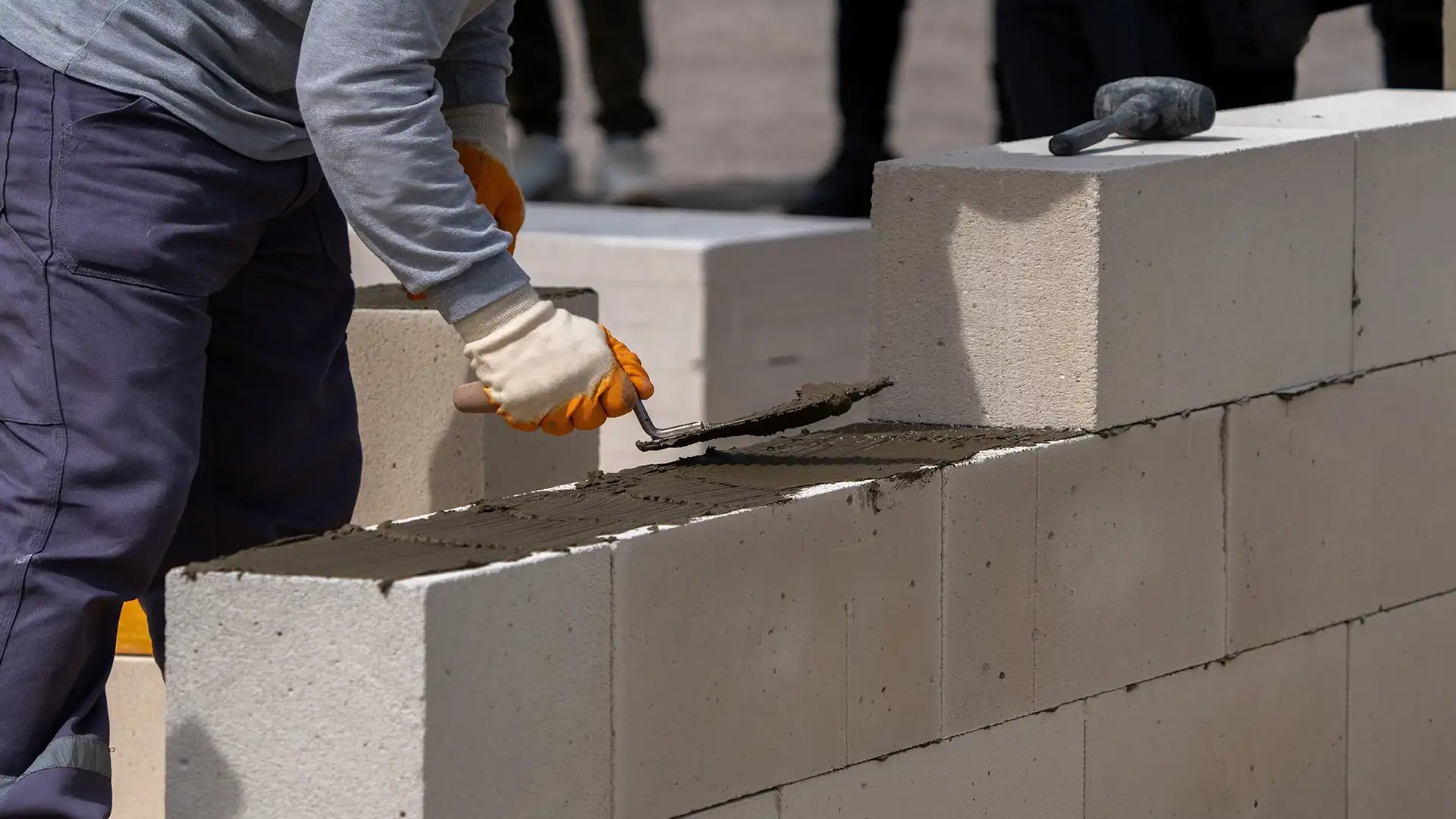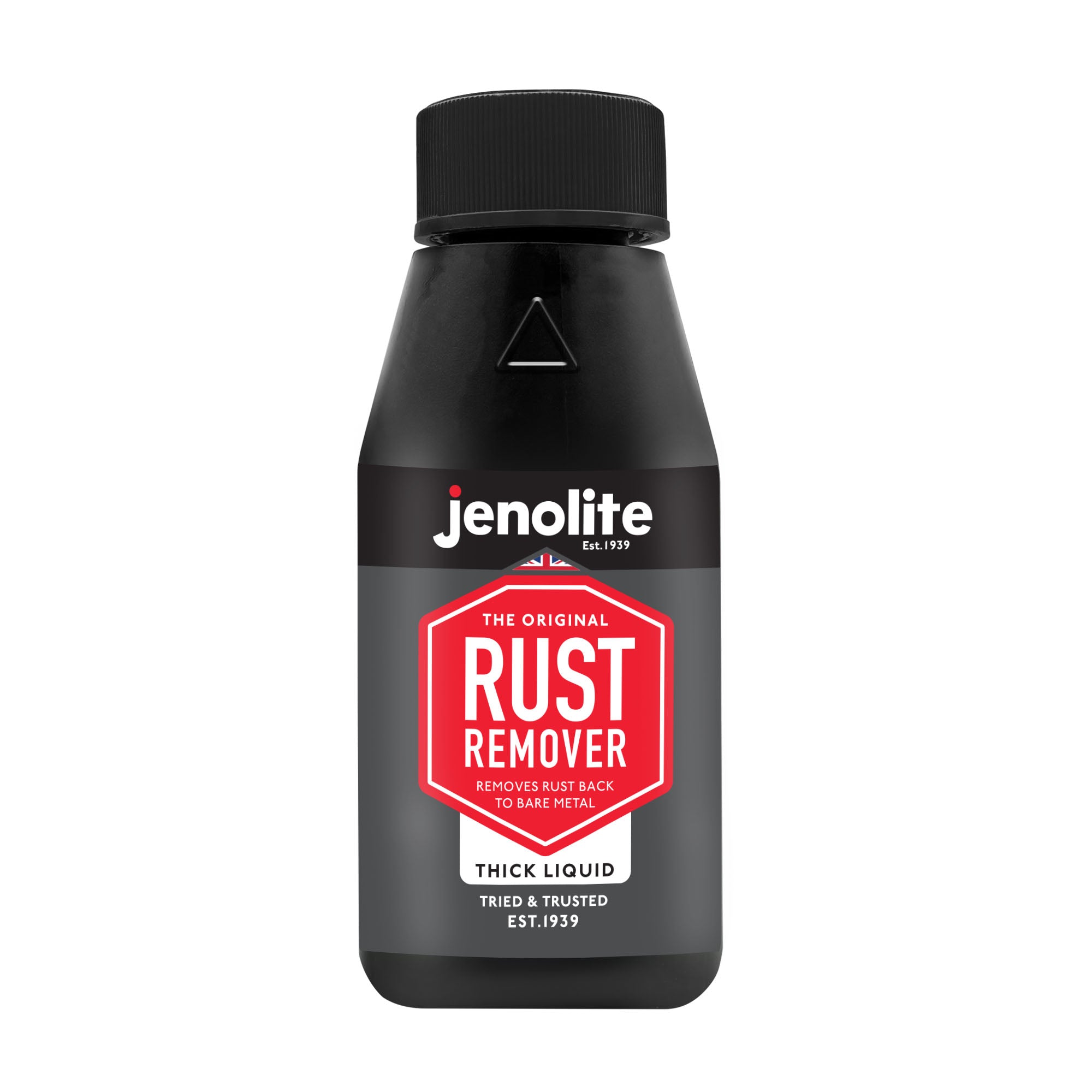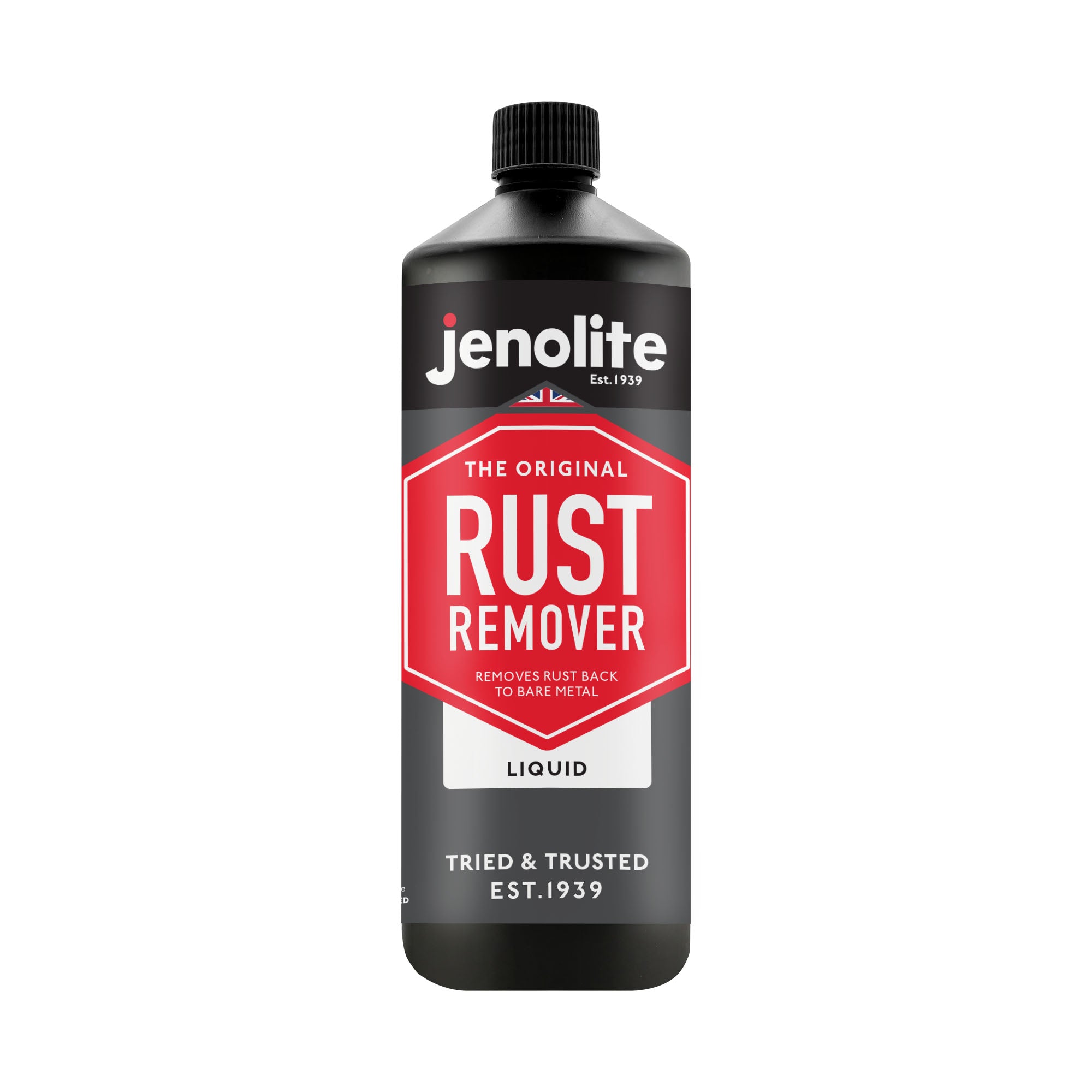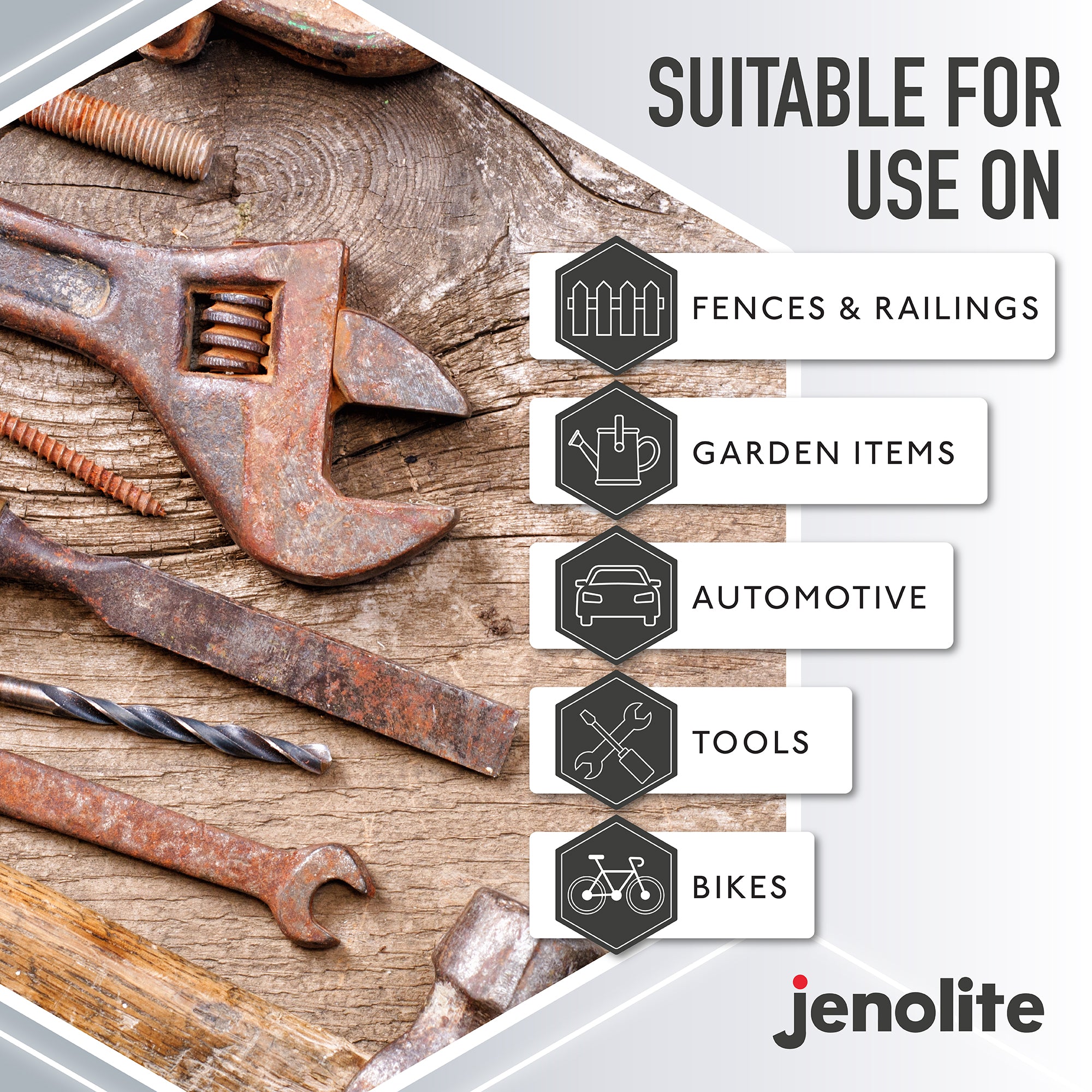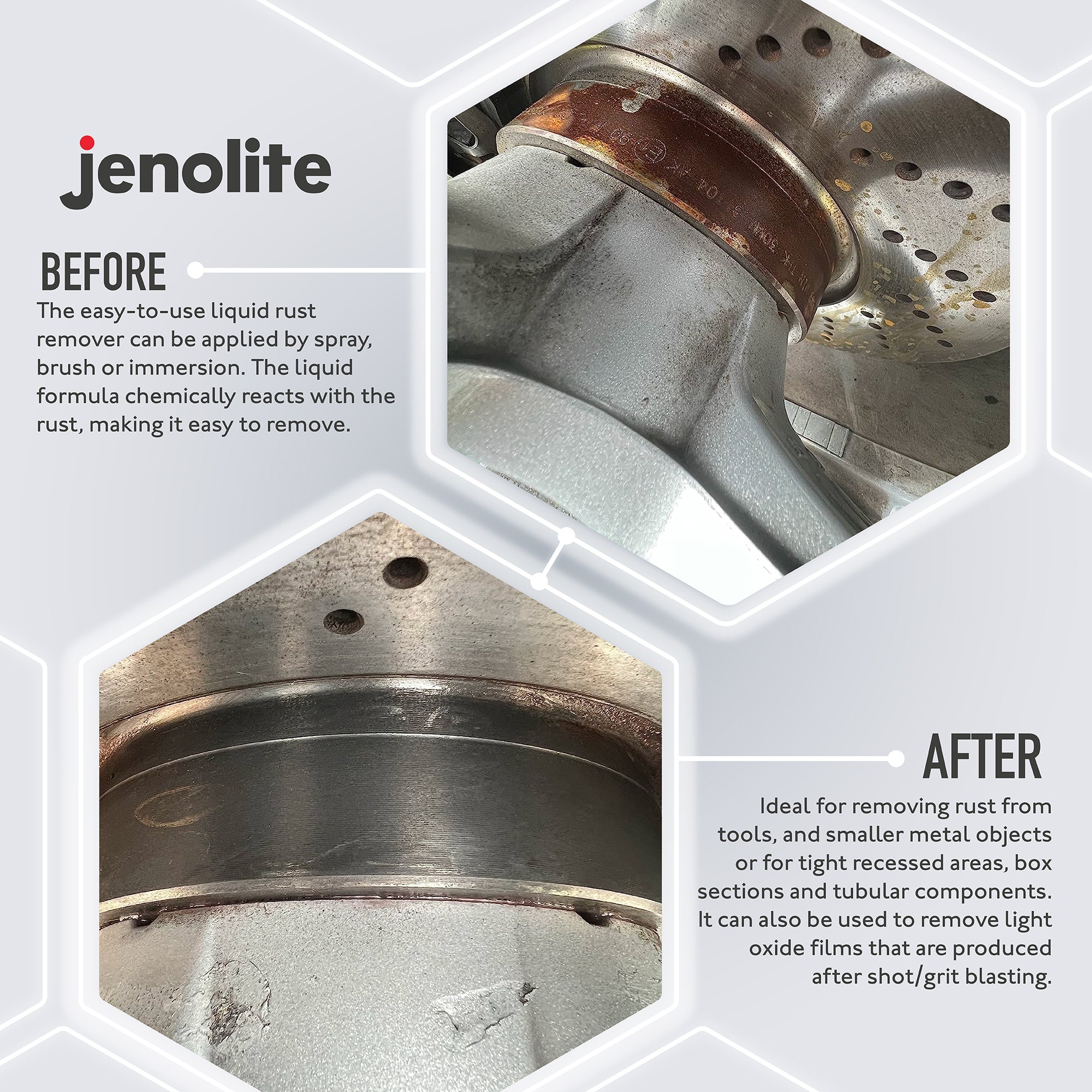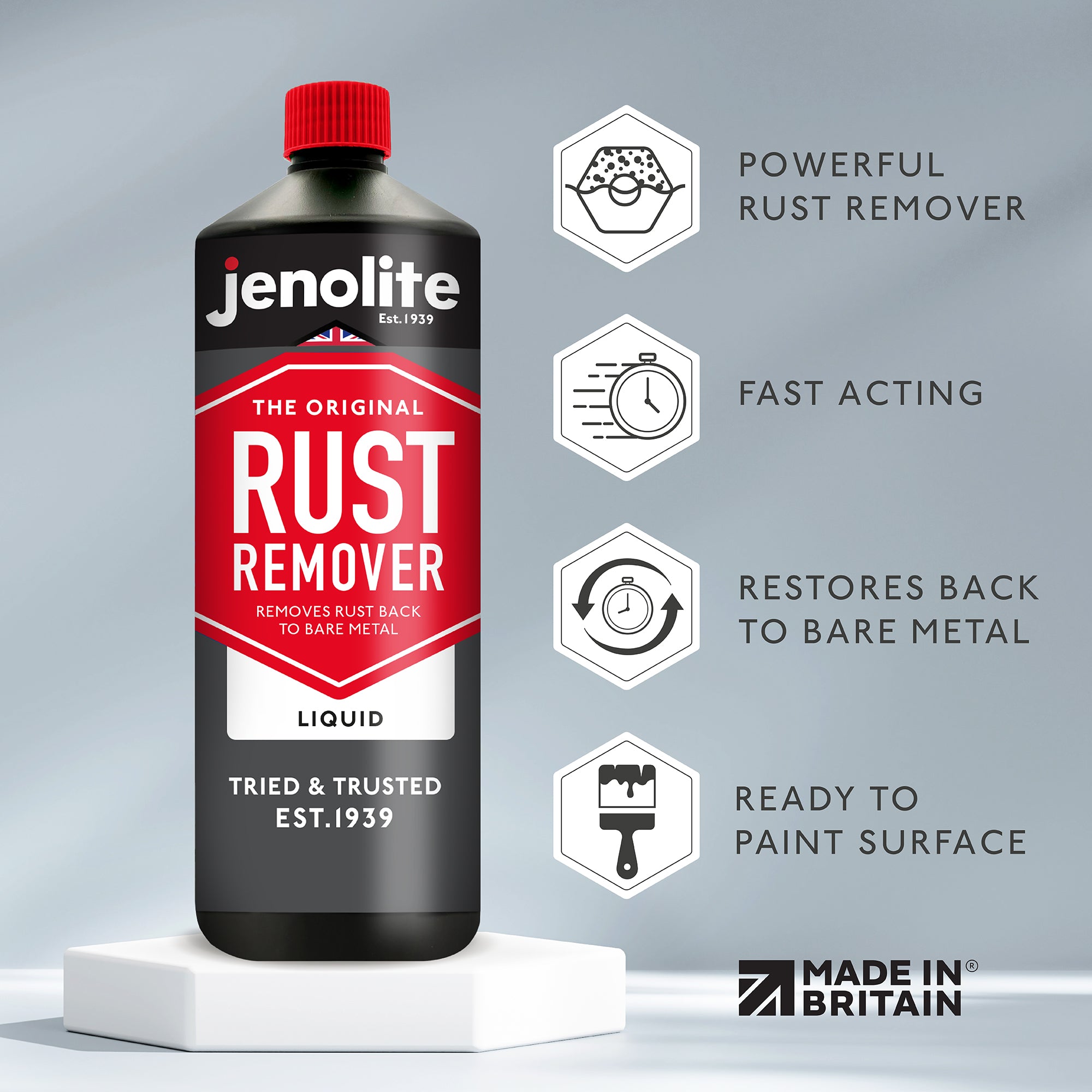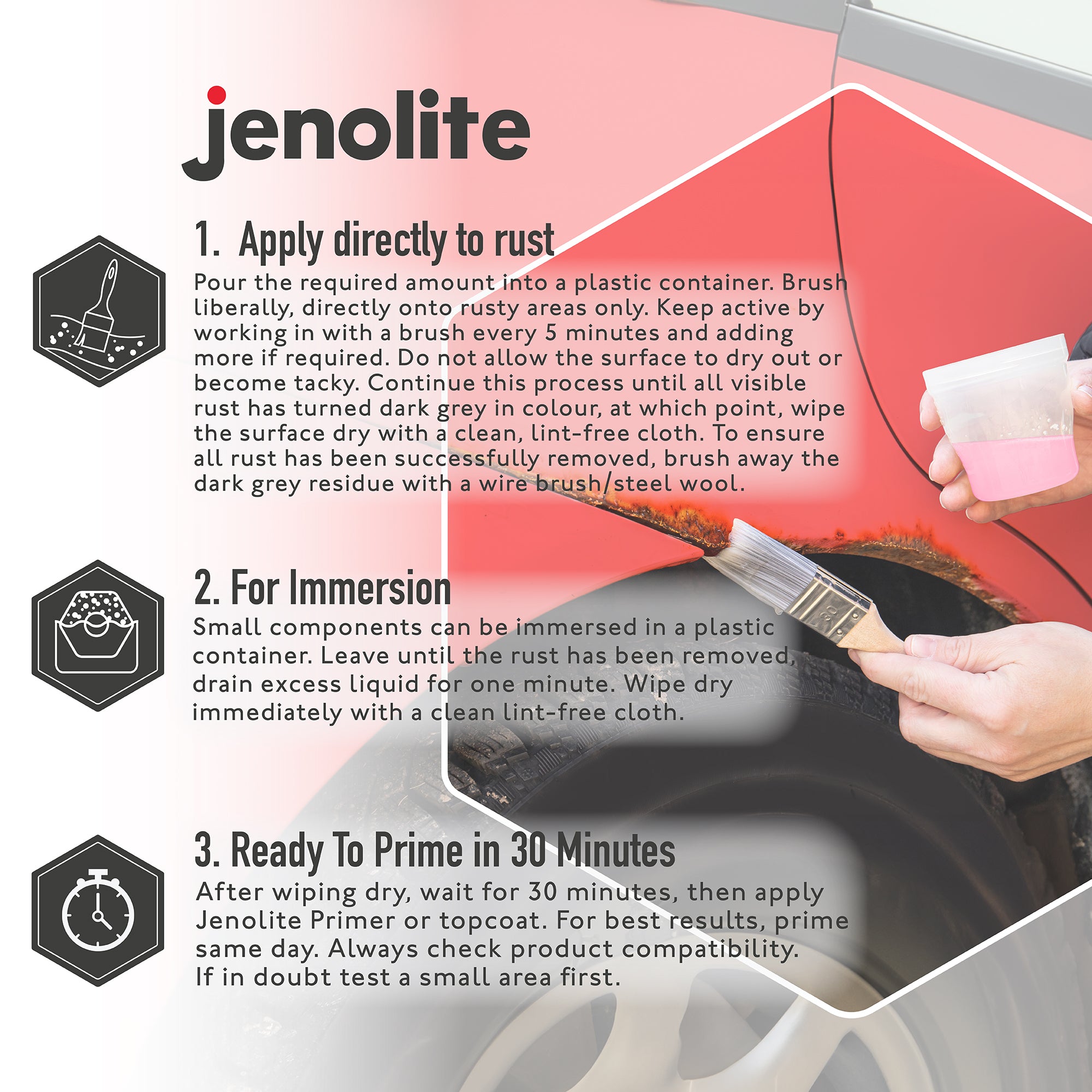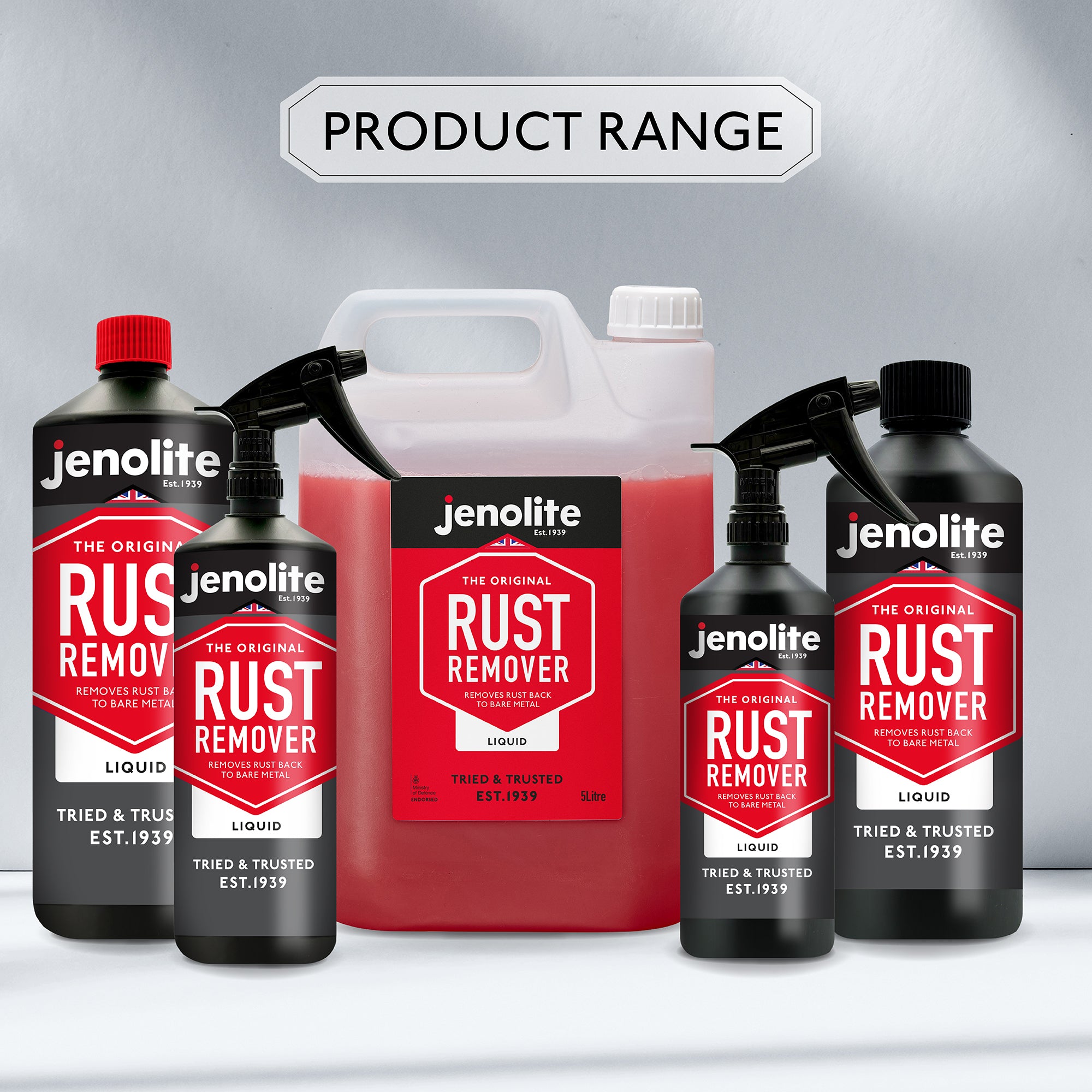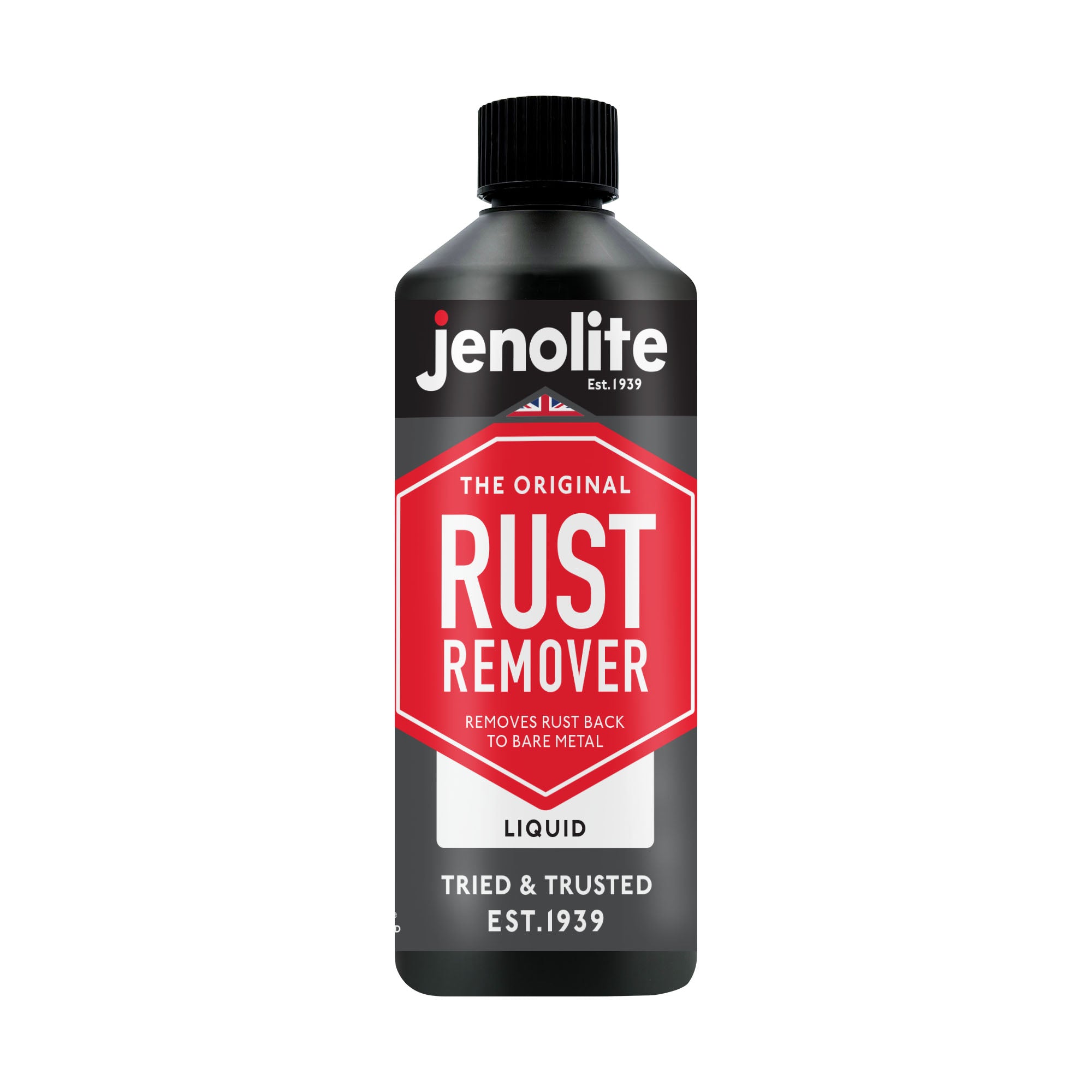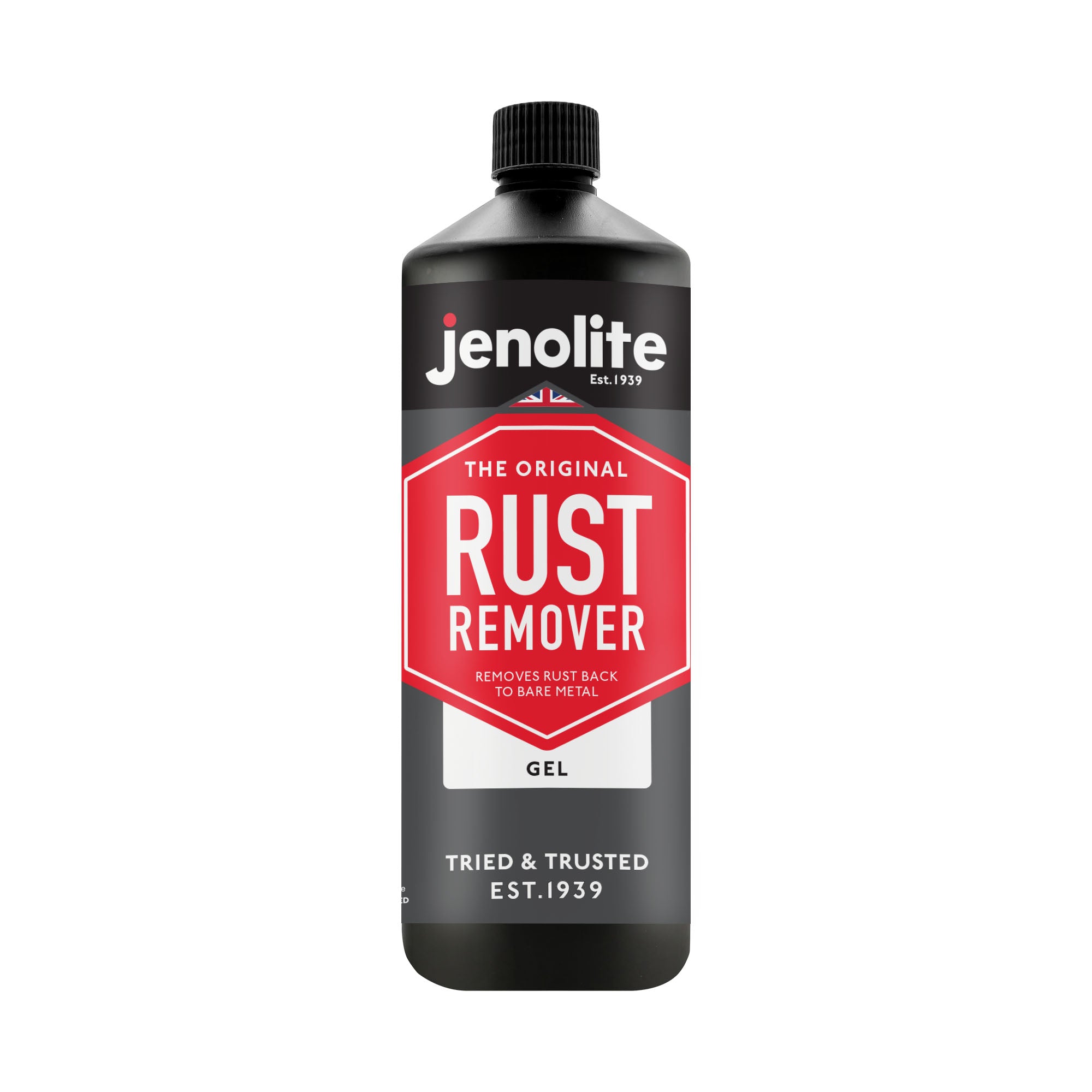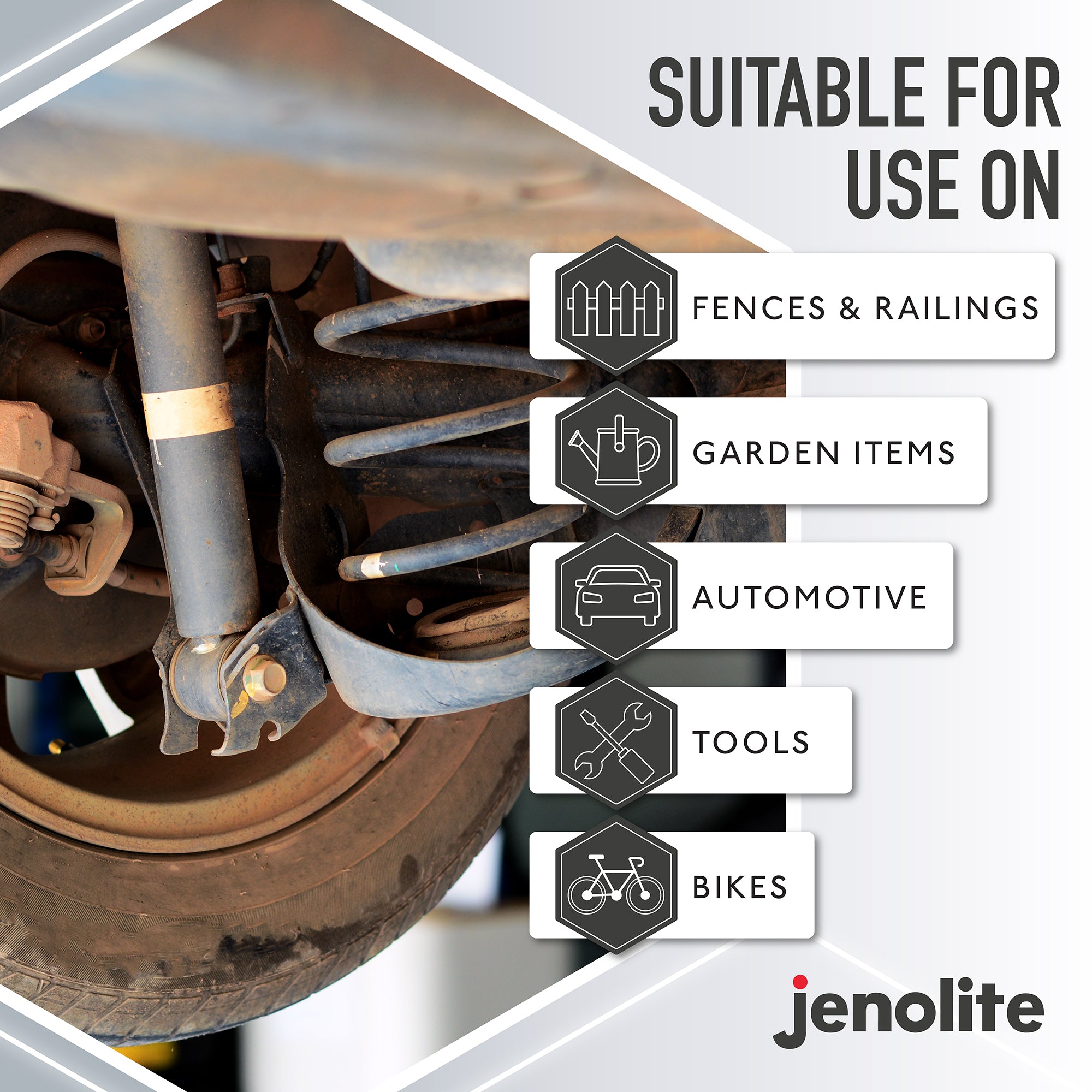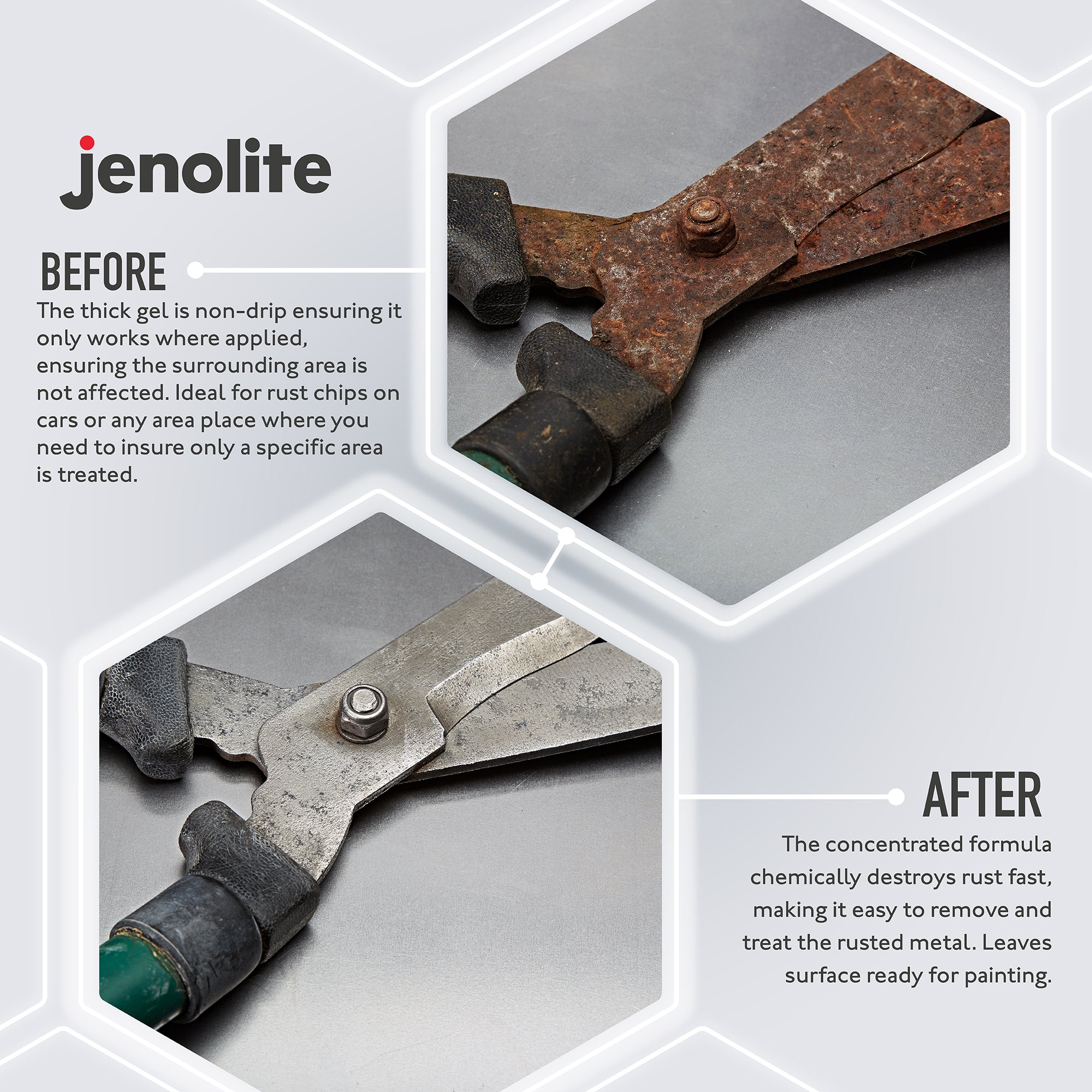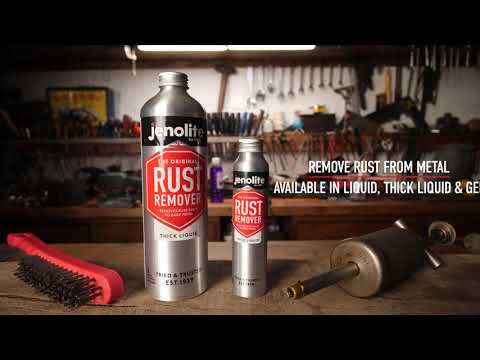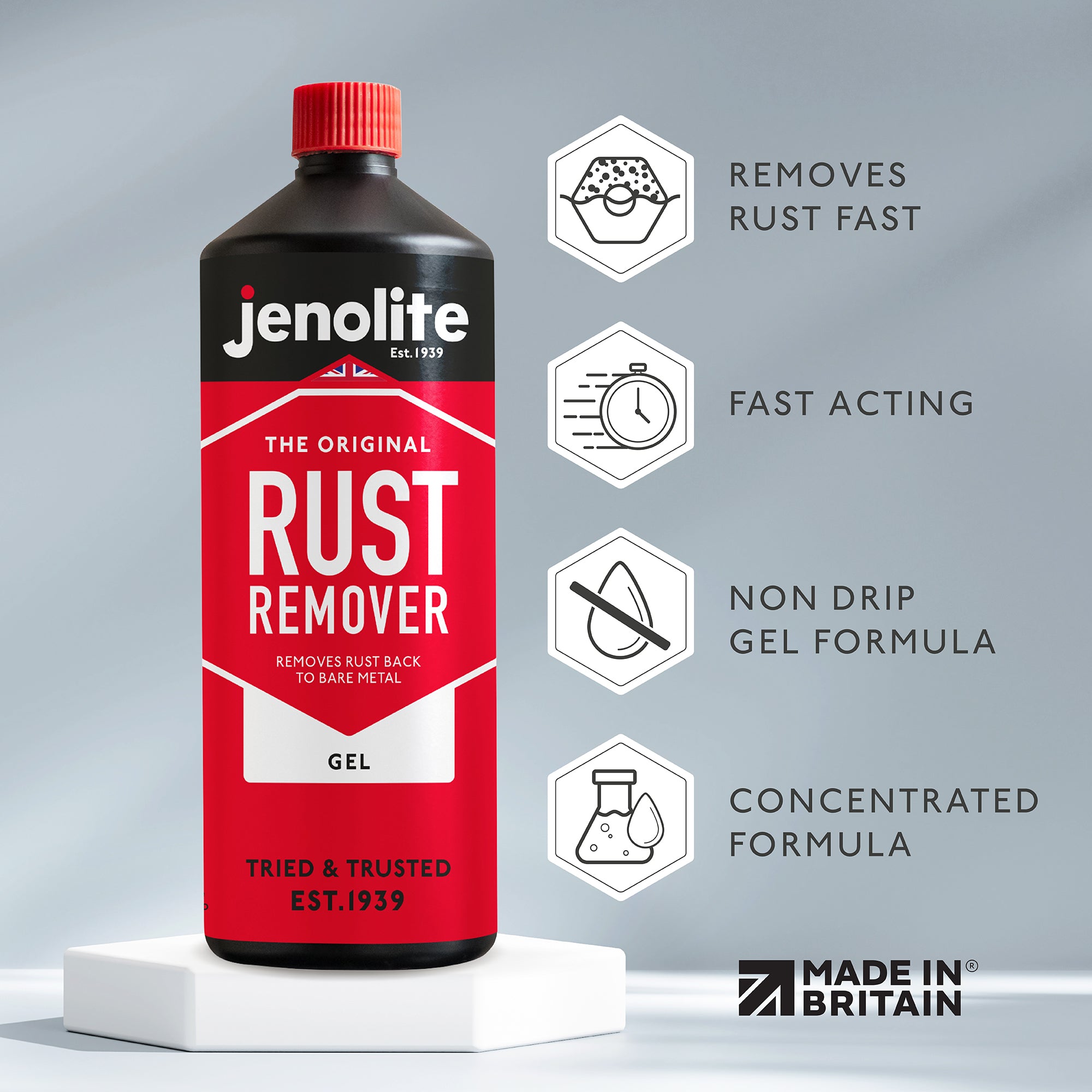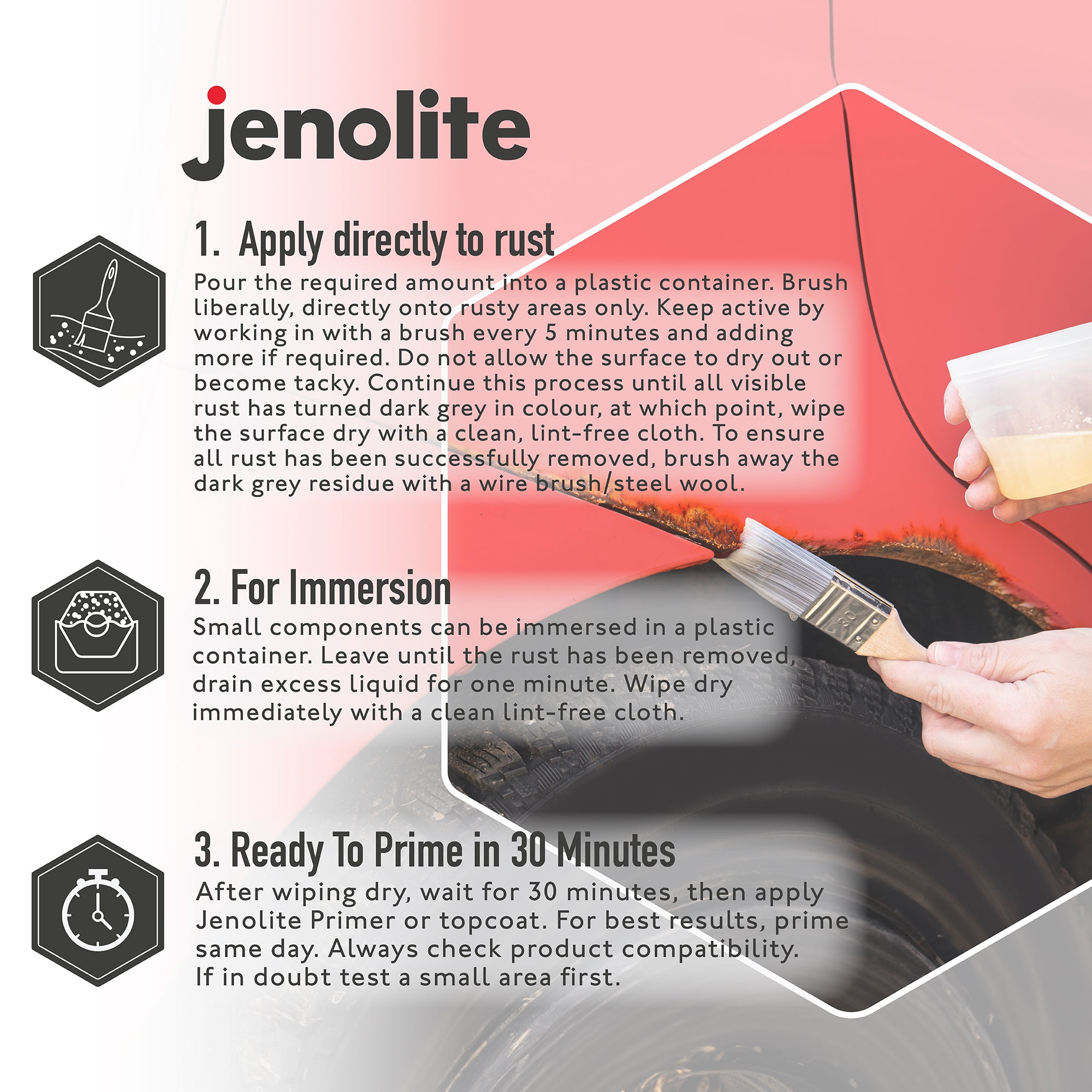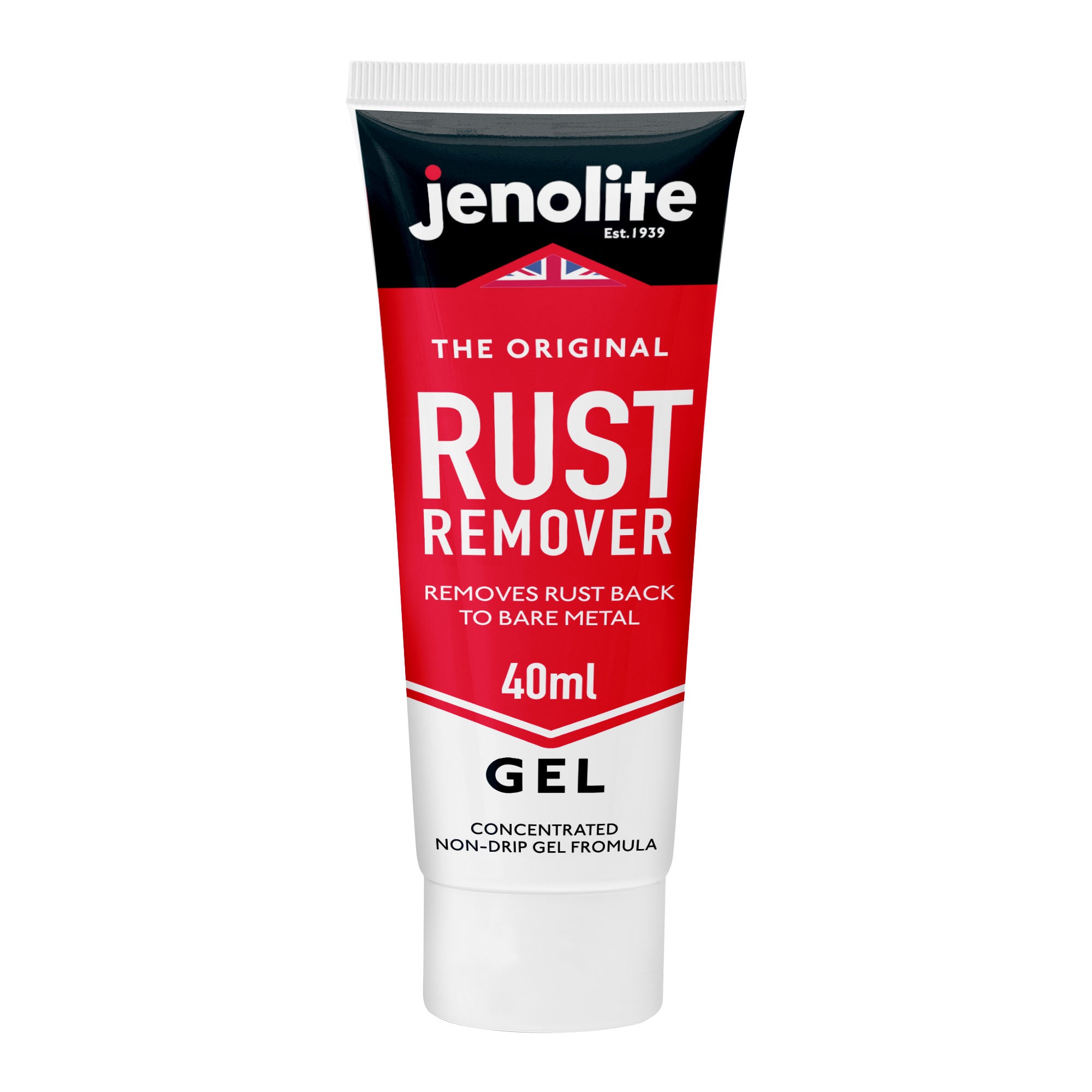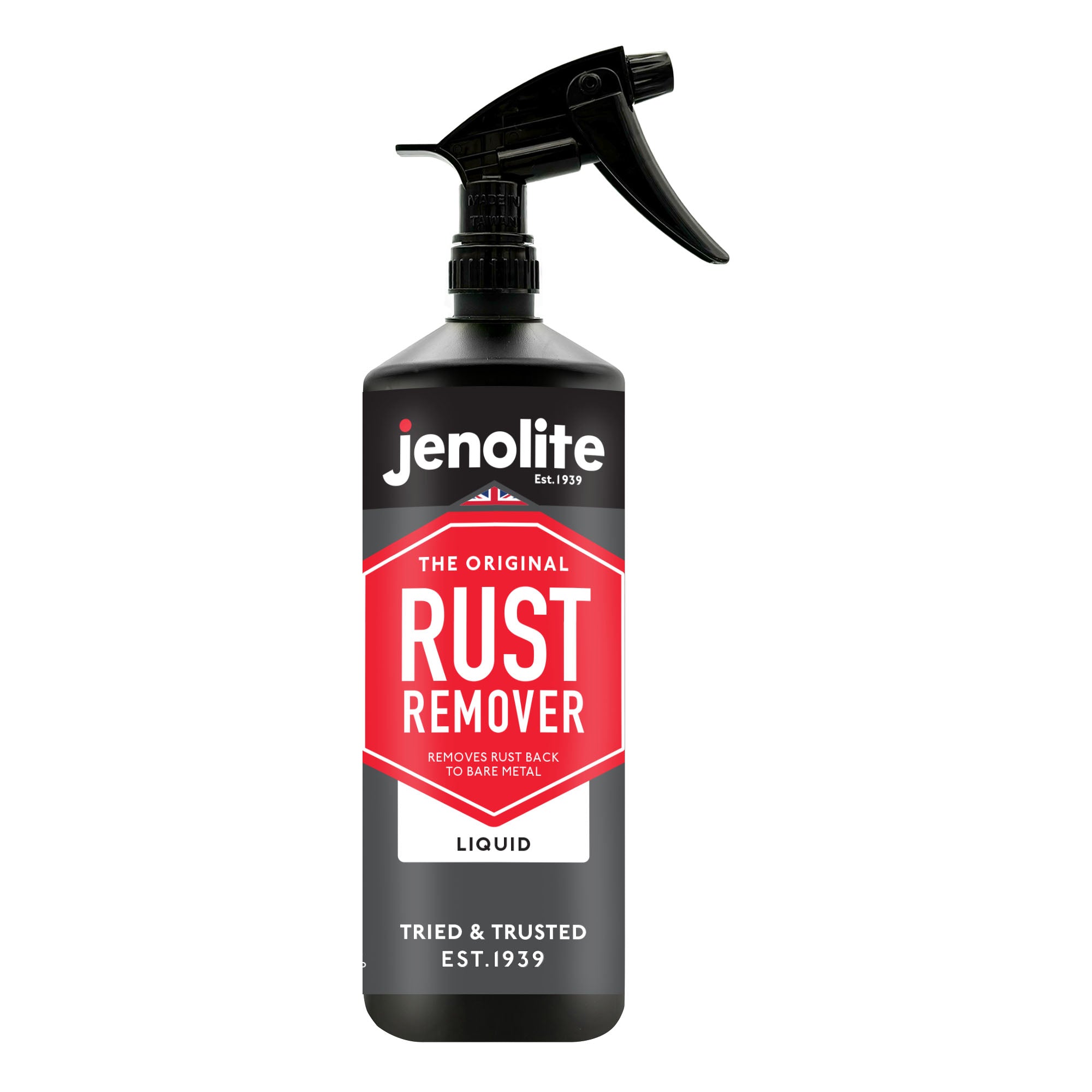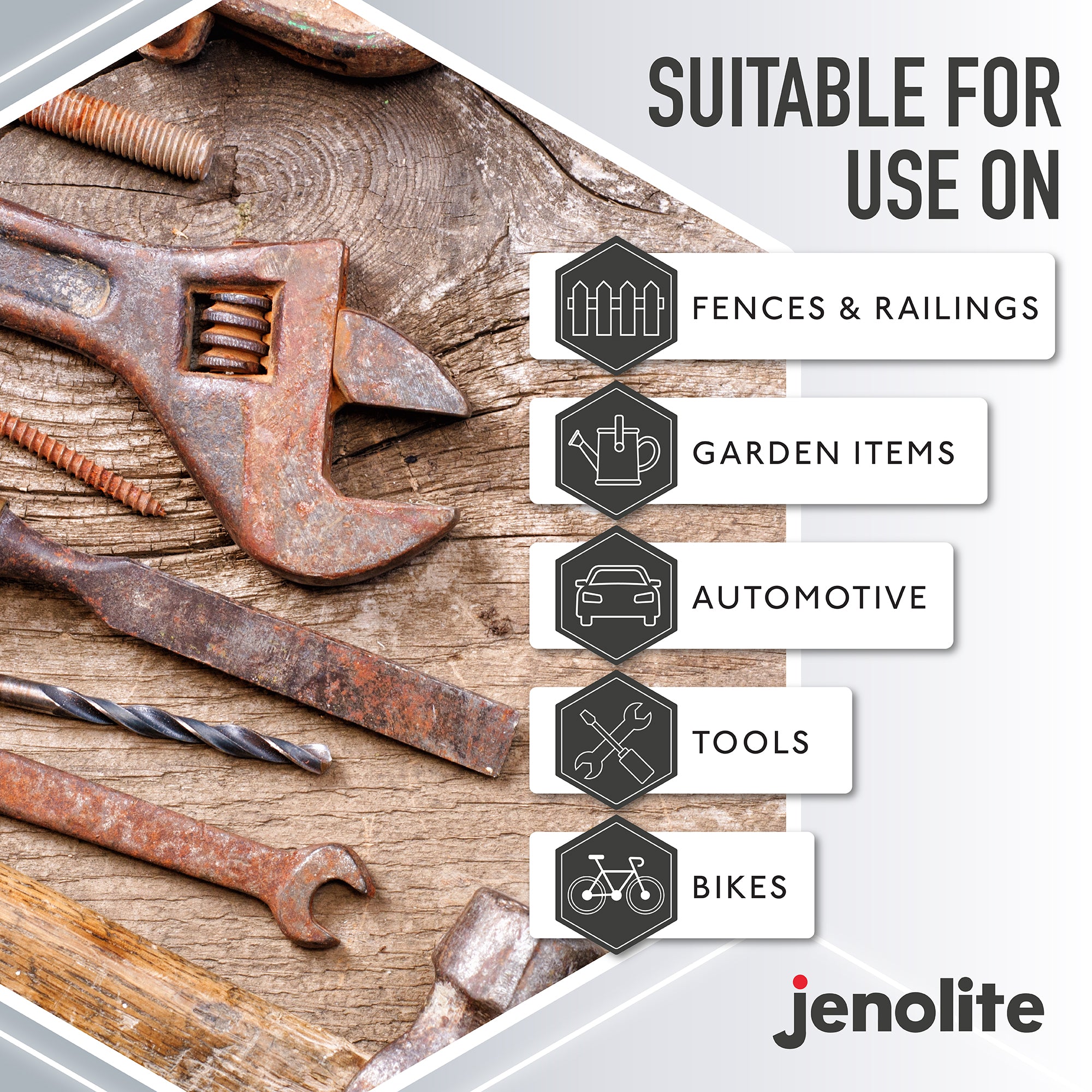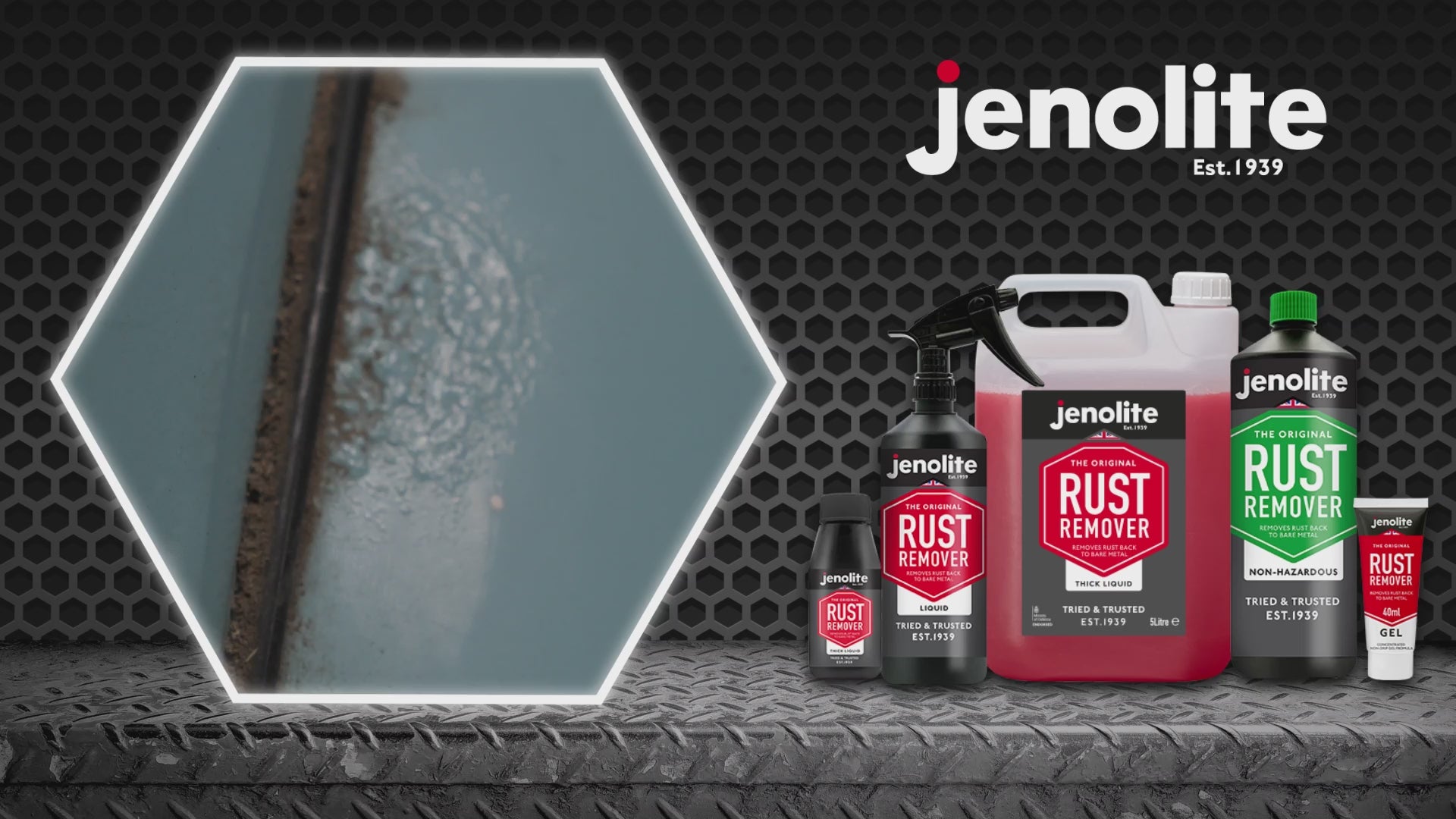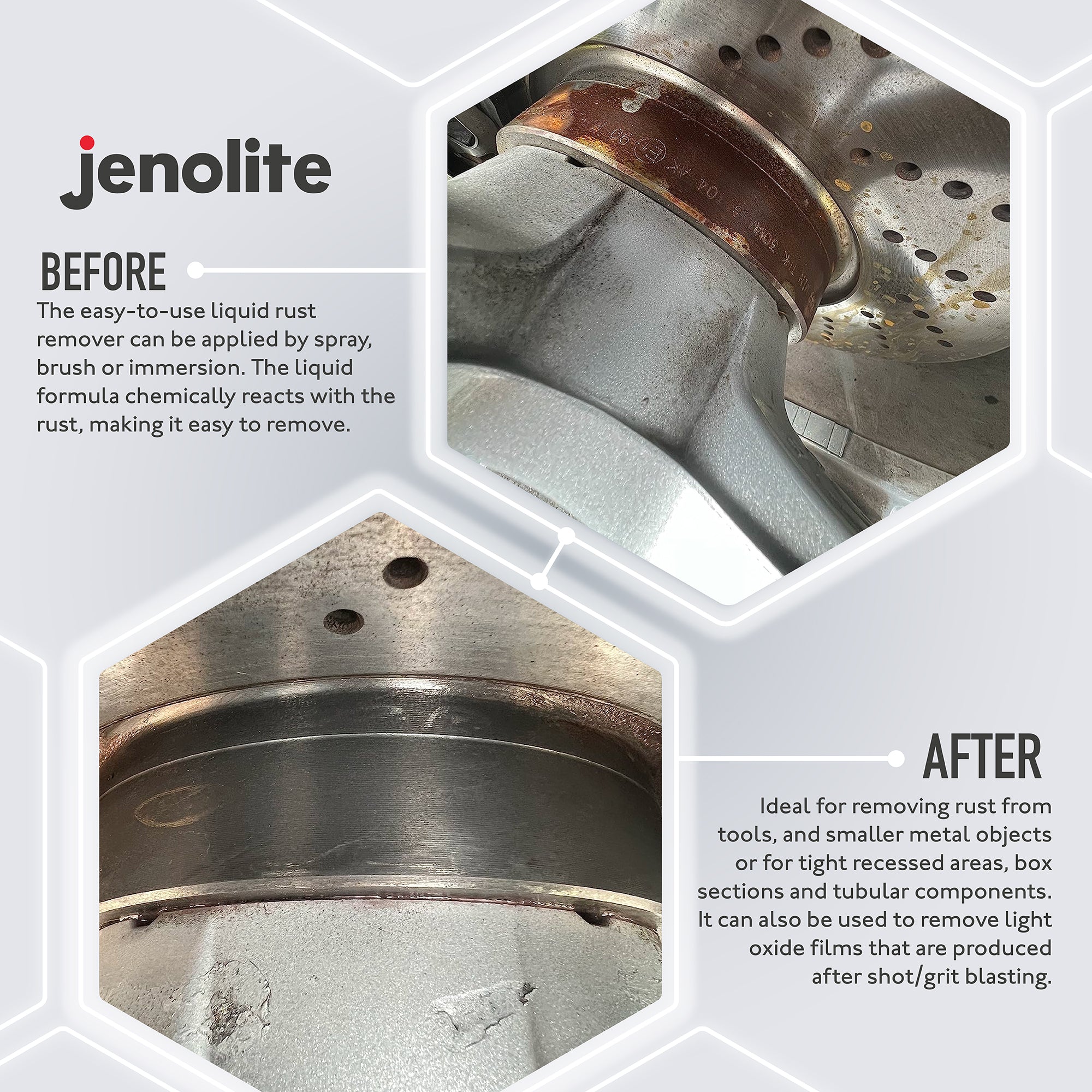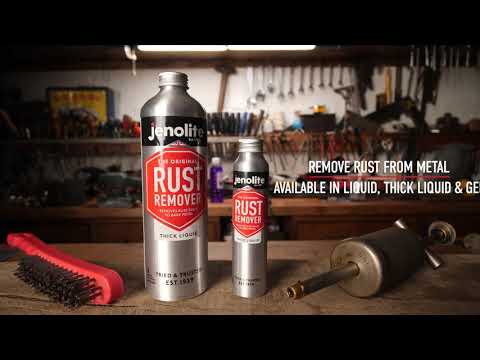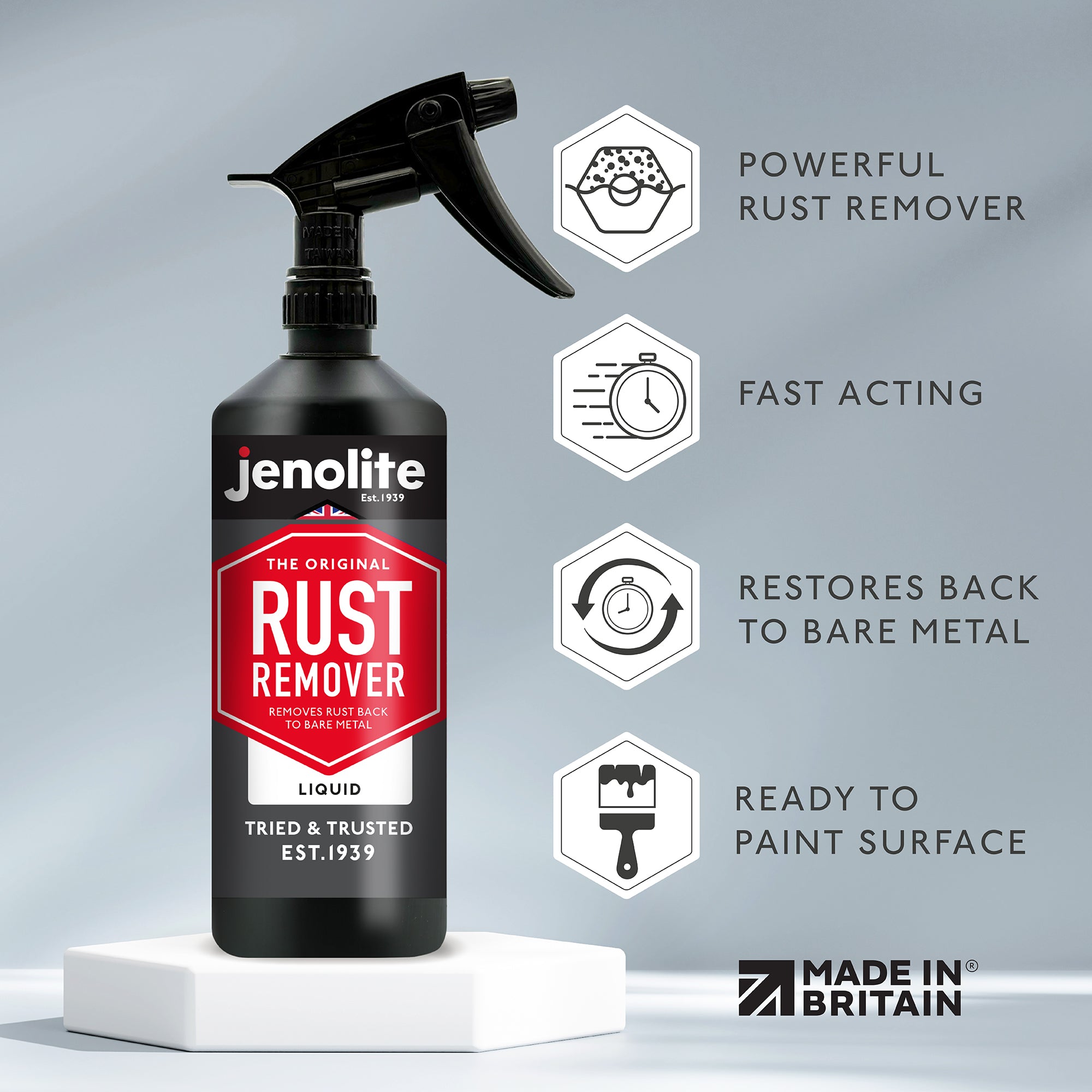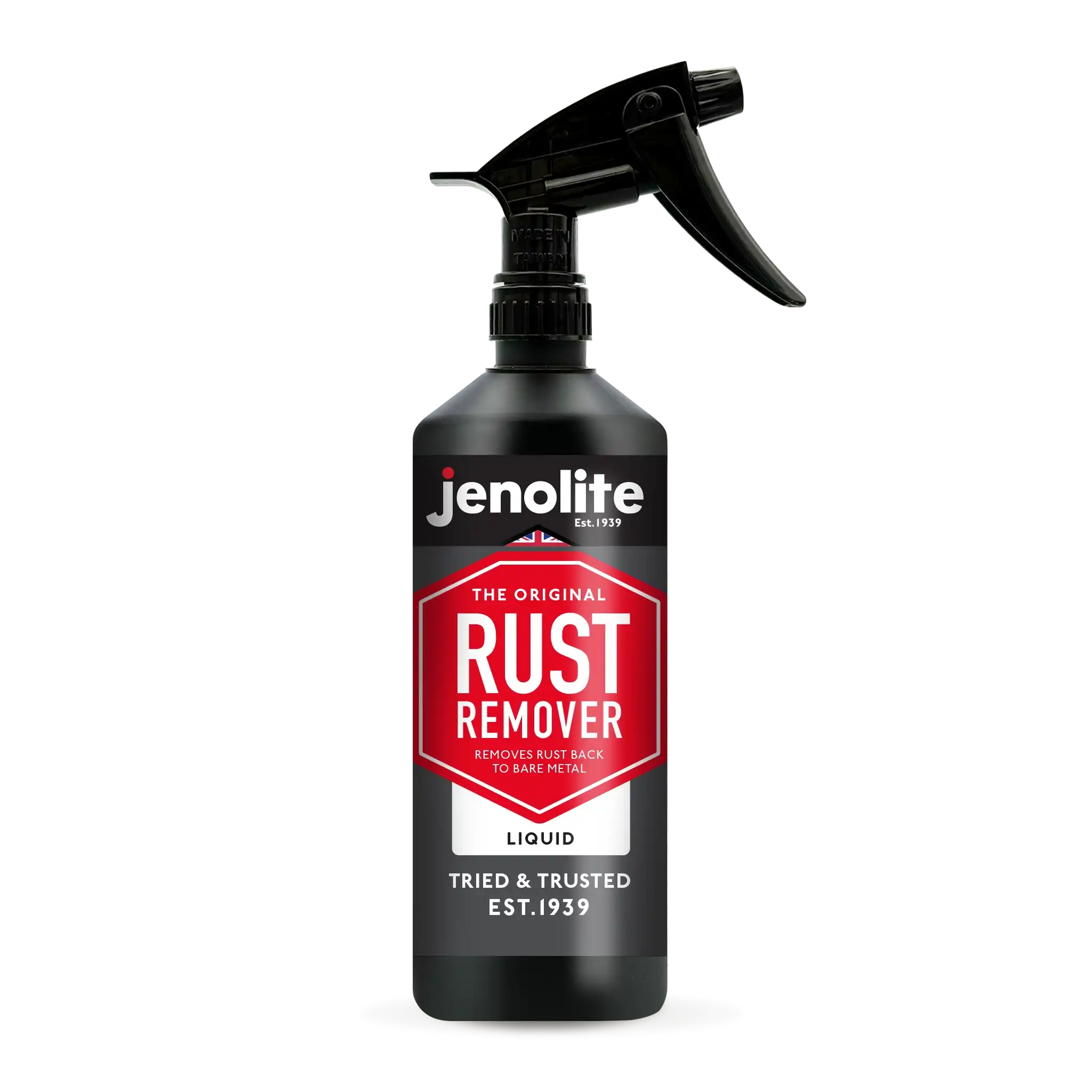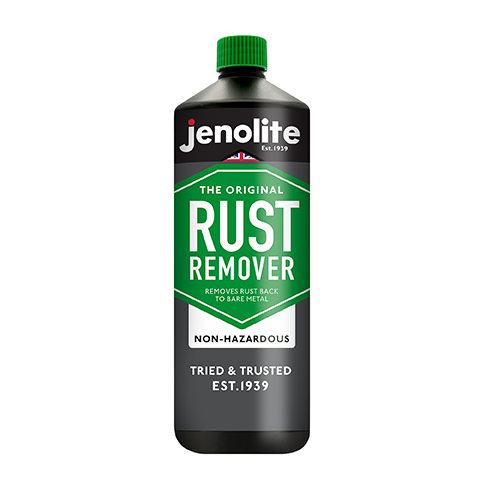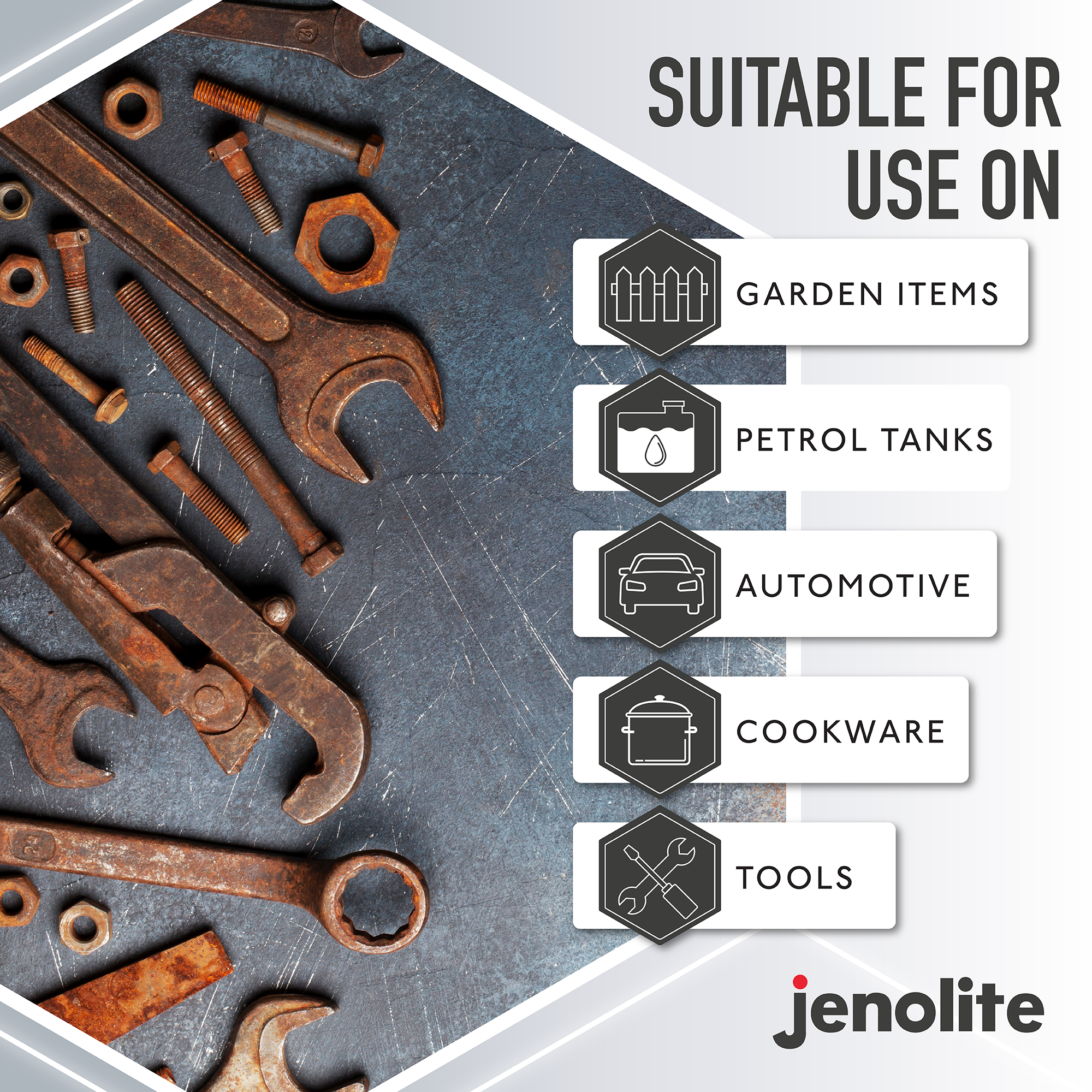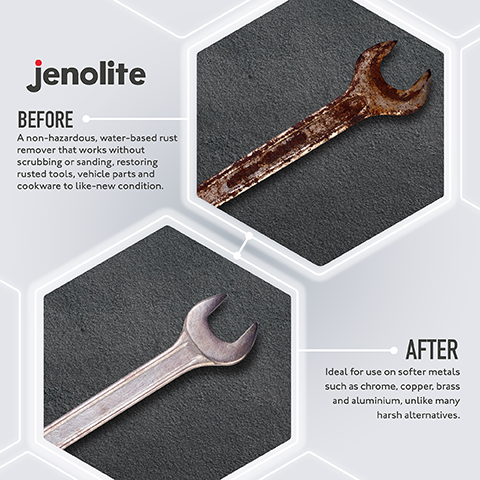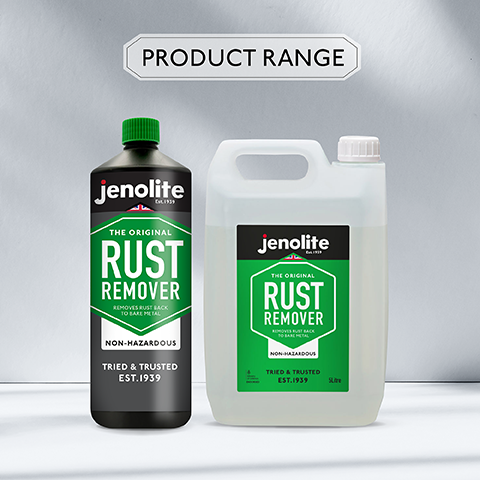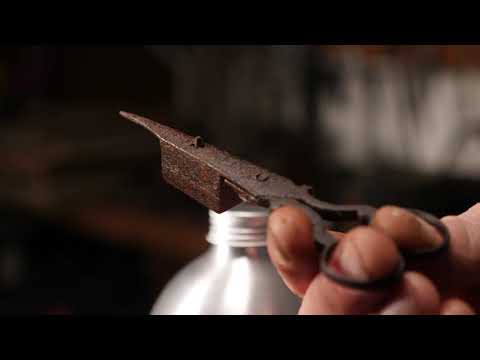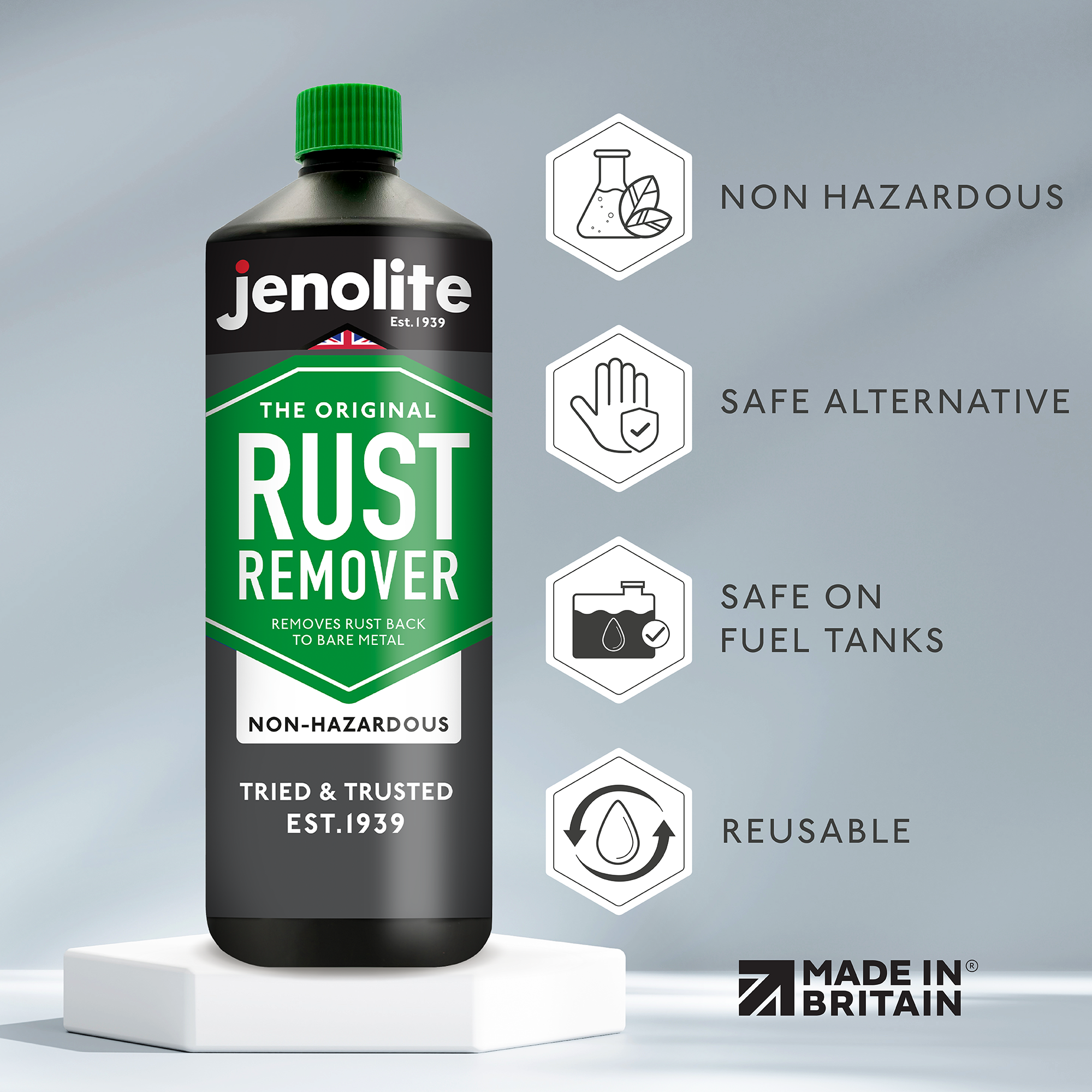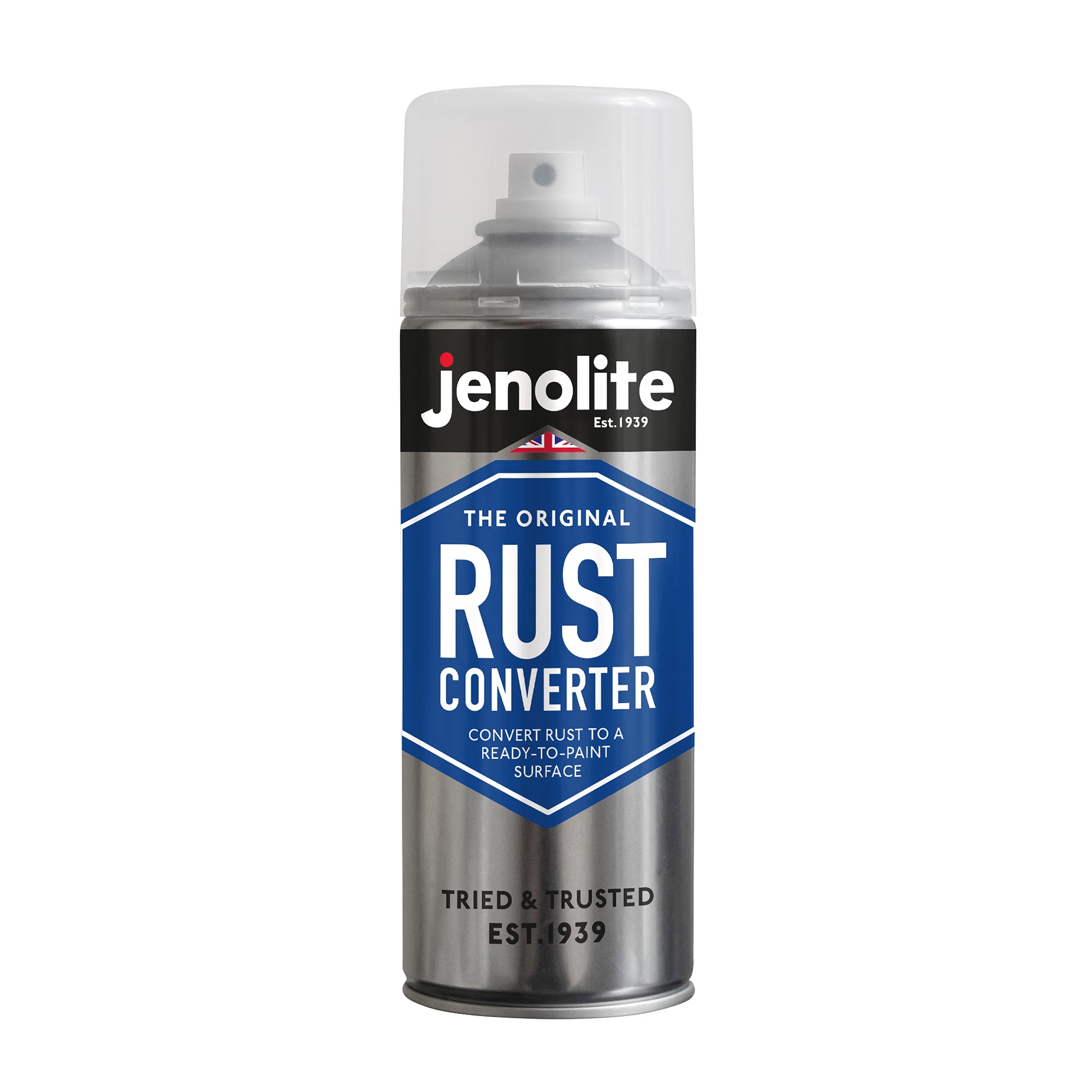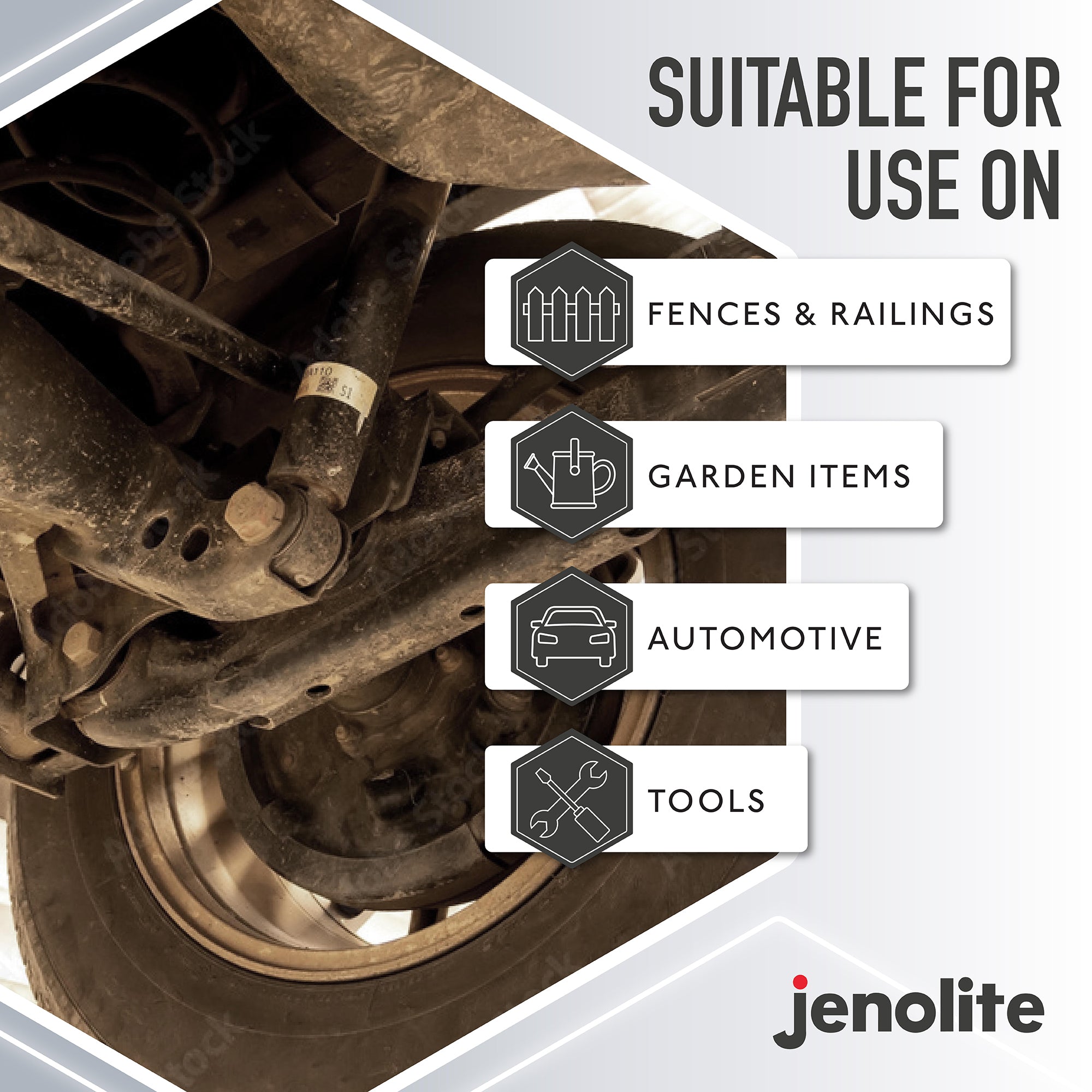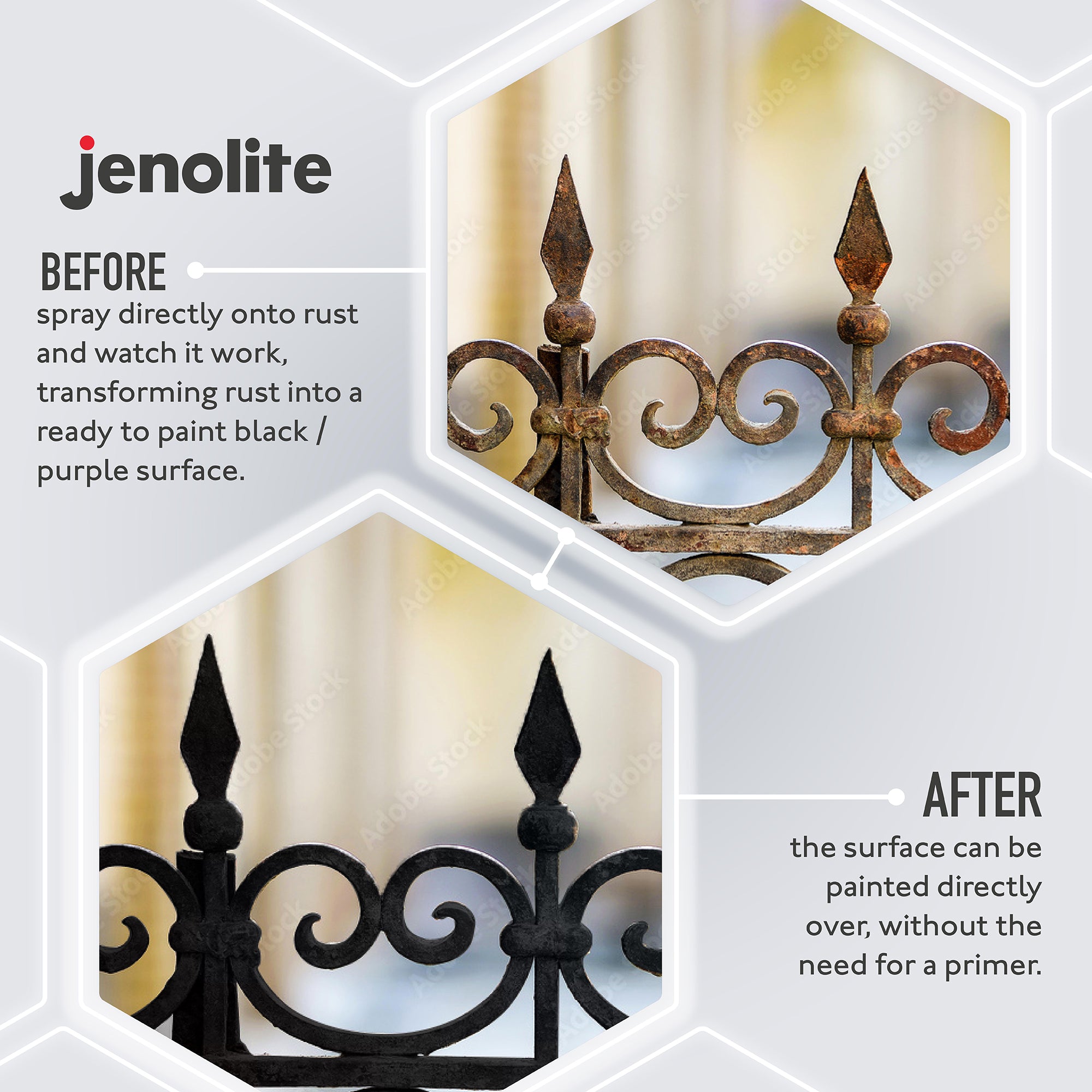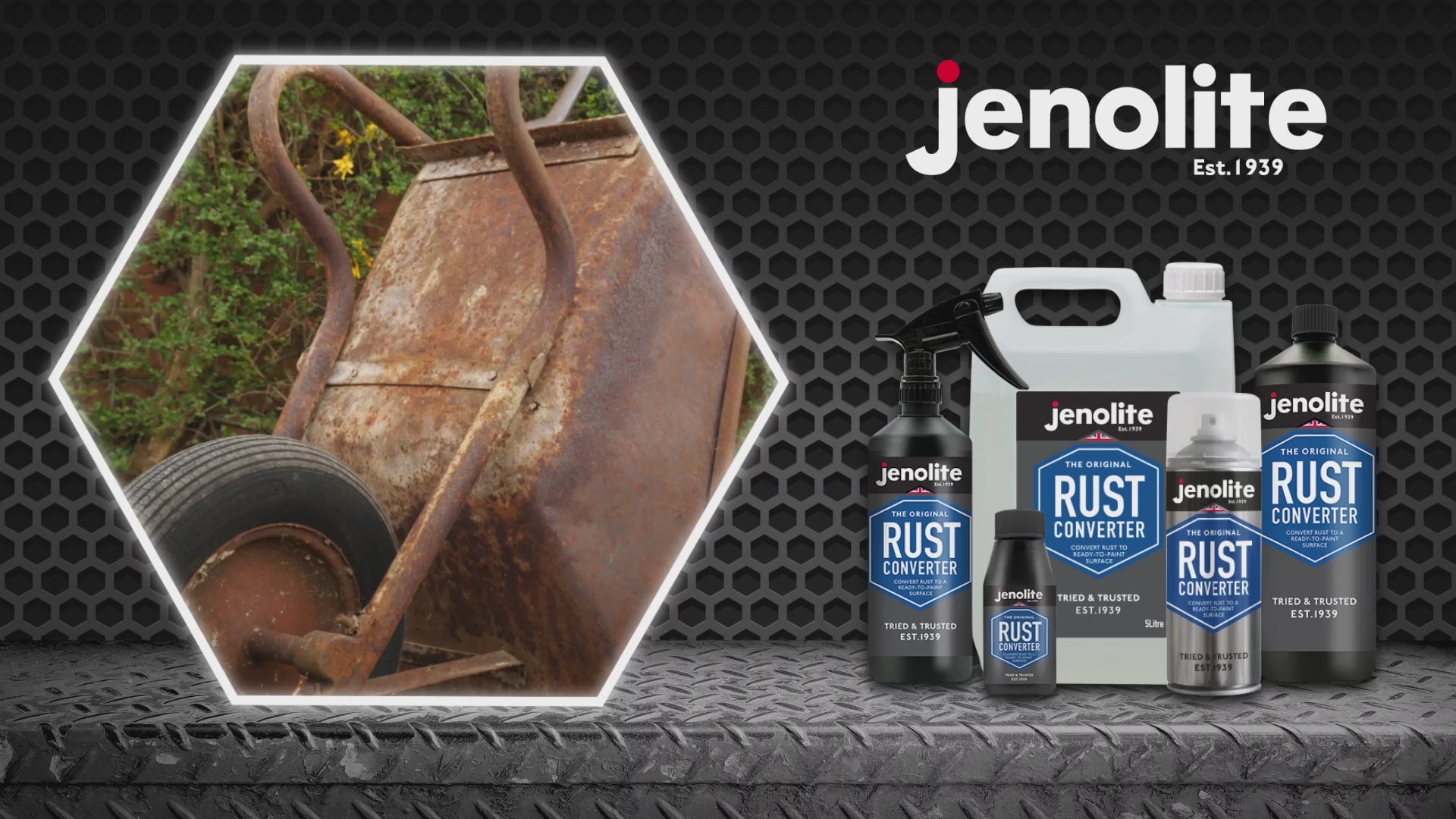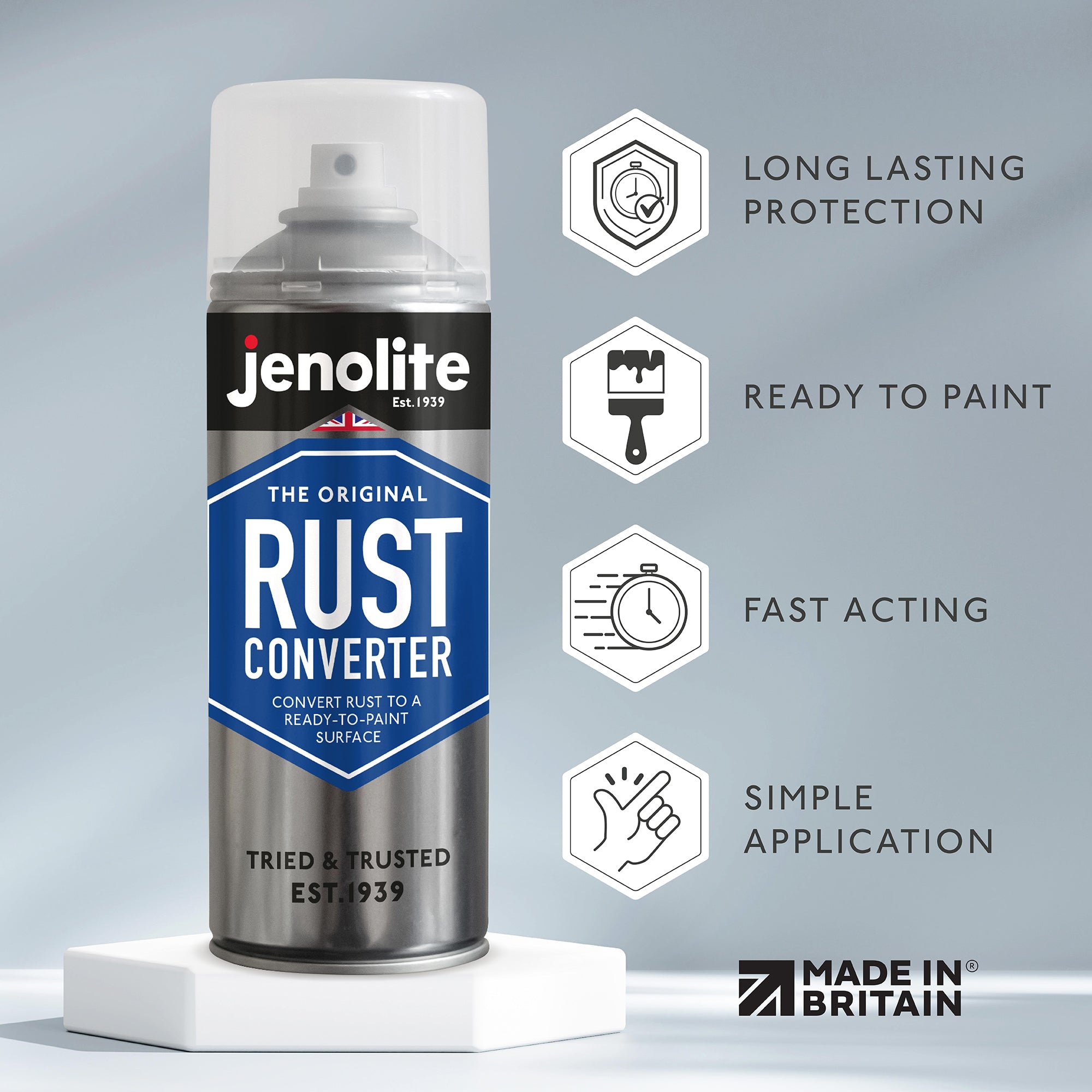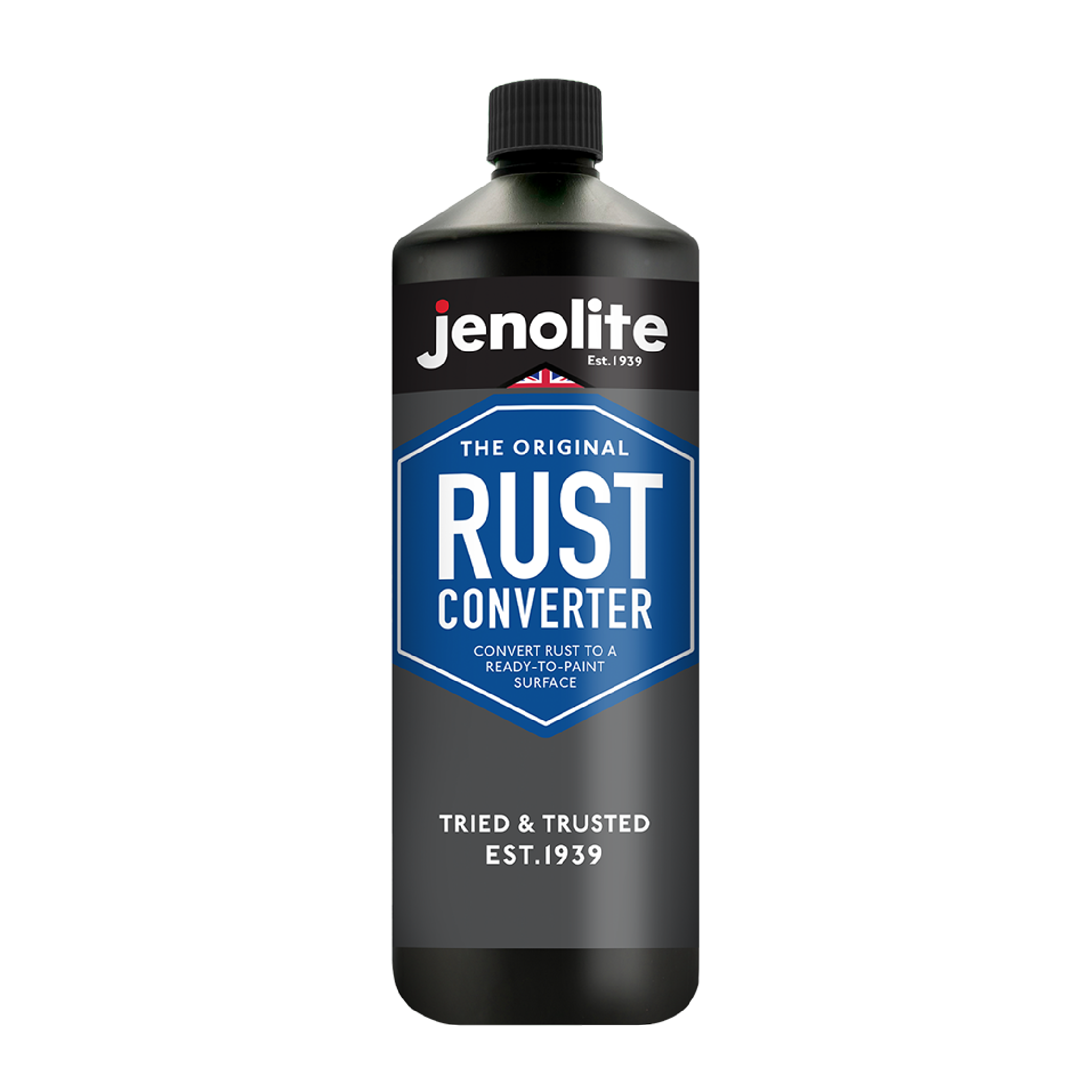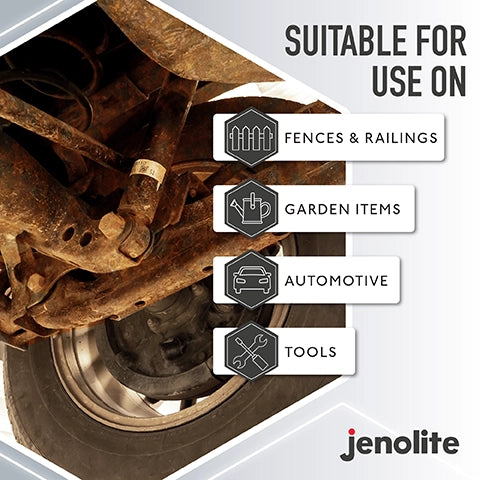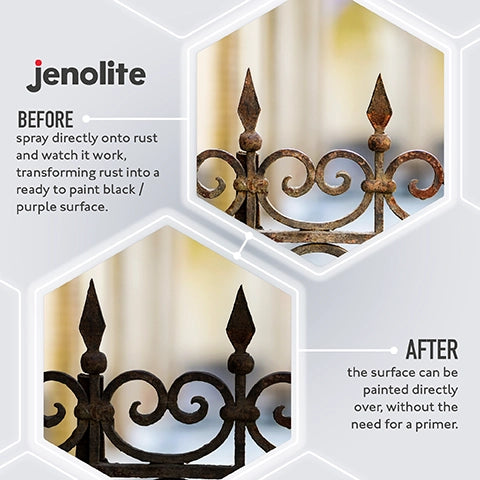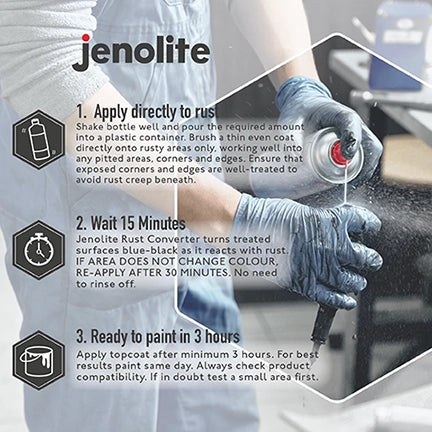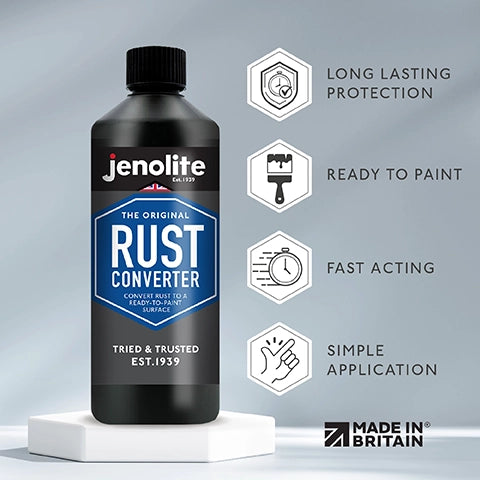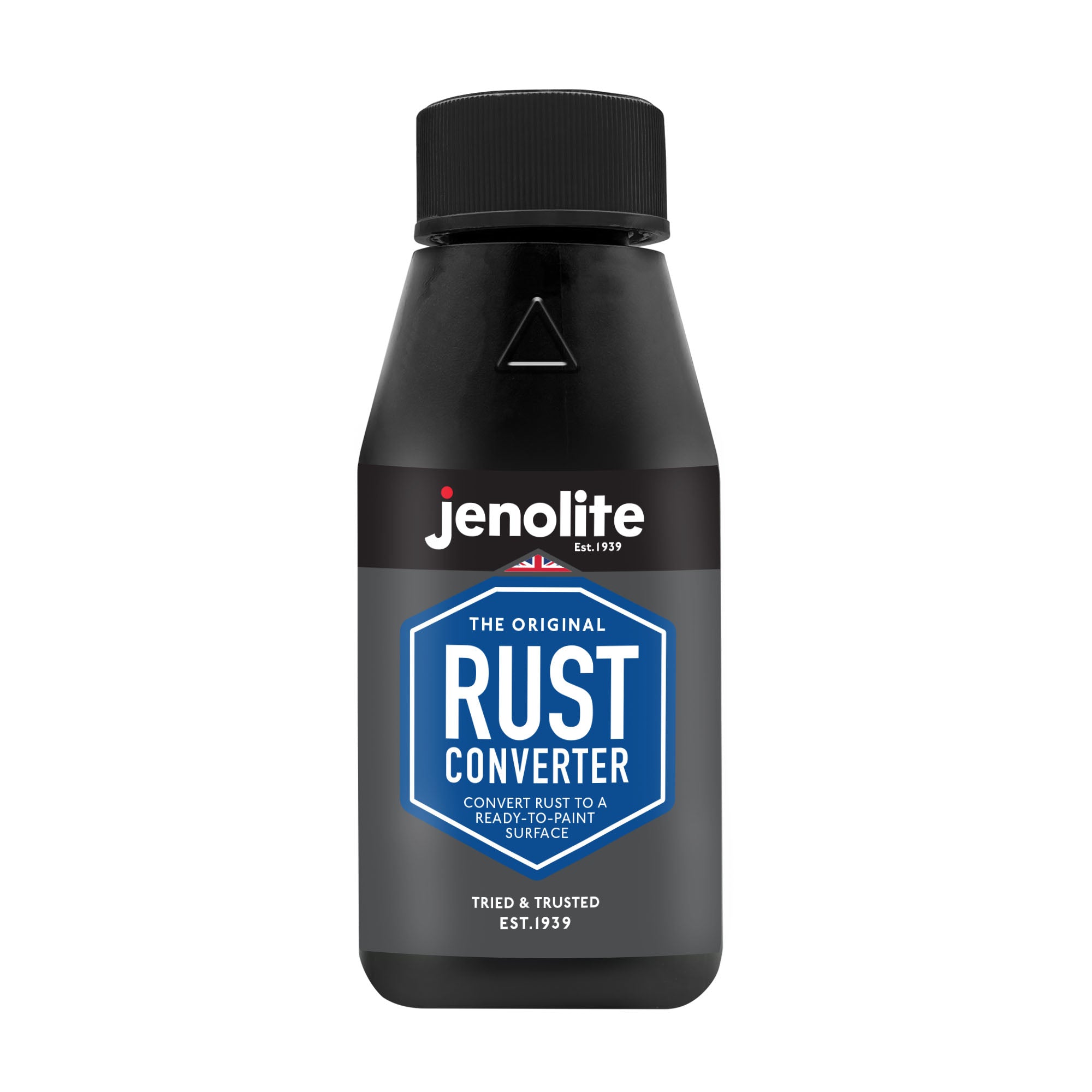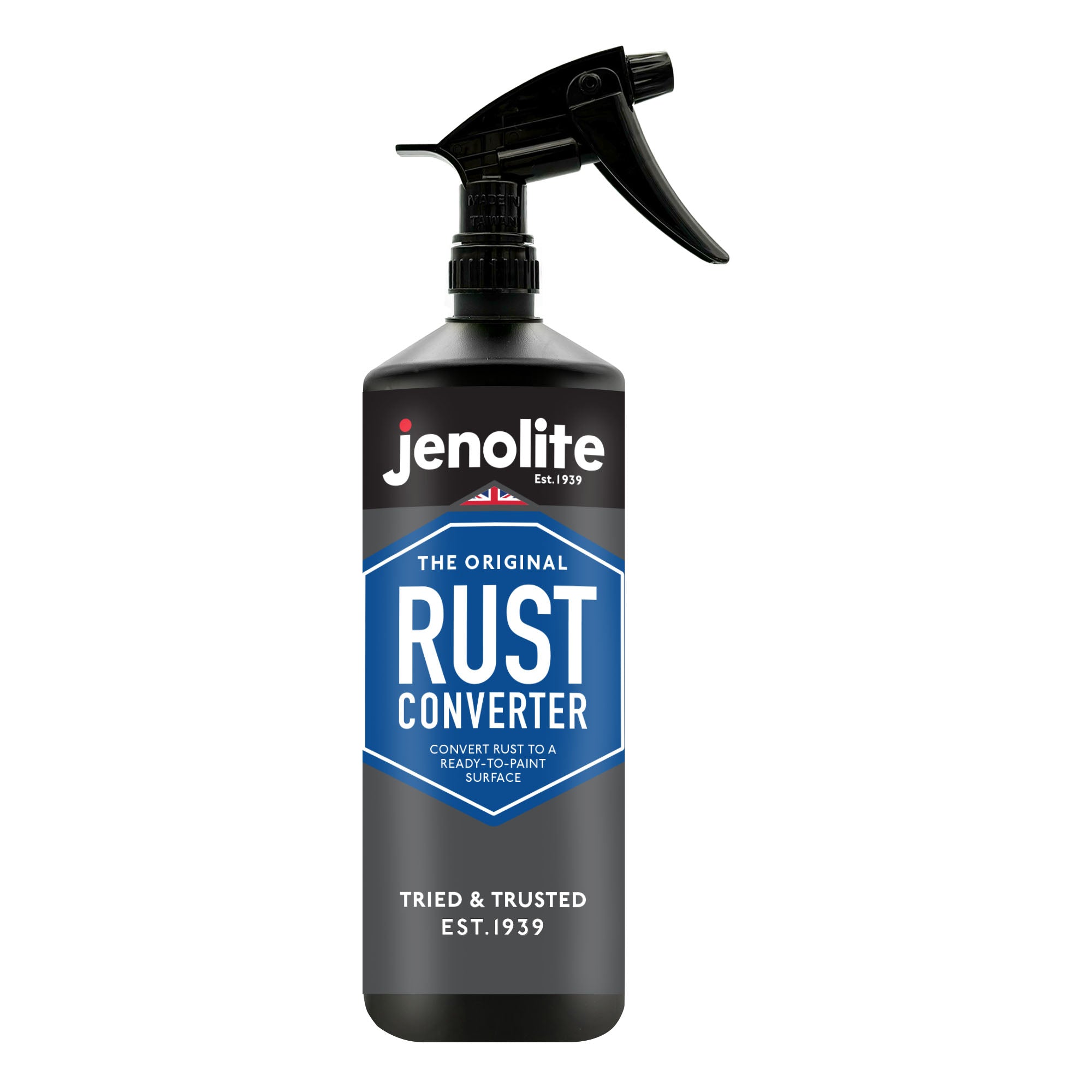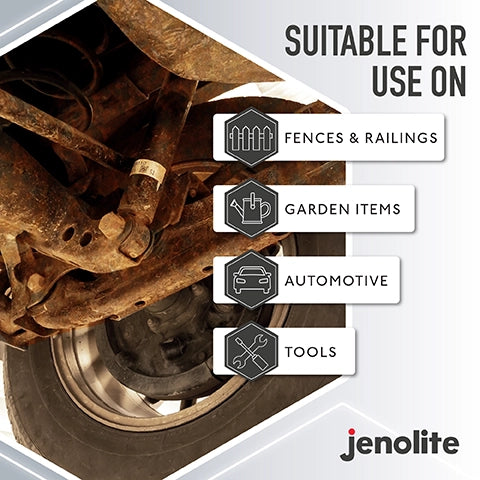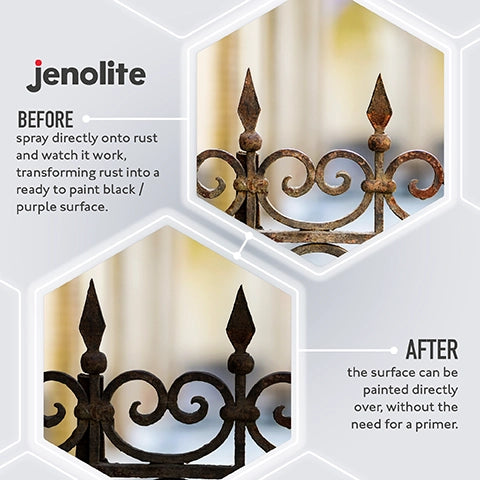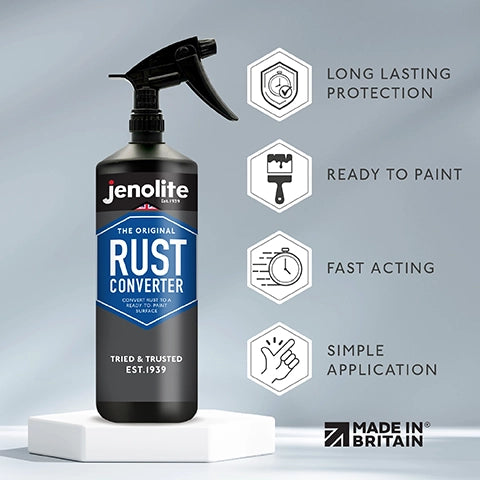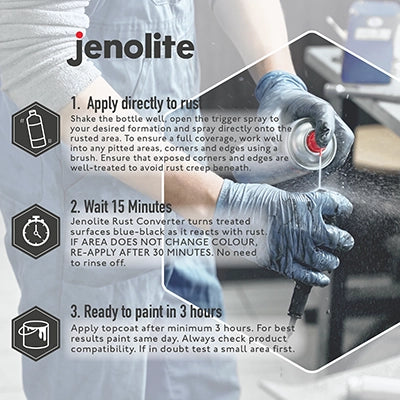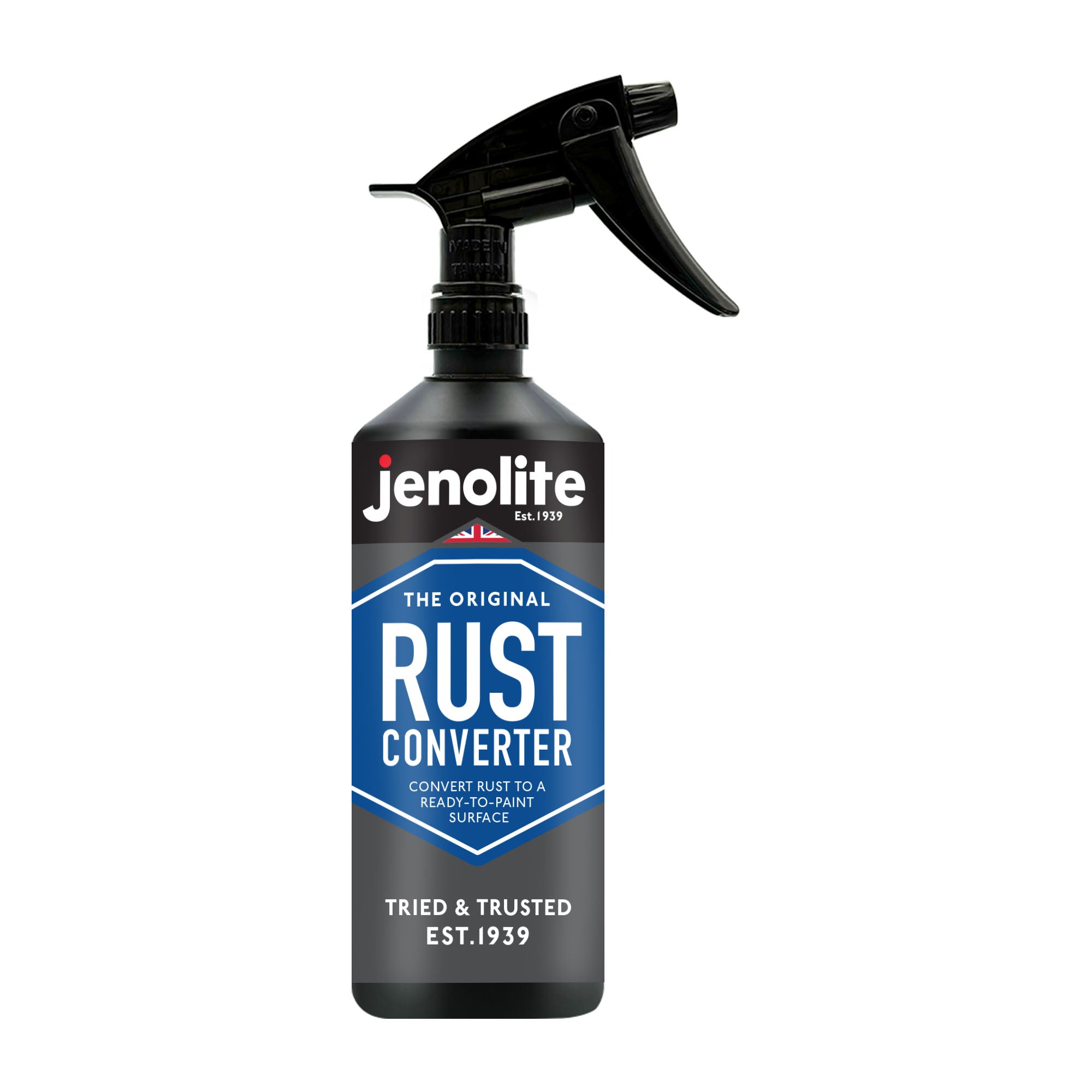When rust forms on a cast iron pan or a skillet, it can completely ruin it, making it unusable to cook any sort of food in. This often happens because the pan or skillet has either not been fully cleaned properly after being used and there is dirt or grease on it, or it has been left to sit in a dishwasher or bowl of hot water for too long. Both of these things can lead to rust forming, but don’t worry, because in this blog post, we’re going to be walking you through how to clean a rusty iron pan, and get rust off a cast iron skillet.
1. Clean Your Rusty Iron Pan
The first step is easy, and it is to just give your iron pan or skillet a good, thorough clean with a bucket of hot, soapy water and a cloth, to remove and excess dirt, grease or scraps of food. Once you have fully and properly cleaned the pan or skillet, it needs to be thoroughly dried, making sure every part of it is completely bone dry. This is because the chemicals we will be using to clean the pan will not work well with any water present.
The next step in rust removal will be to sort yourself out with some protective gear, to make sure you are keeping yourself safe against any of the chemicals we will be using to remove the rust. We recommend some rubber gloves and protective glasses, as these will protect the main areas that could be affected by the chemicals. If you are particularly sensitive to cleaning products/chemicals, then have a look at Jenolite’s non-toxic rust removers, as these have been manufactured specifically for this purpose.
2. Remove rust from the iron pan or skillet
Now you are protected, you will need to take an old cloth and give any big bits of rust you can see on the iron pan or skillet a firm rub, to try and dislodge them to make them easier to remove.
The next step is to apply some of Jenolite’s rust remover gel to the pan using a brush, making sure to cover any areas you can see affected by rust. Tip the required amount of jelly into a plastic container, and then work it into the rust with a brush every five minutes, adding more if required. You will also need to be quite generous with the amount of jelly you are using, otherwise you may not get rid of all the rust. Continue this process until all of the visible rust has turned dark grey in colour, and then wipe the surface dry with a clean, lint-free cloth.
To make sure all of the rust has been properly removed from the pan, brush away all of the dark grey residue with a piece of steel wool, as this should remove any particularly hard rust to remove.
Always make sure to wash any brushes or equipment you have used to remove rust in clean water immediately after use, and if there are any splashes on surrounding paintwork, walls or skin, make sure to wash off immediately with water.
3. Preventing rust on your pan or skillet
The last step is focused on rust prevention, and how you can make sure your iron pans and skillets will not rust in the future. Here are our top tips to prevent a rusty pan:
- Don’t put cast iron pans or skillets in the dishwasher, and whenever you wash it (by hand), make sure to dry it off with a tea towel.
- Make sure to clean and wash your pans directly after use, not allowing them to just sit in a bowl of soapy water, as this will cause rust to form.

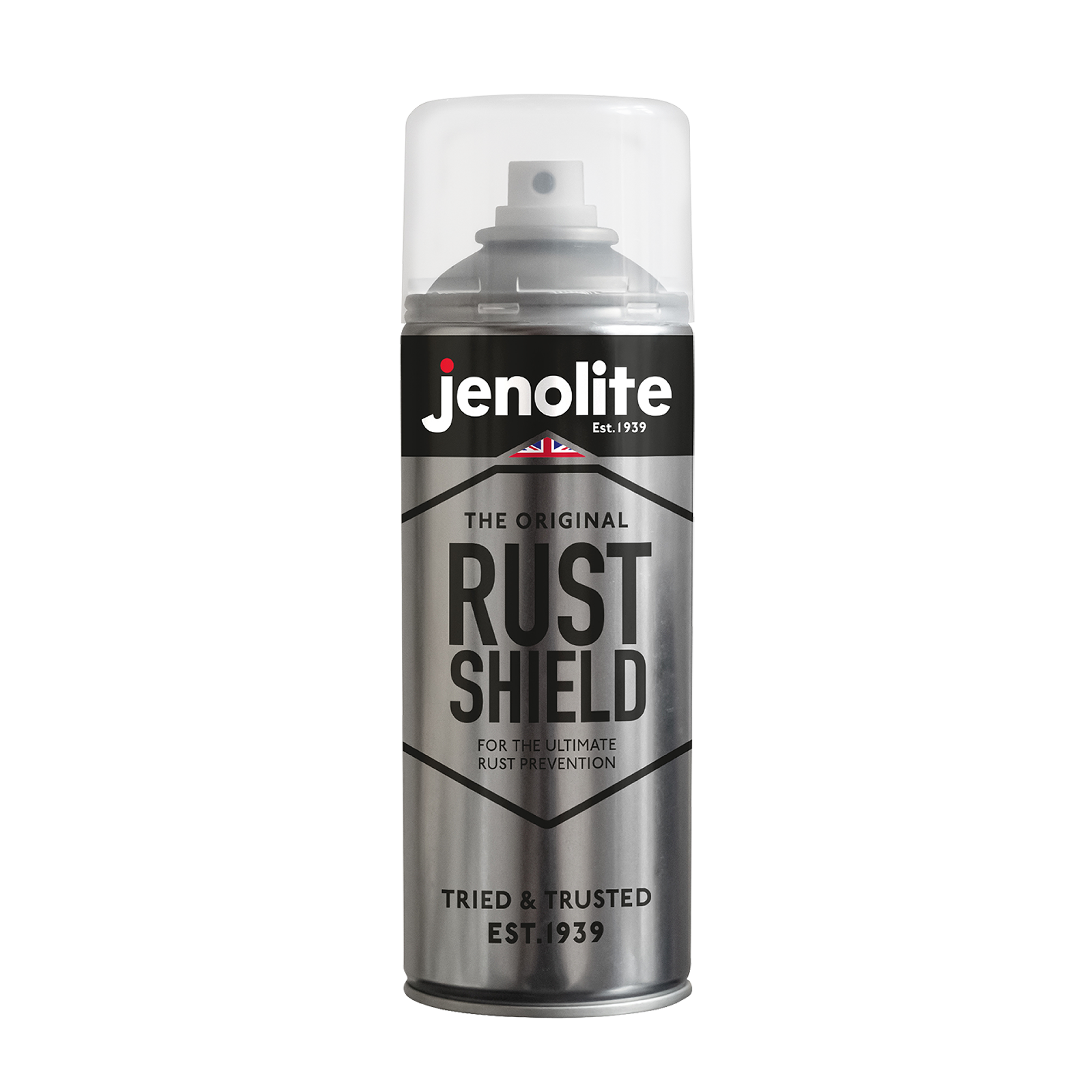
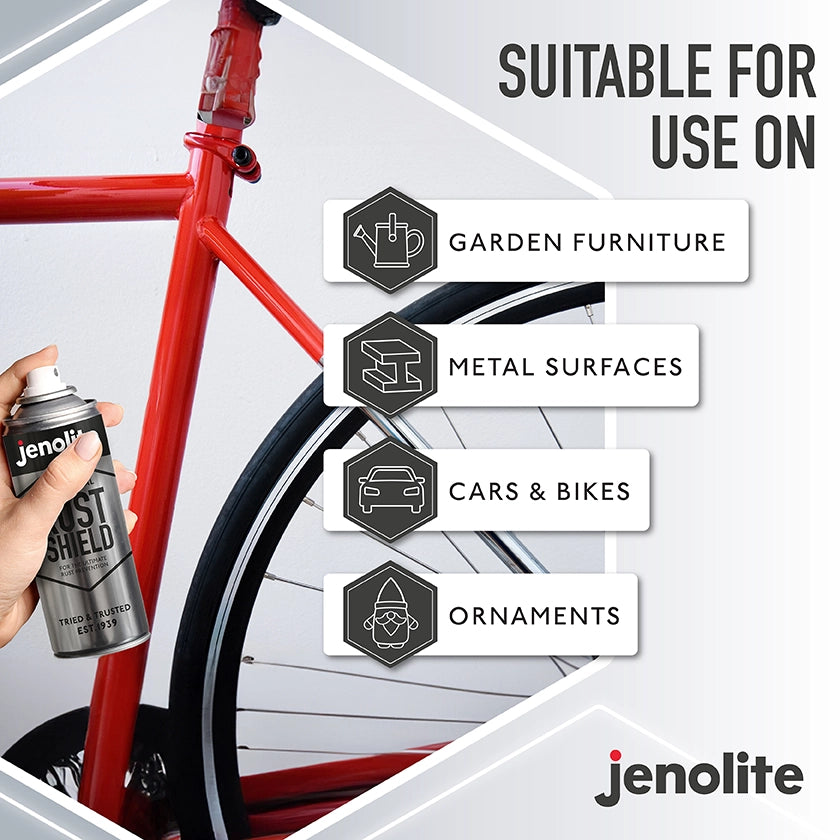
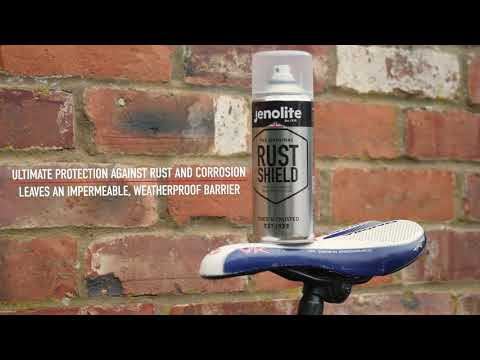
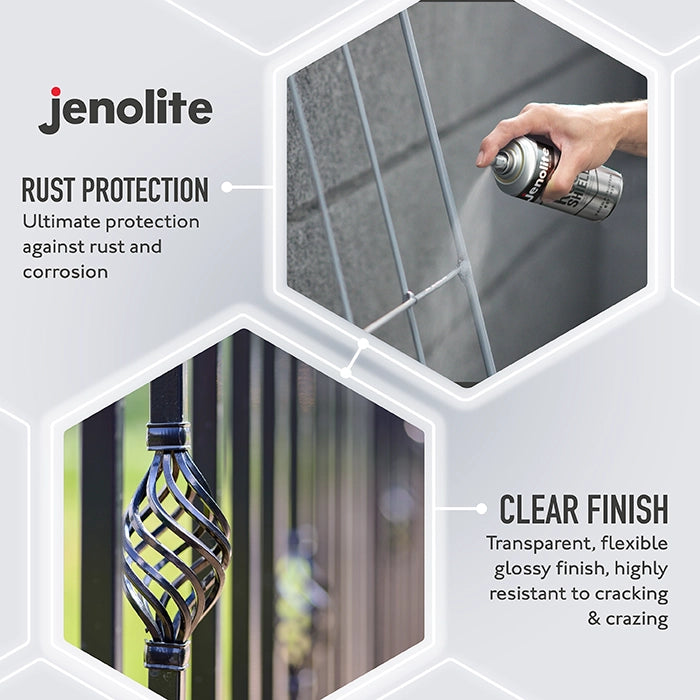
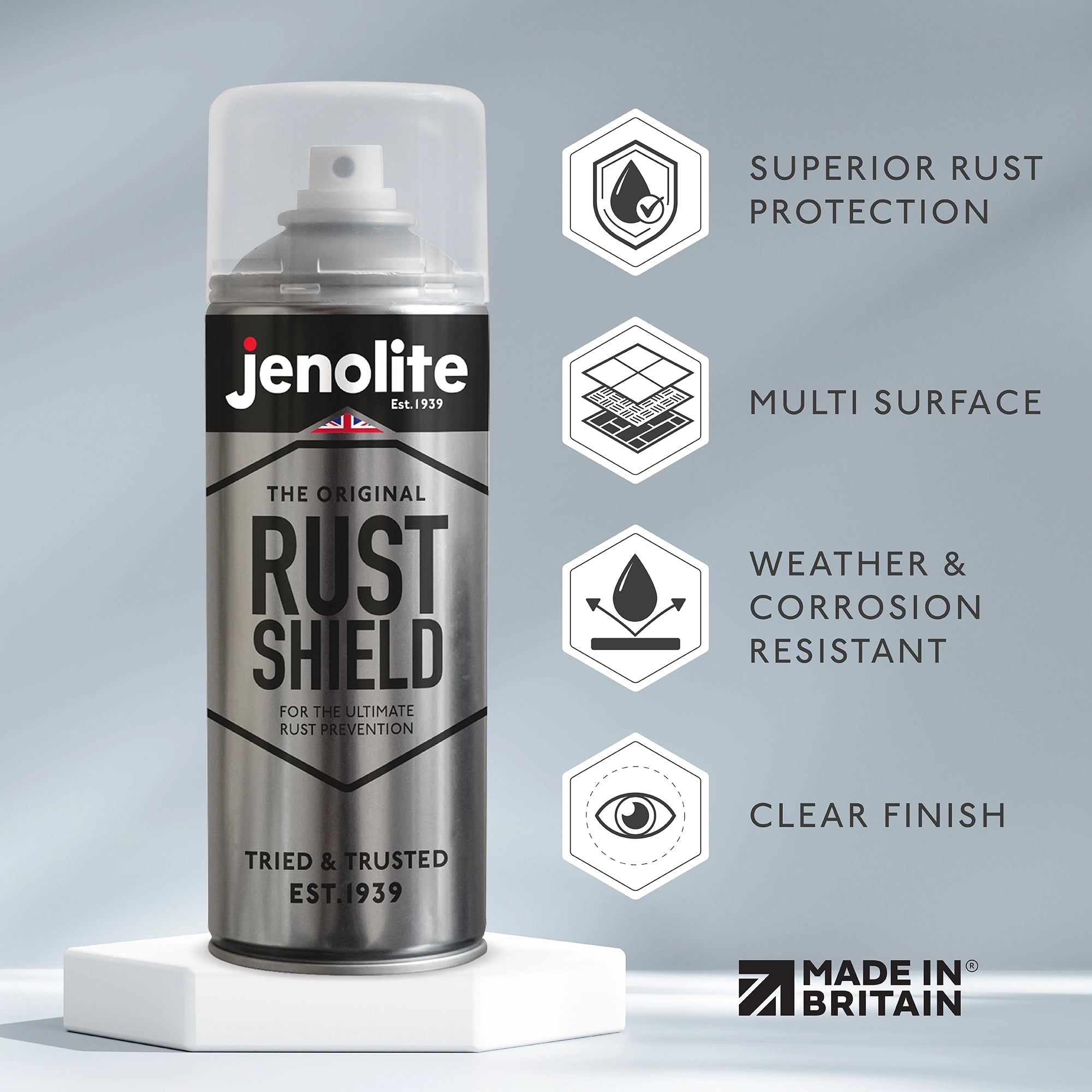
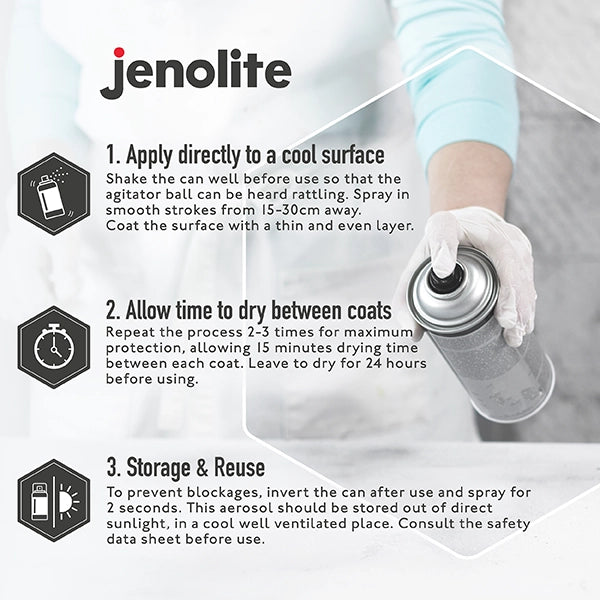
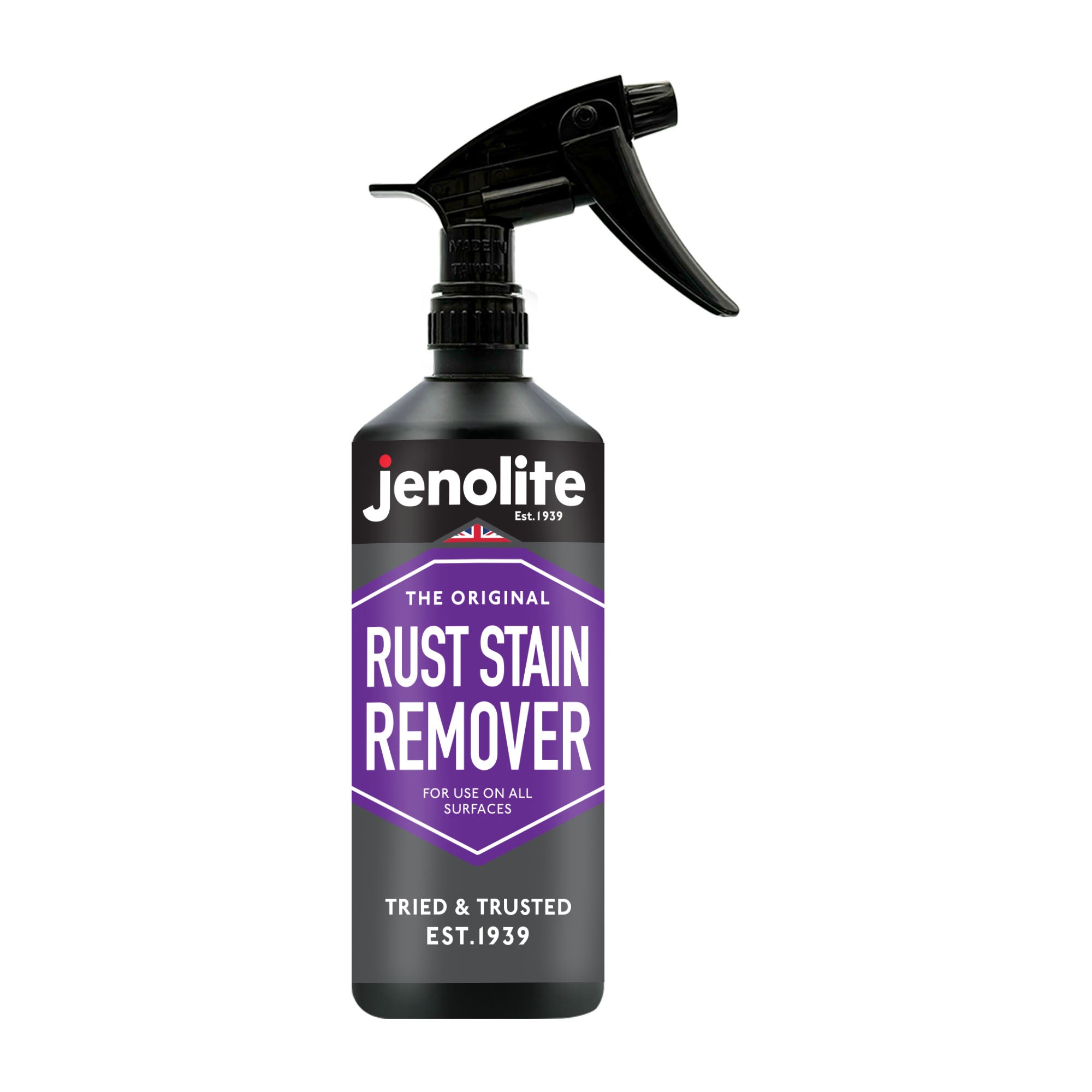
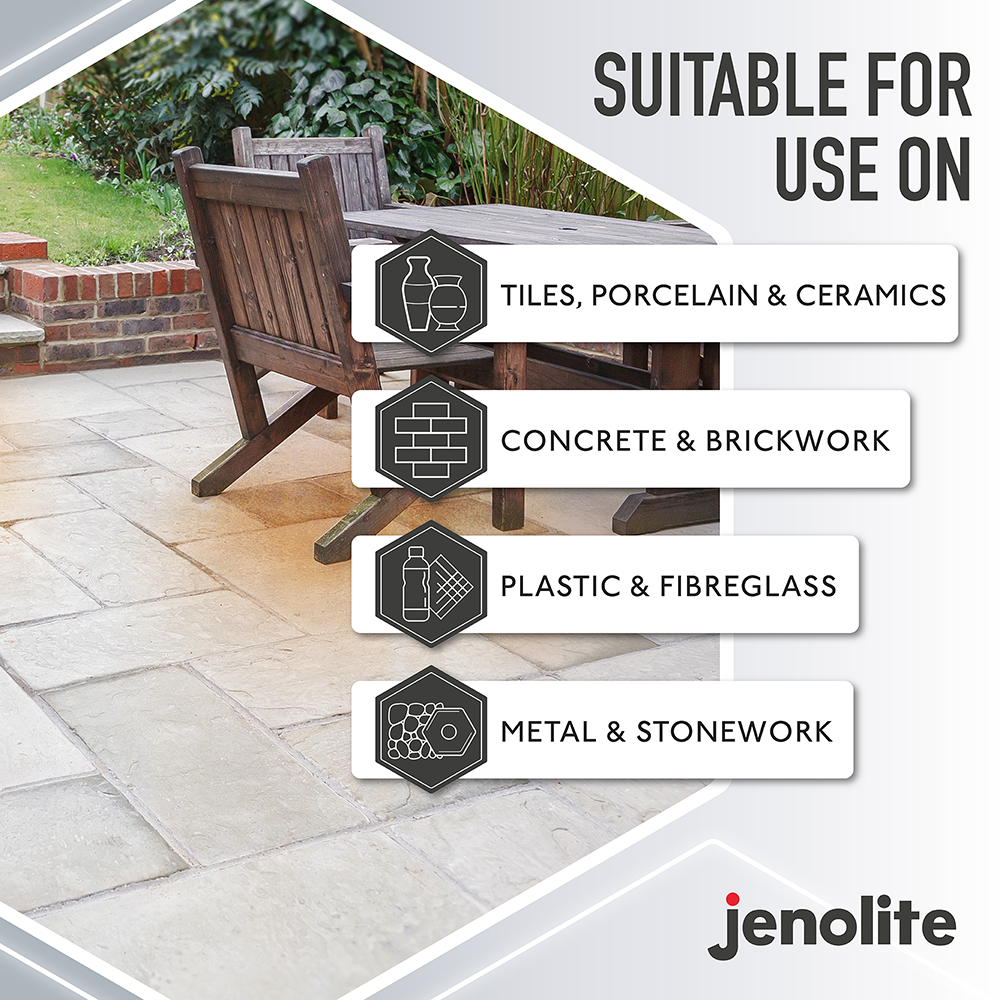
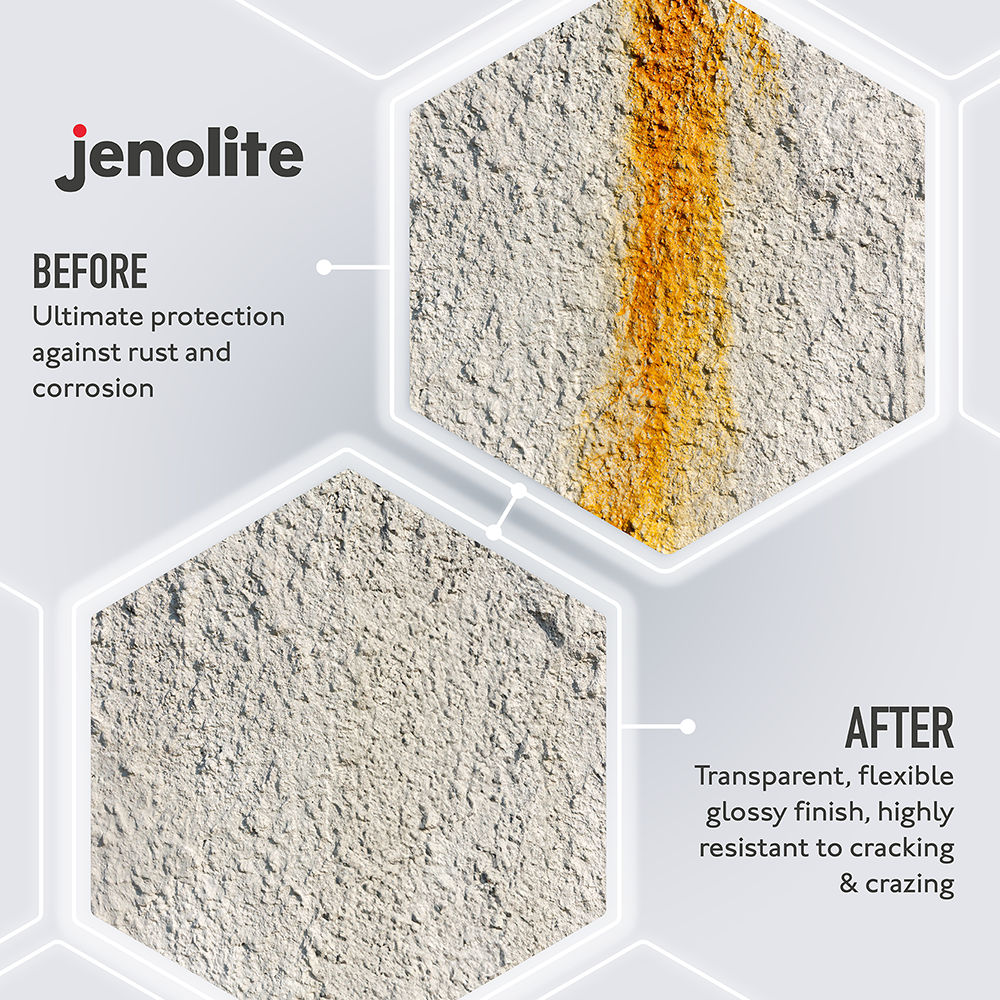
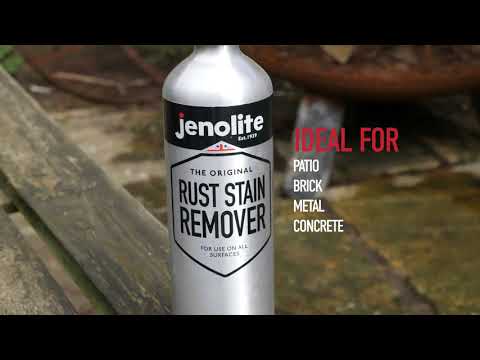
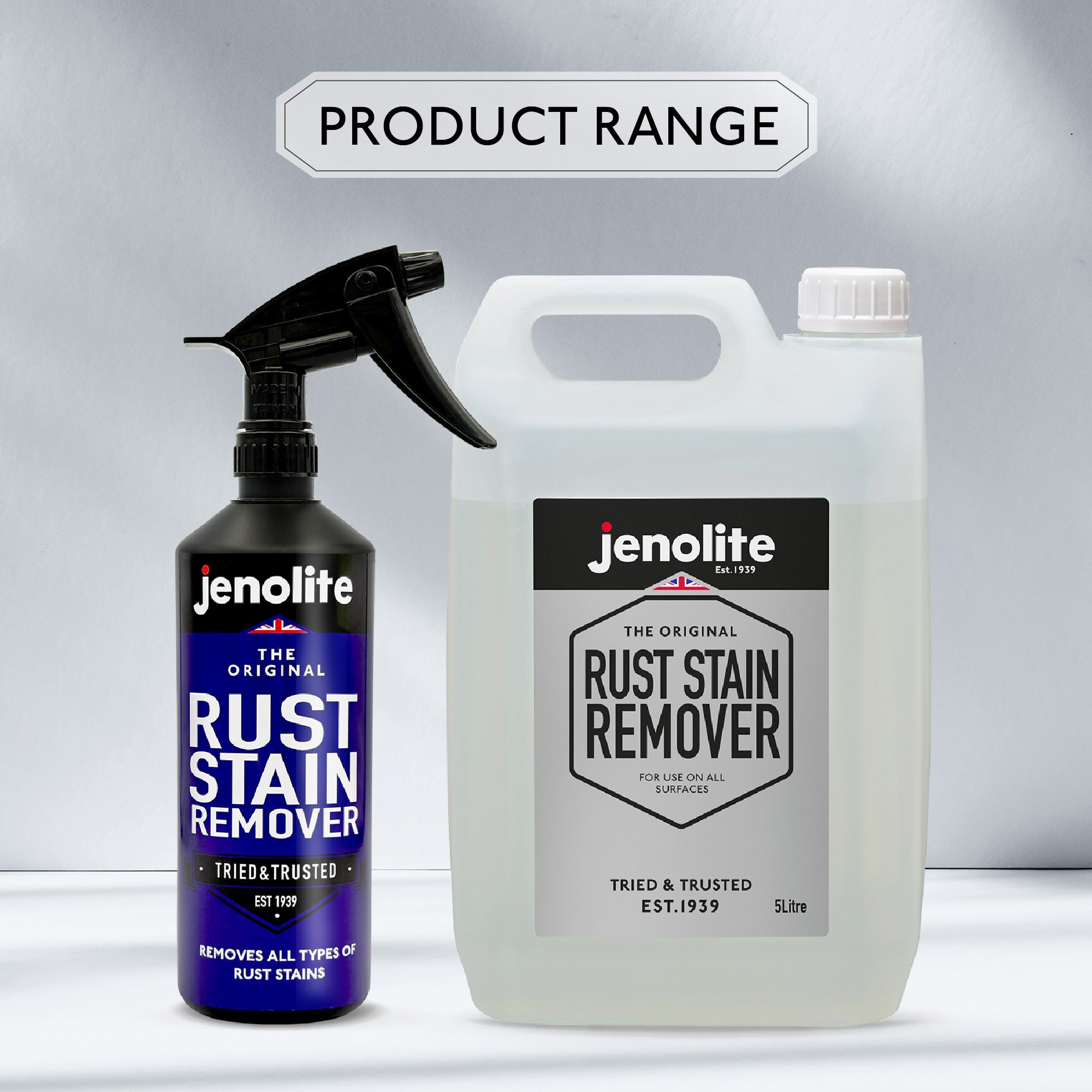
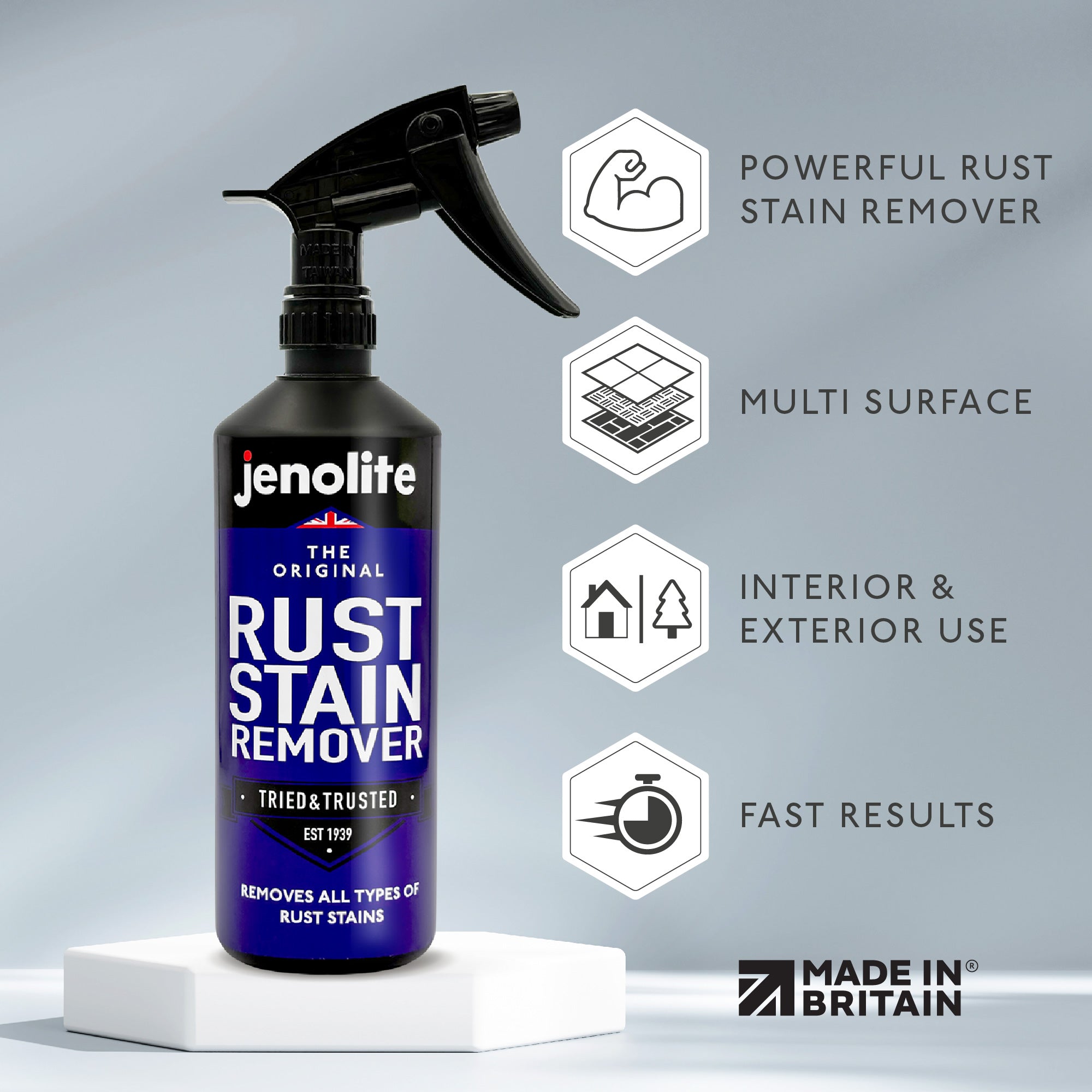






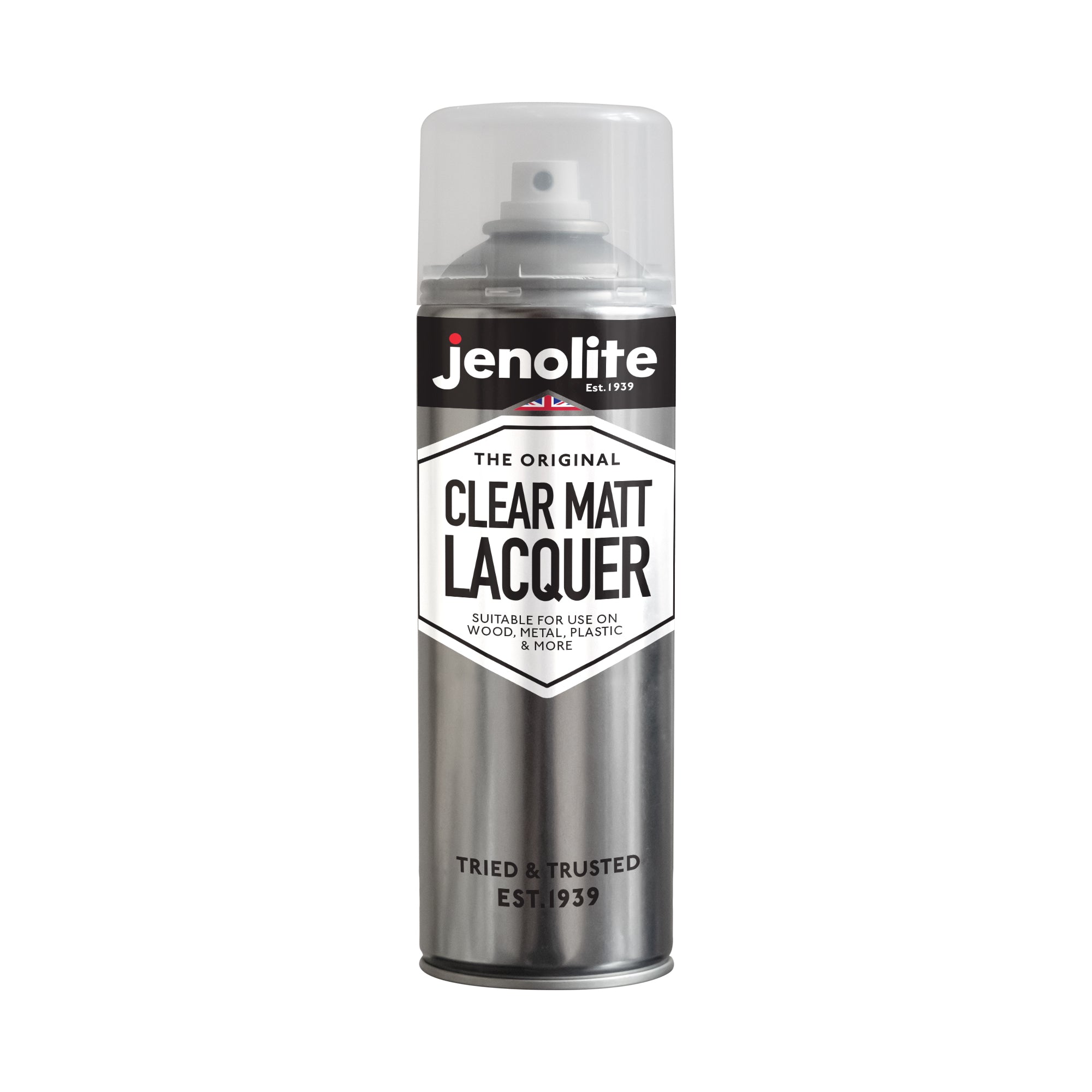
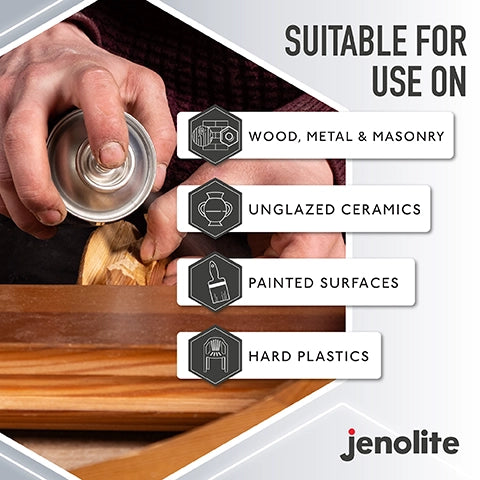
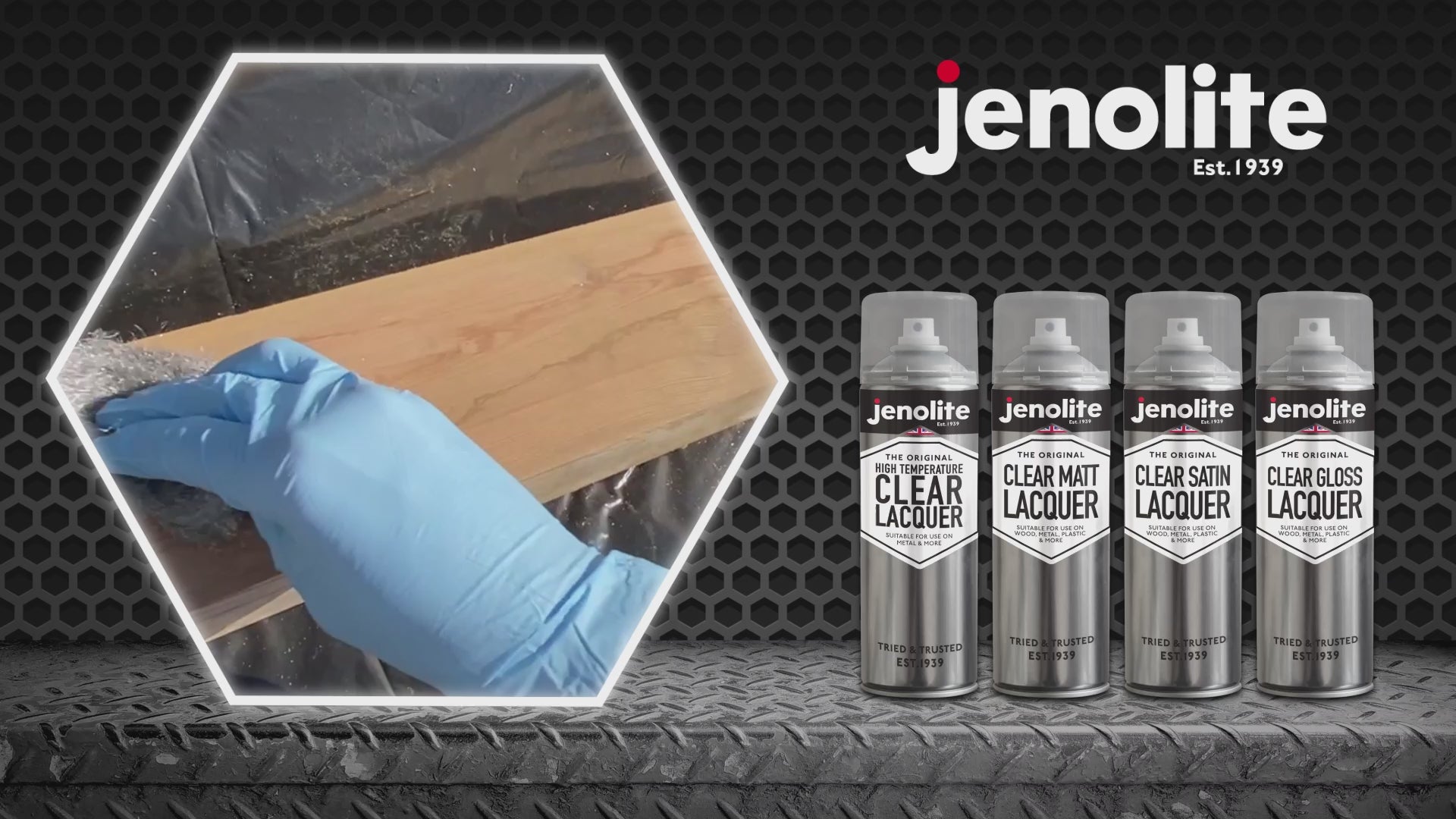
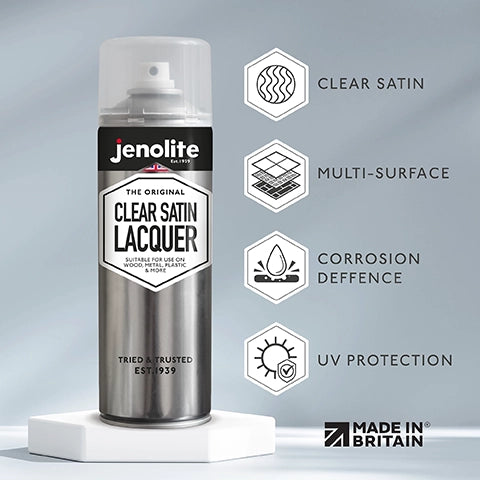
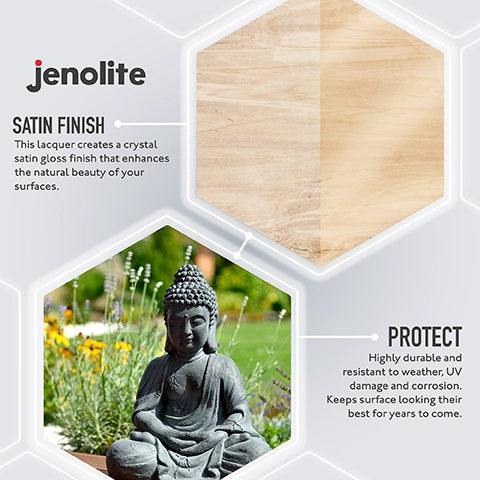
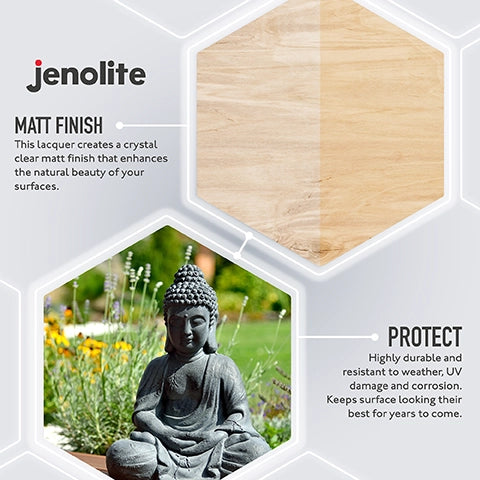
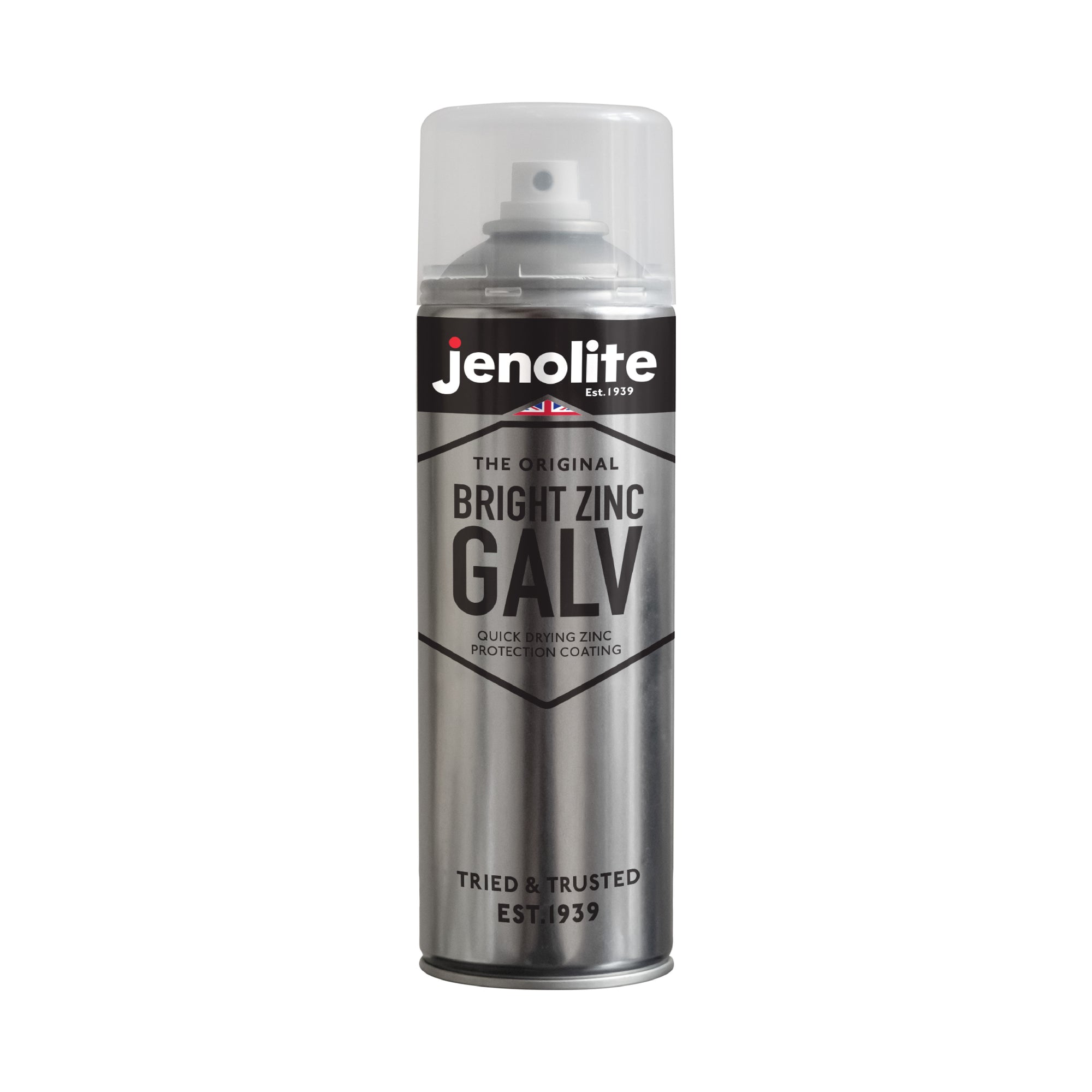
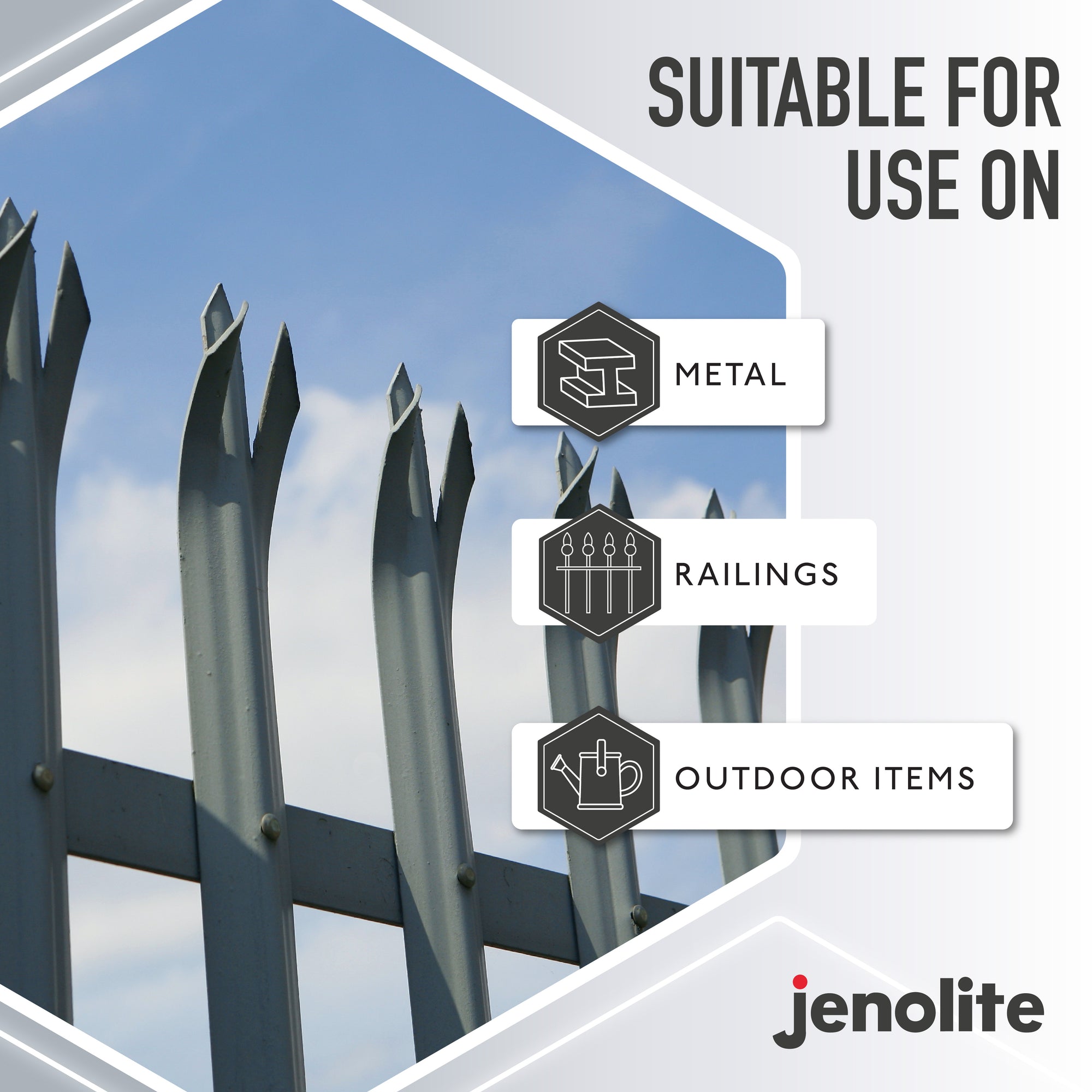
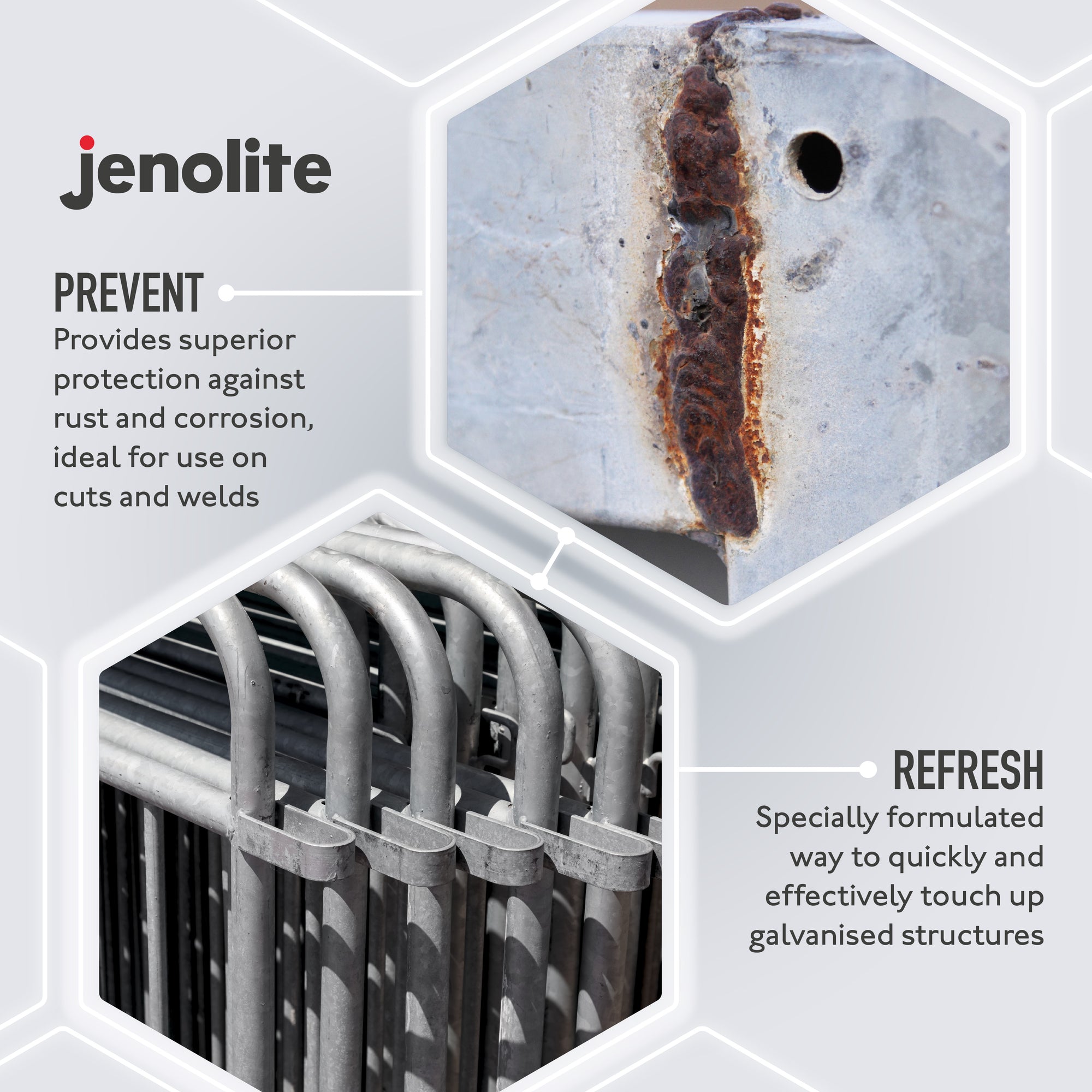
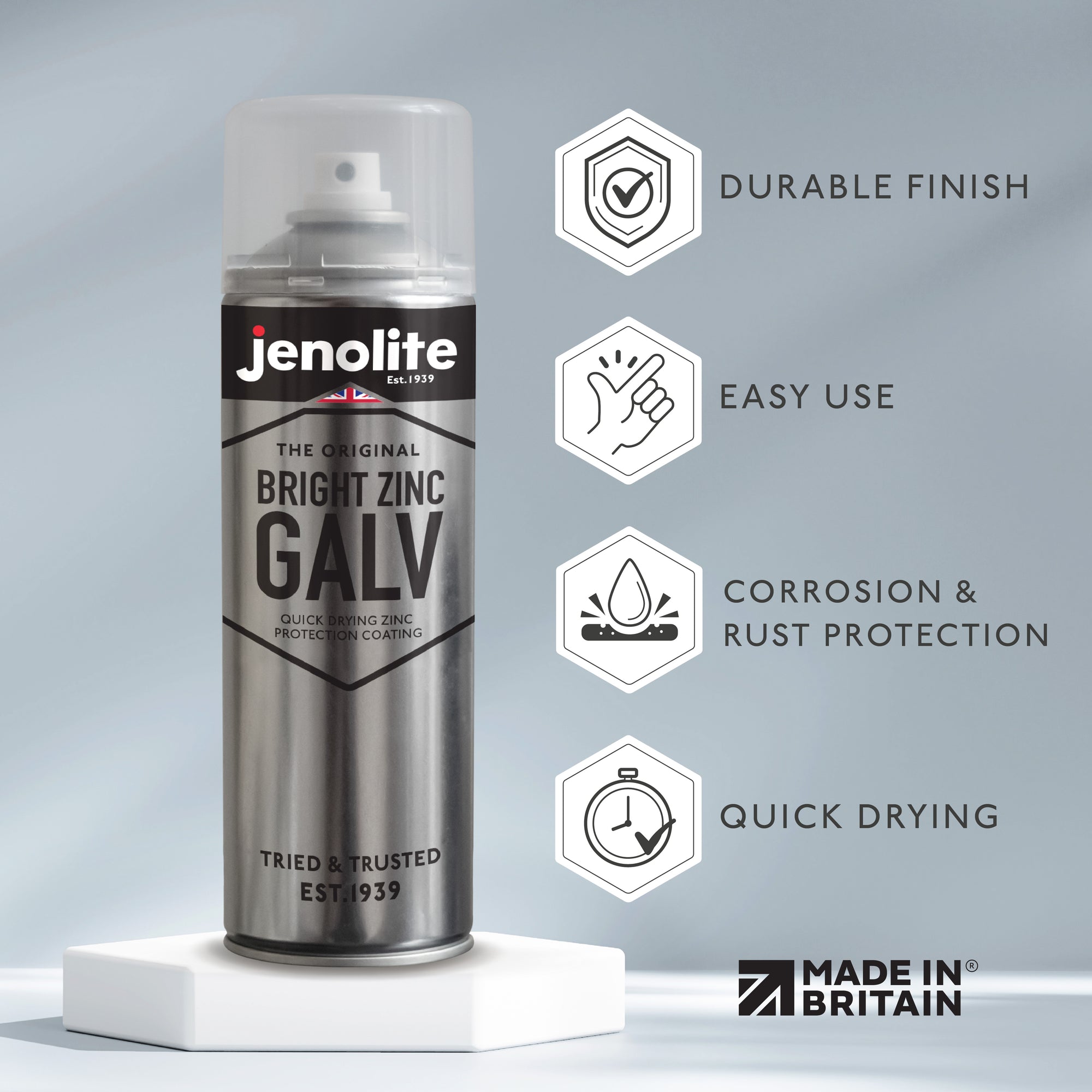
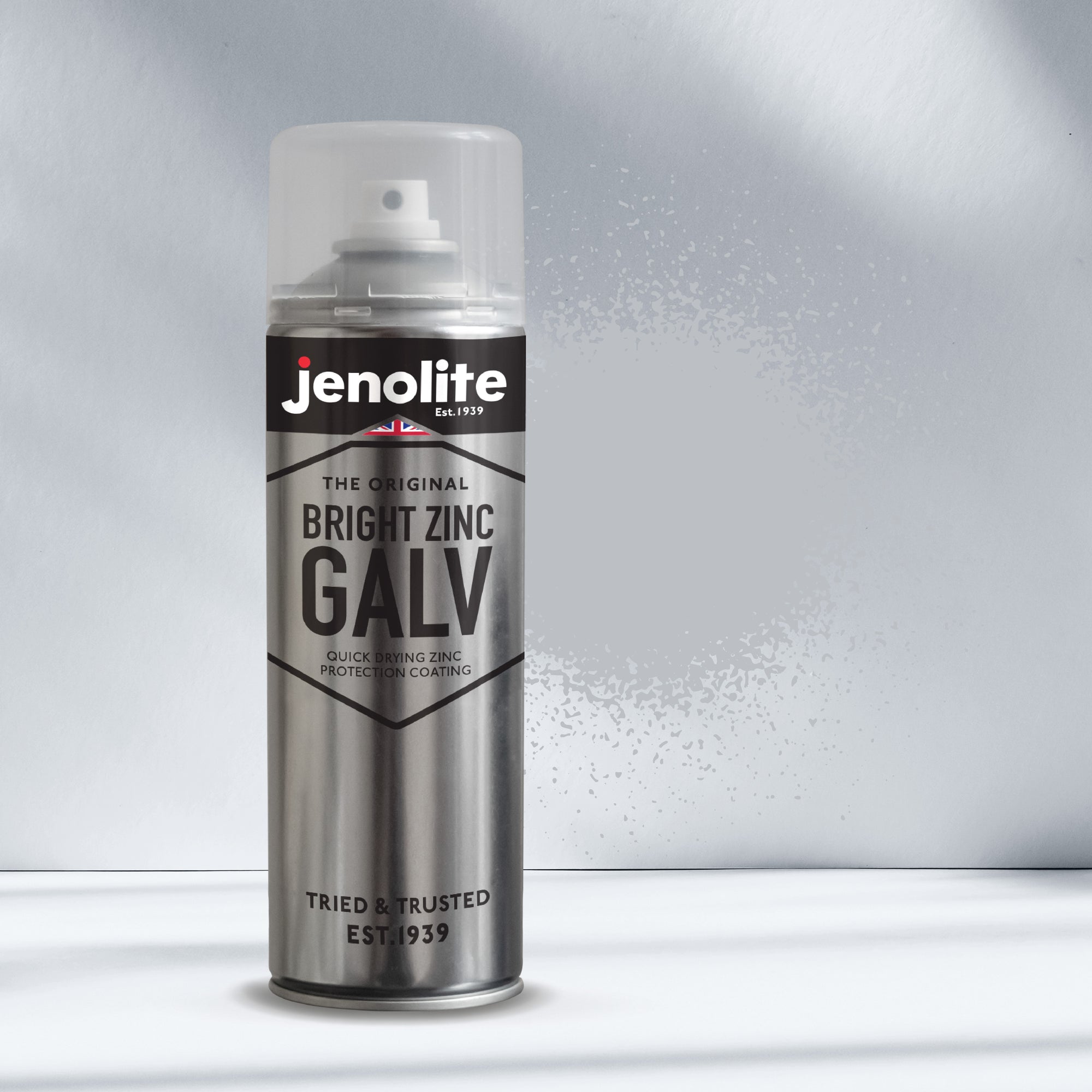
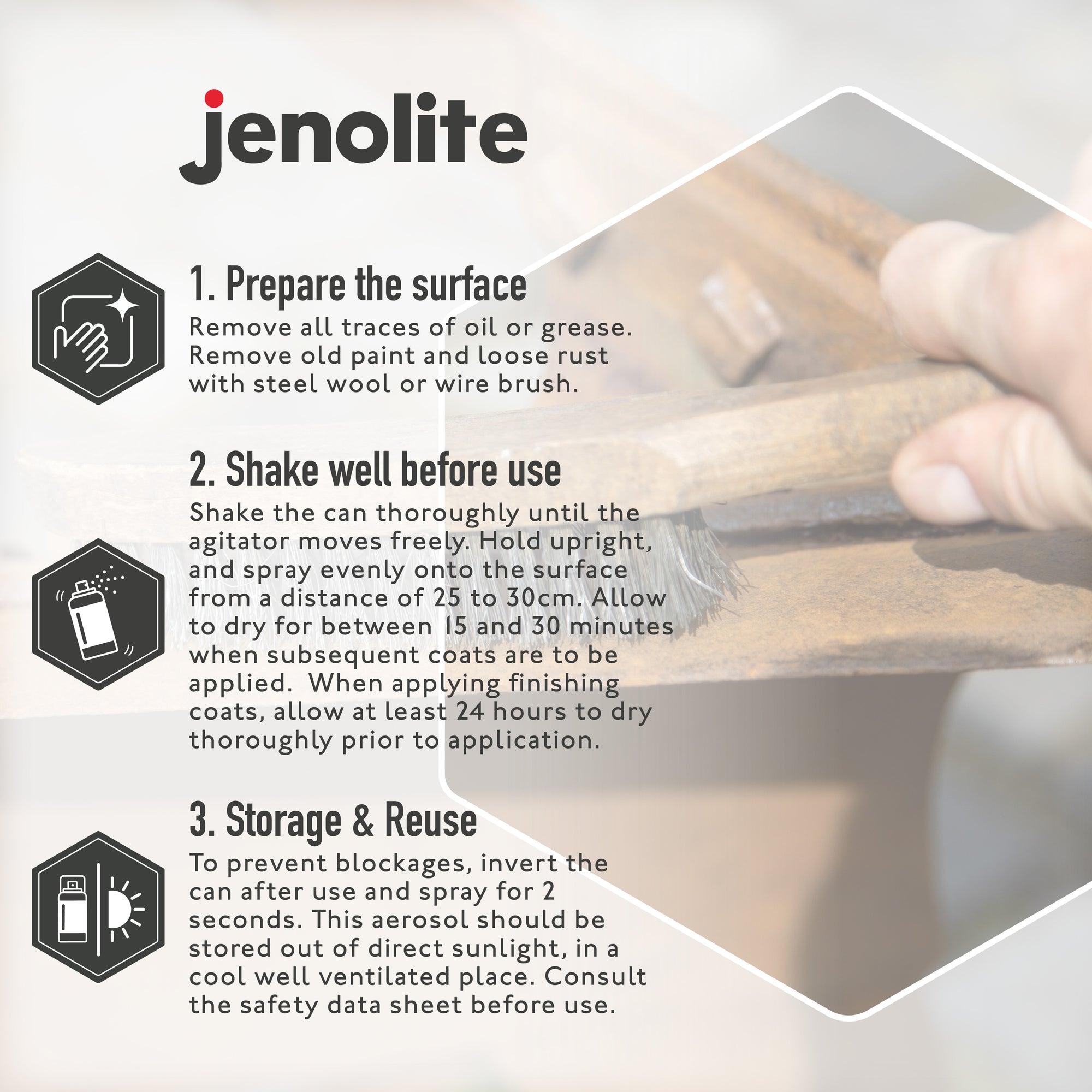
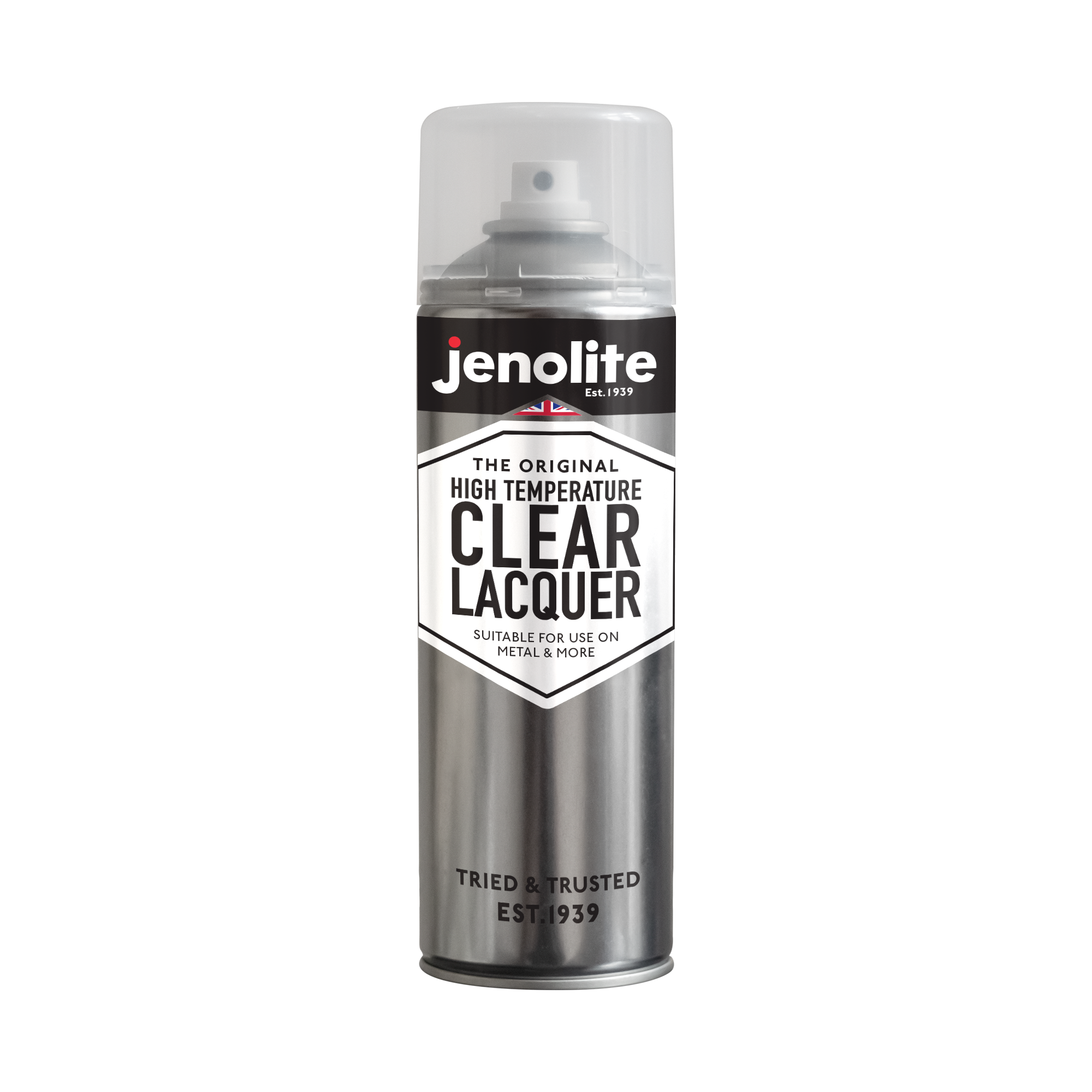
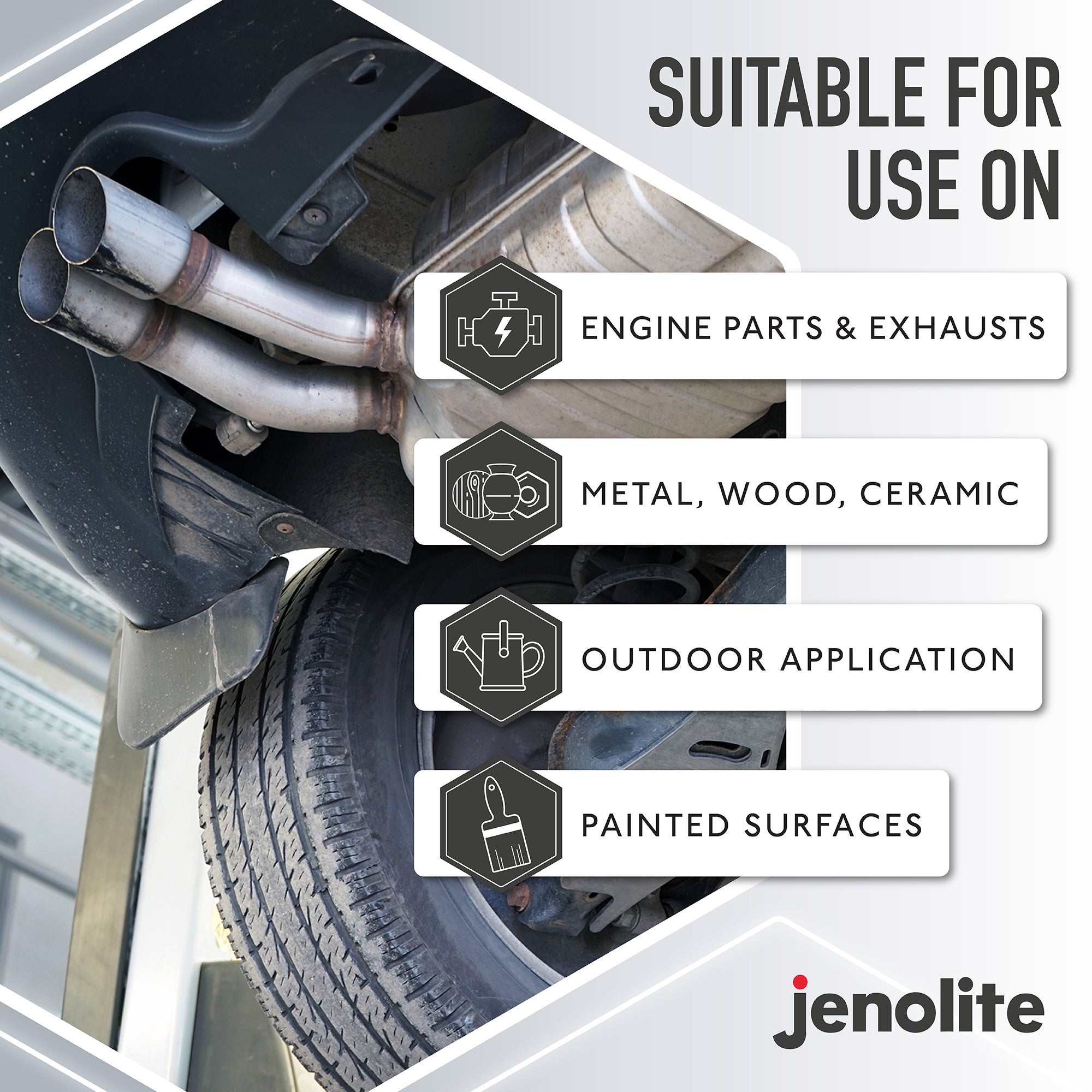
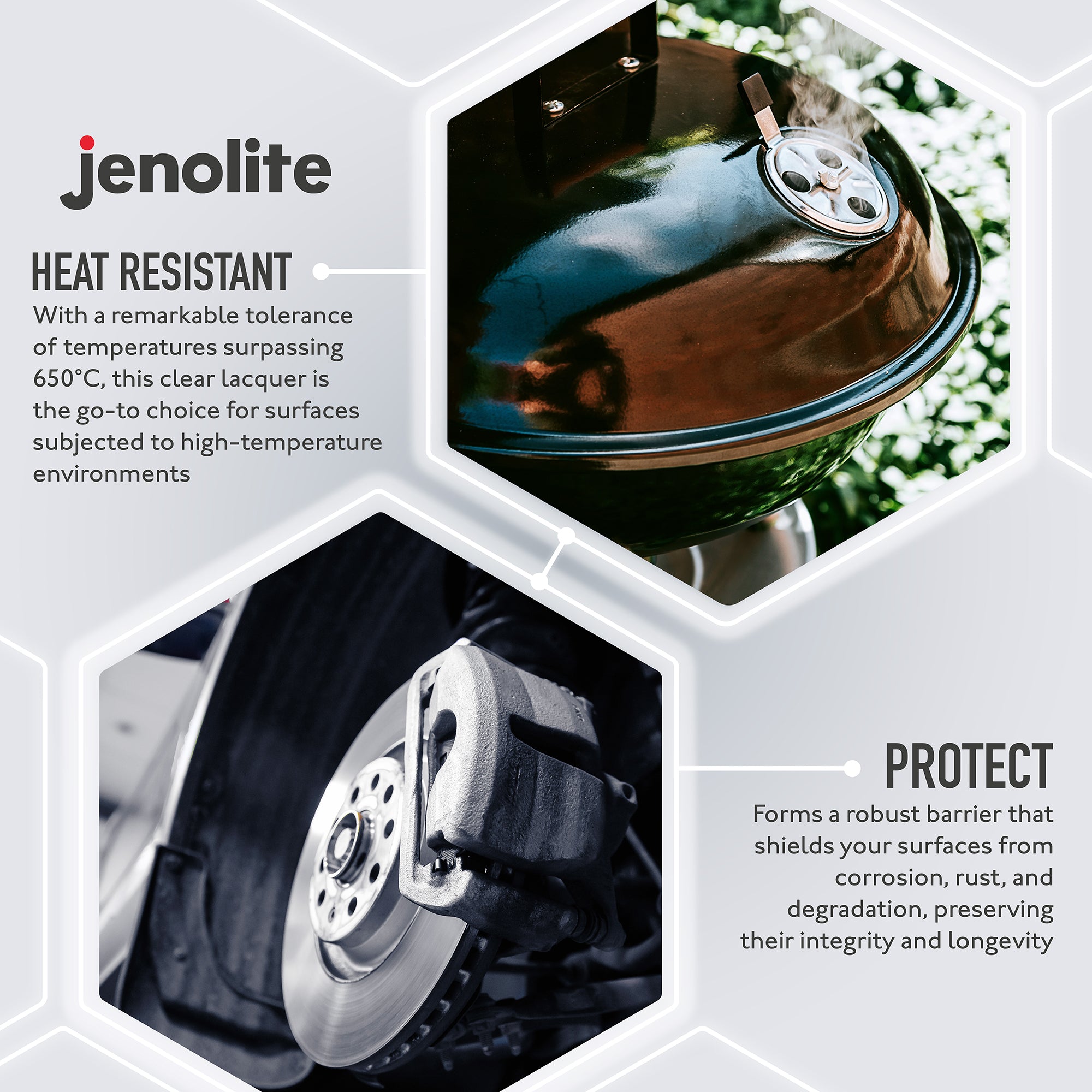
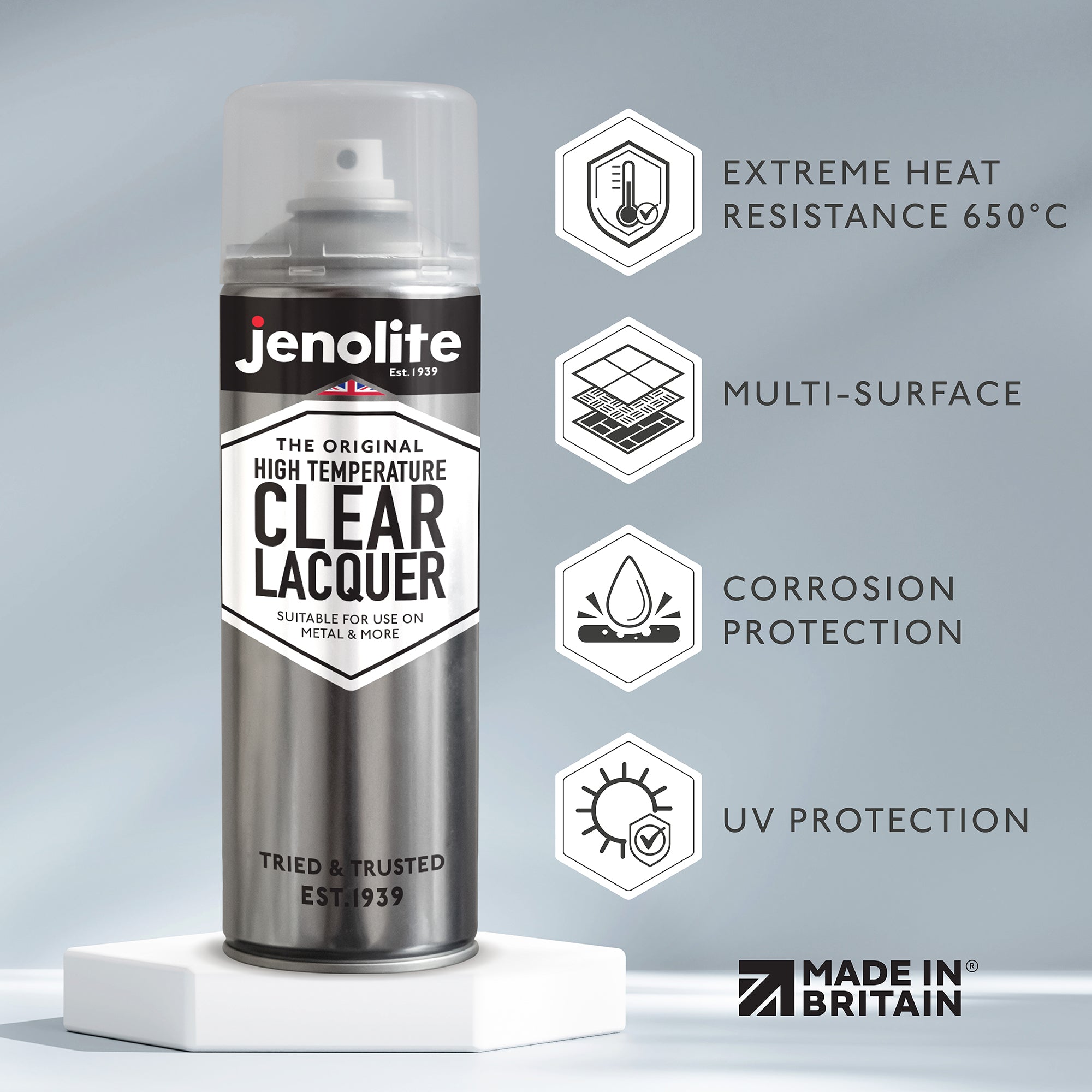
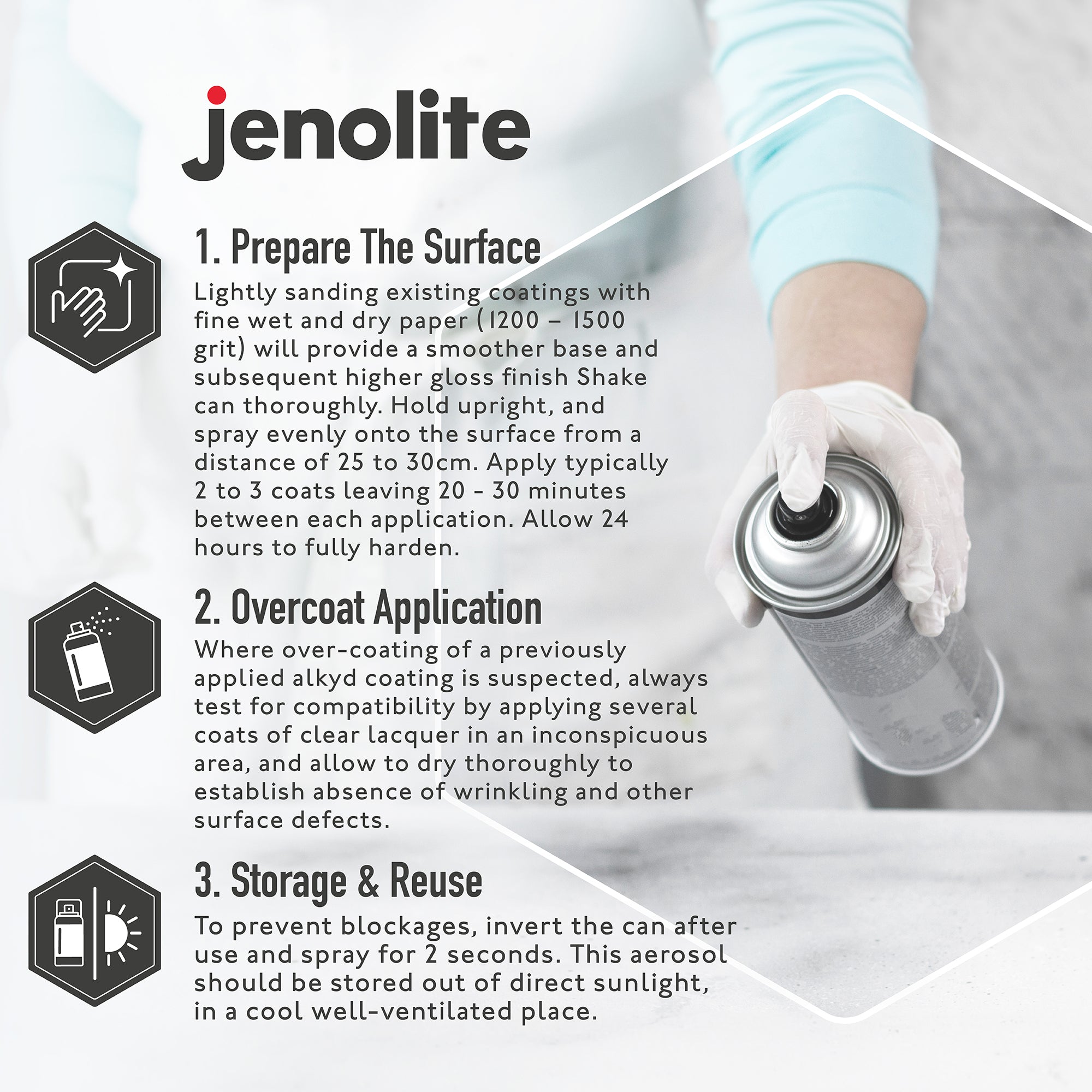
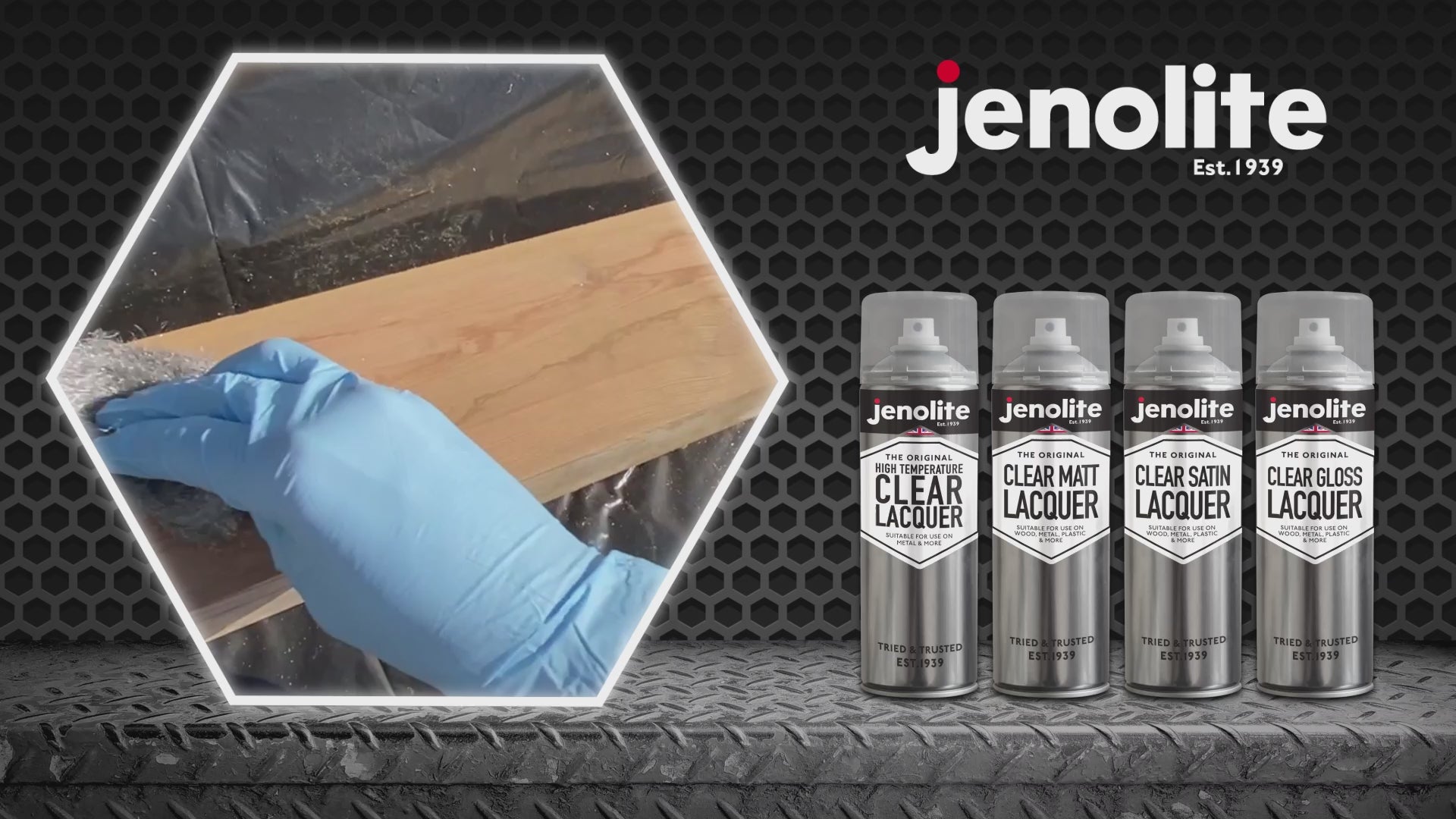
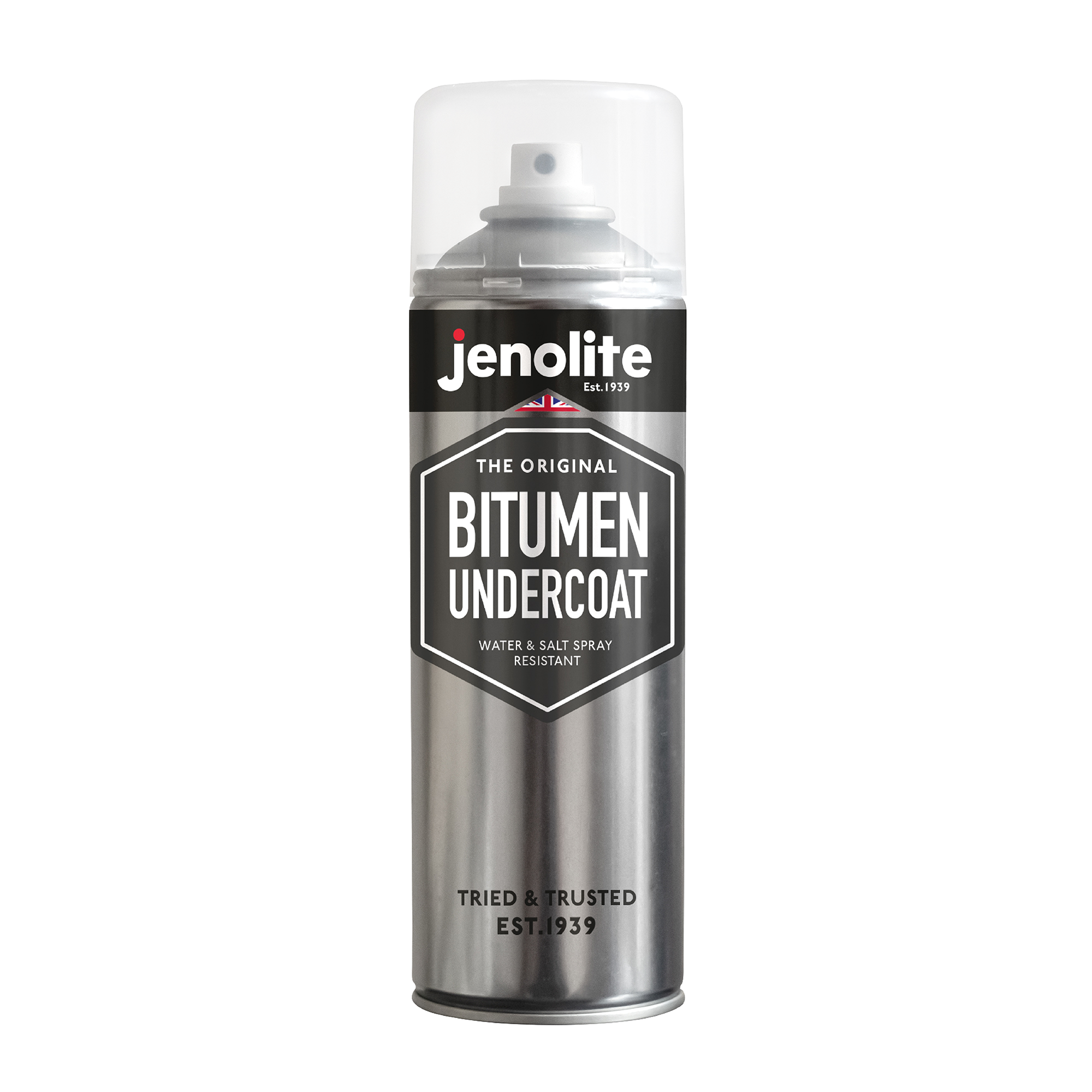
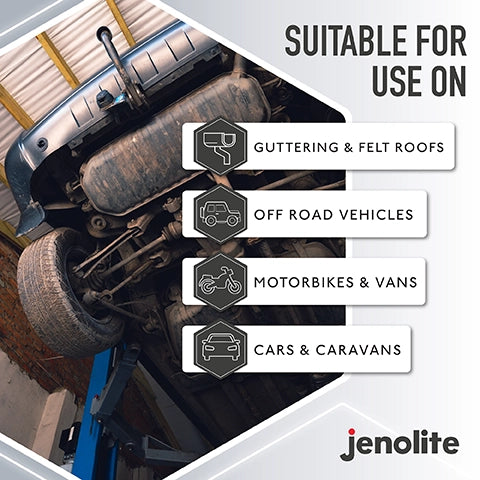
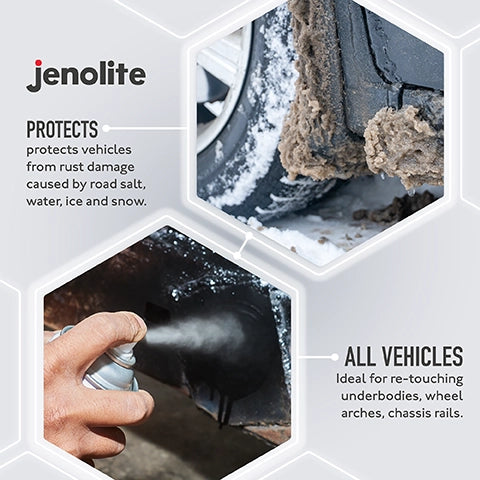
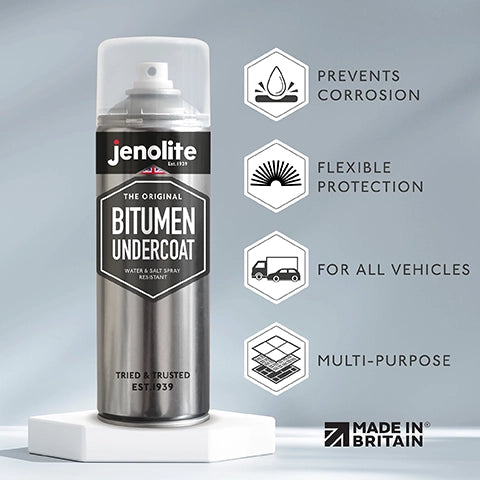
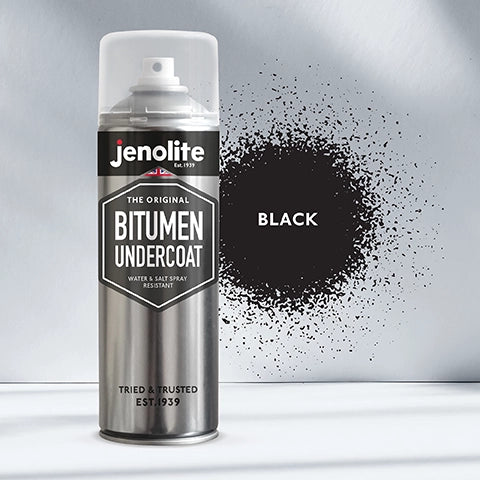
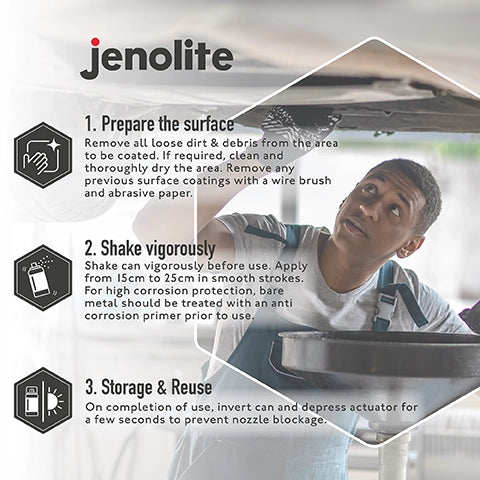
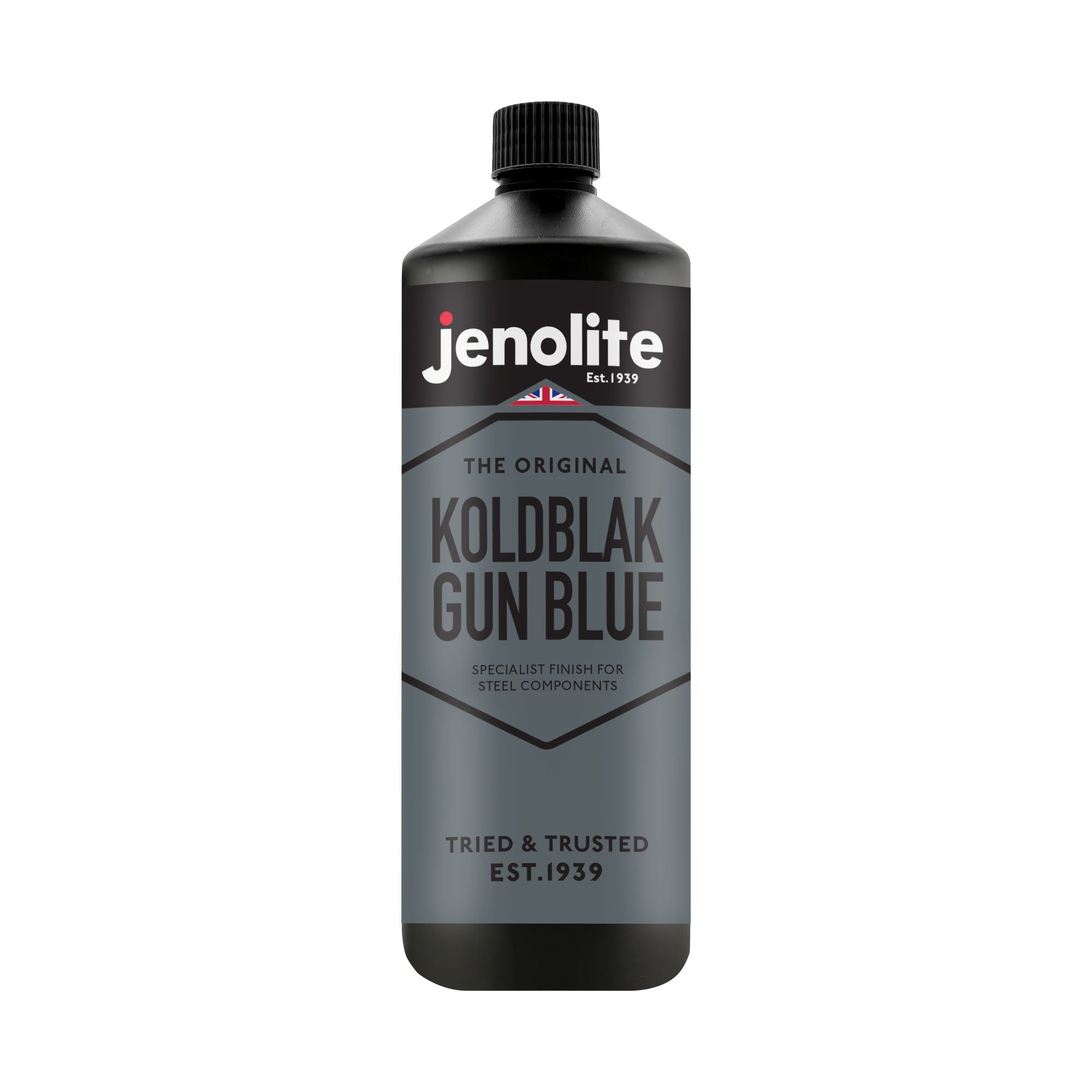
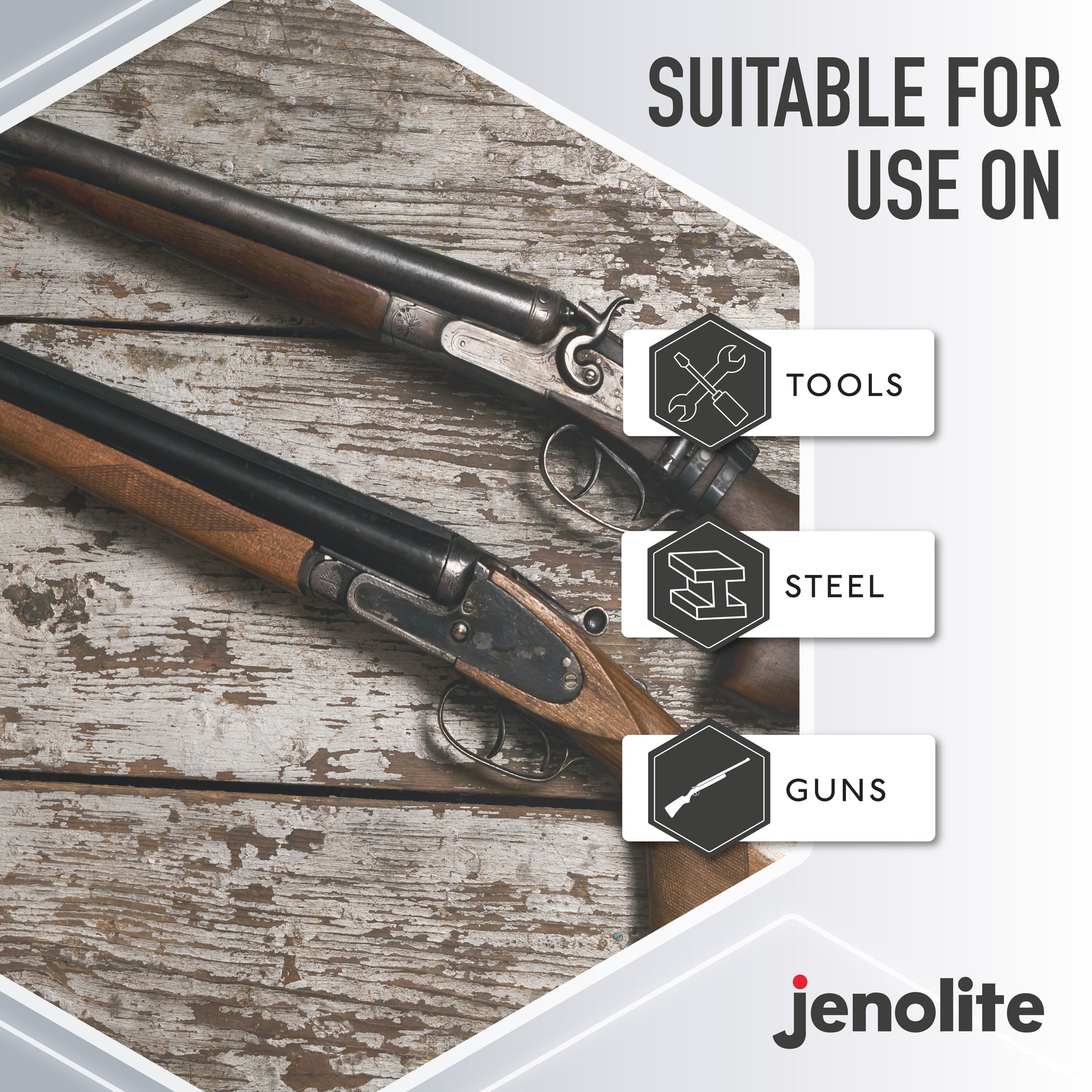
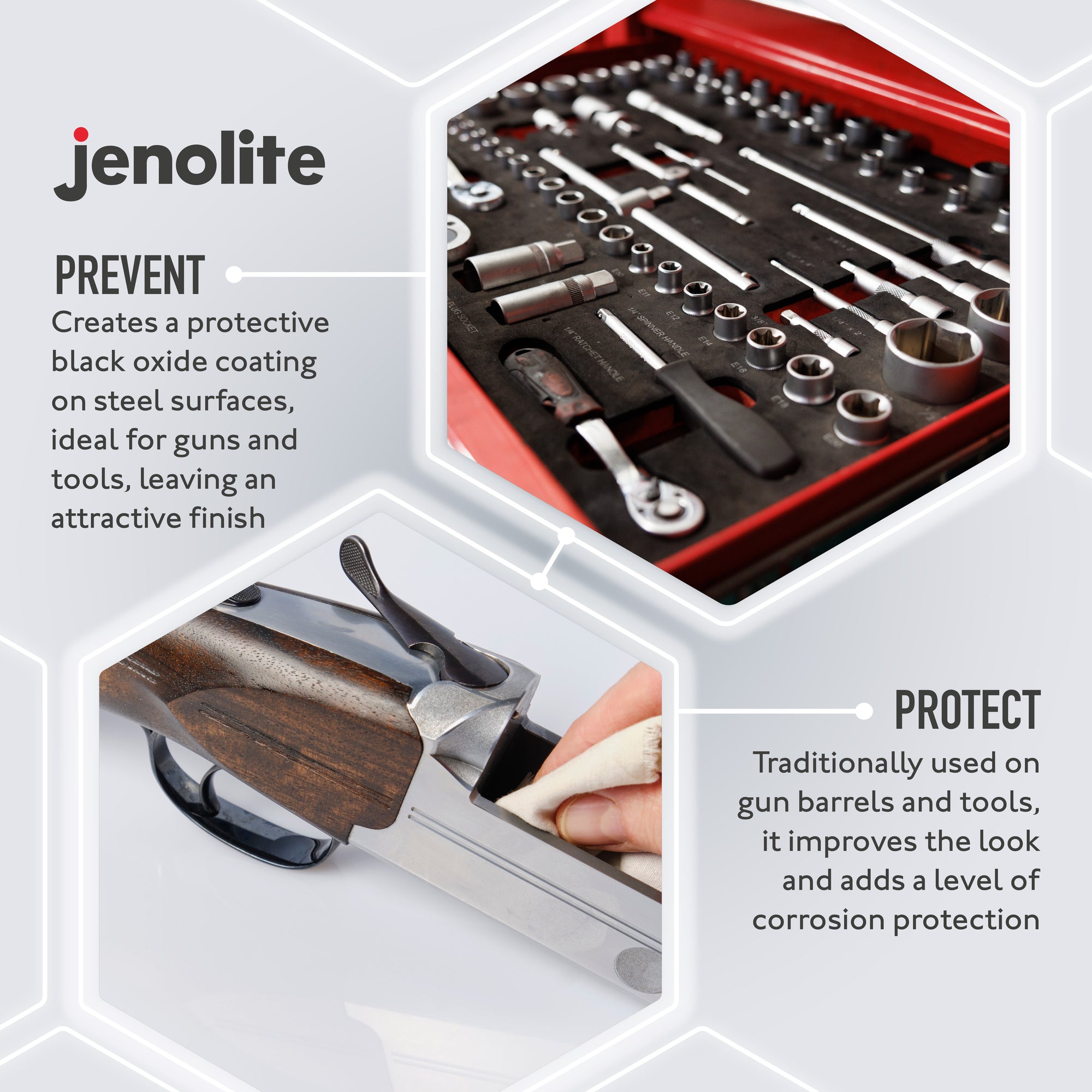
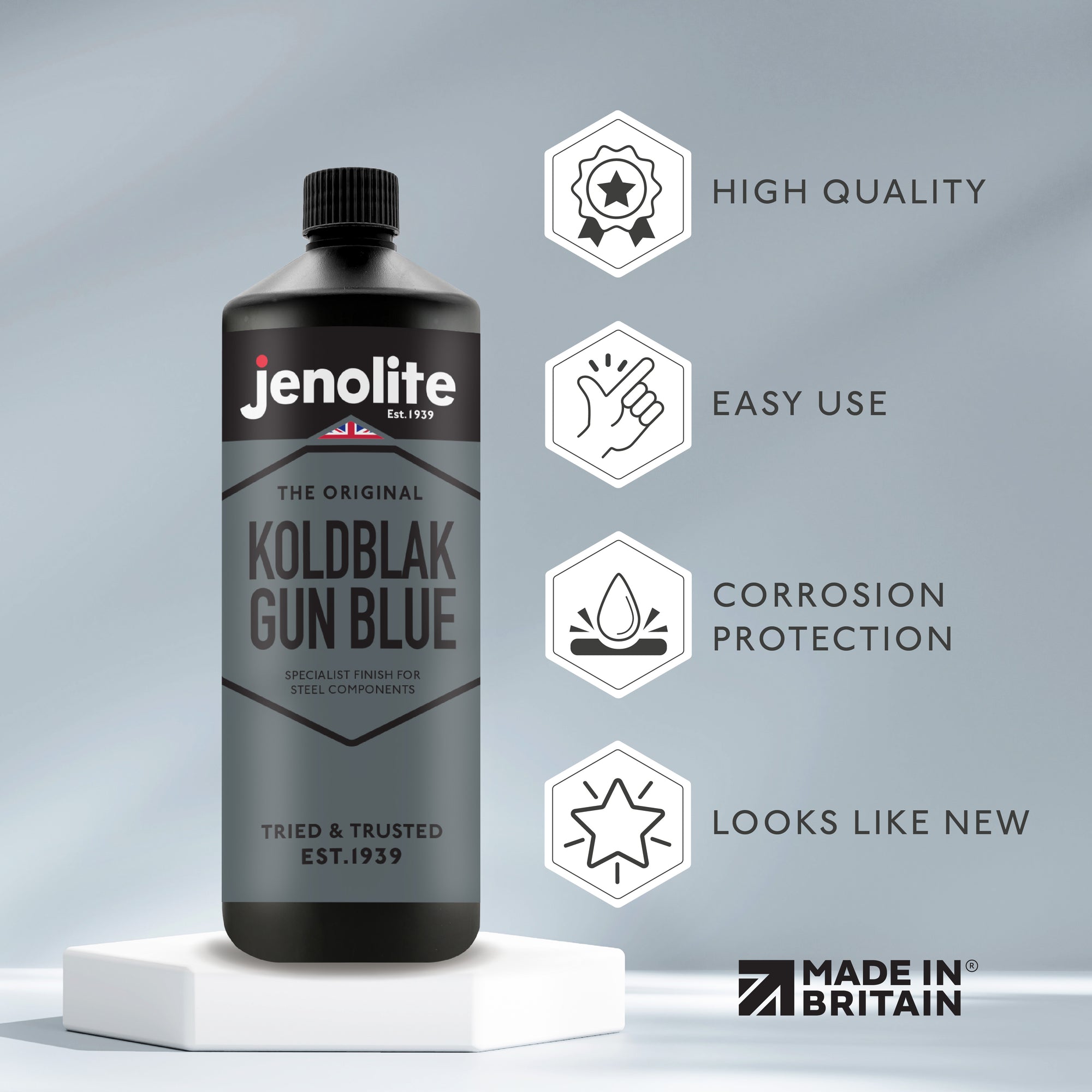
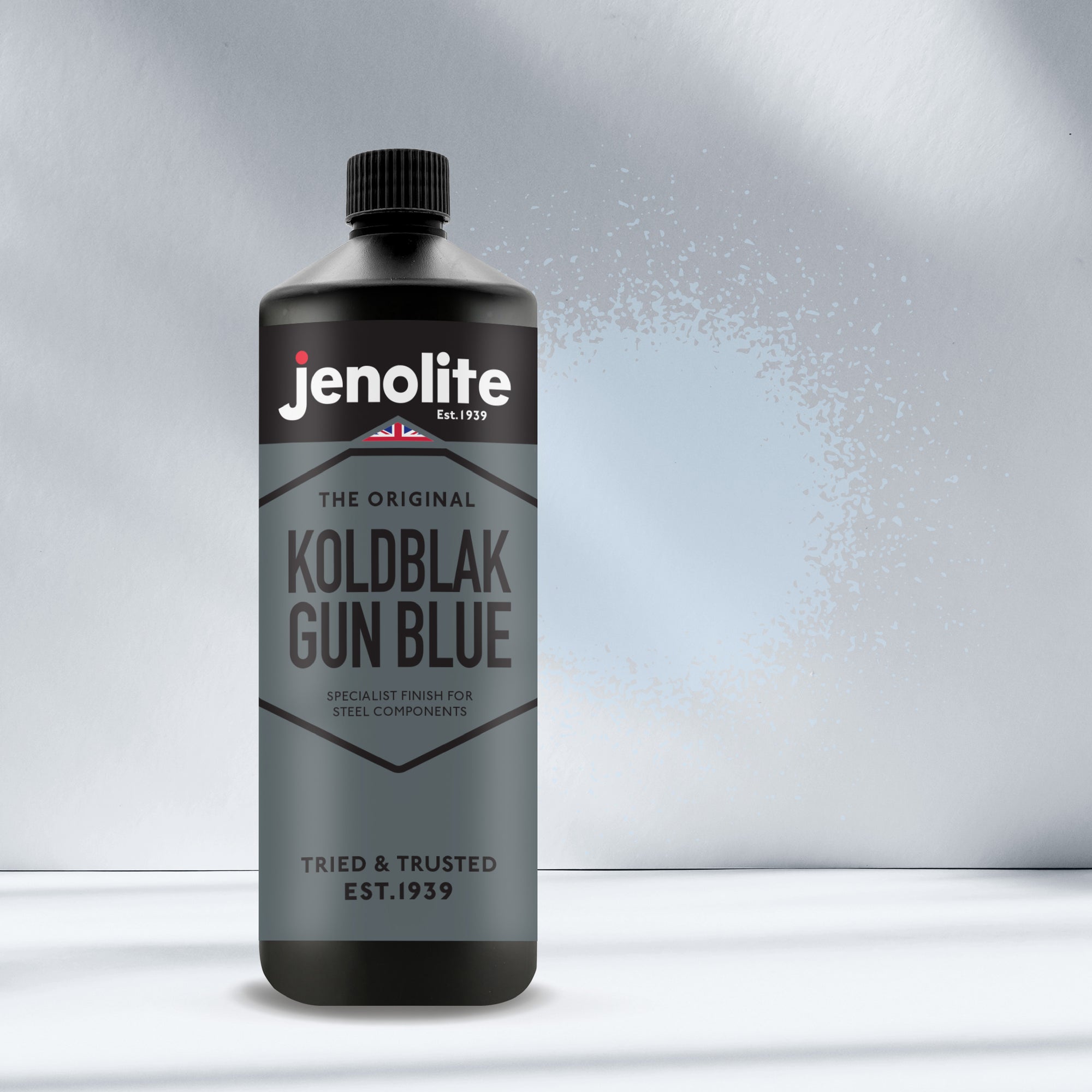
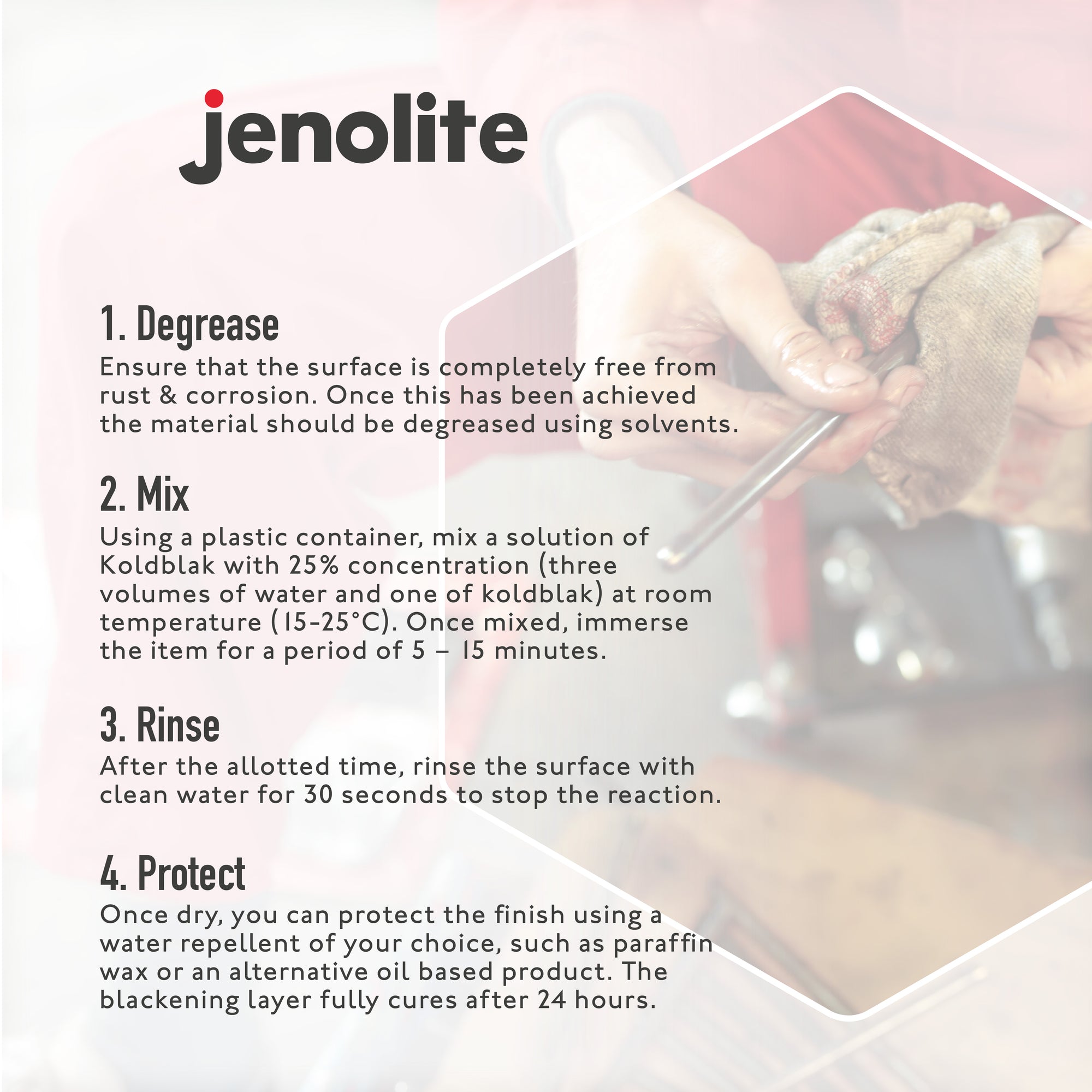
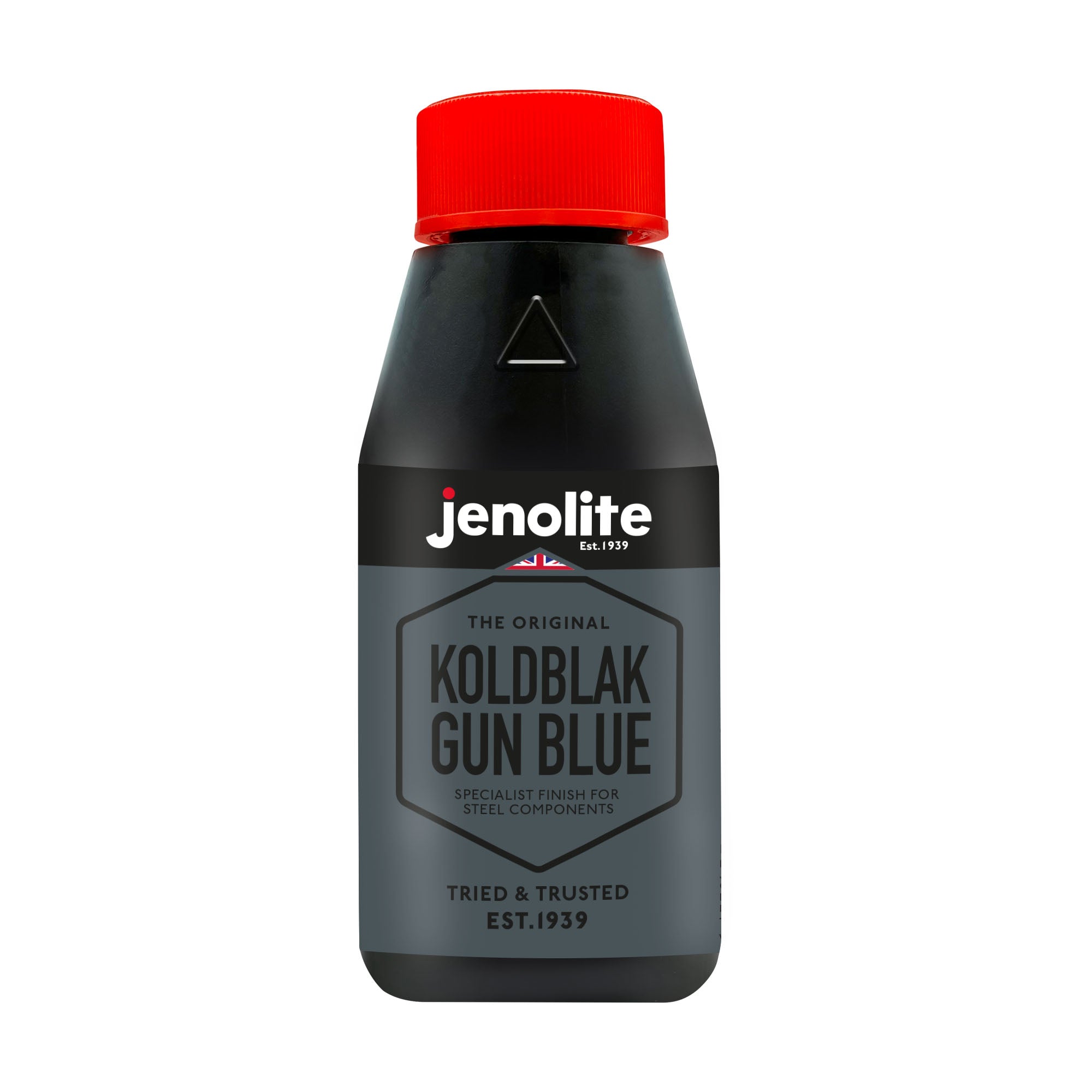
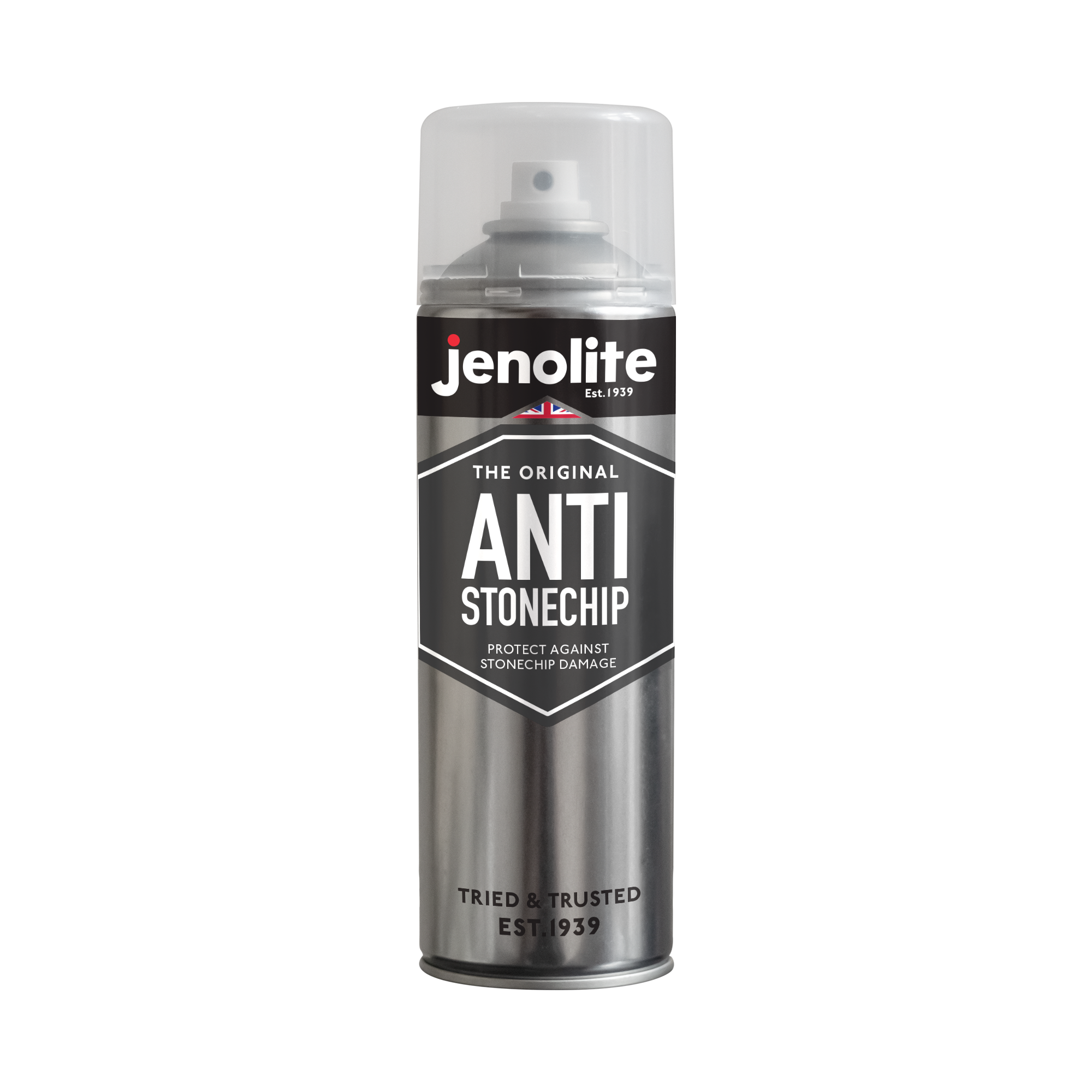
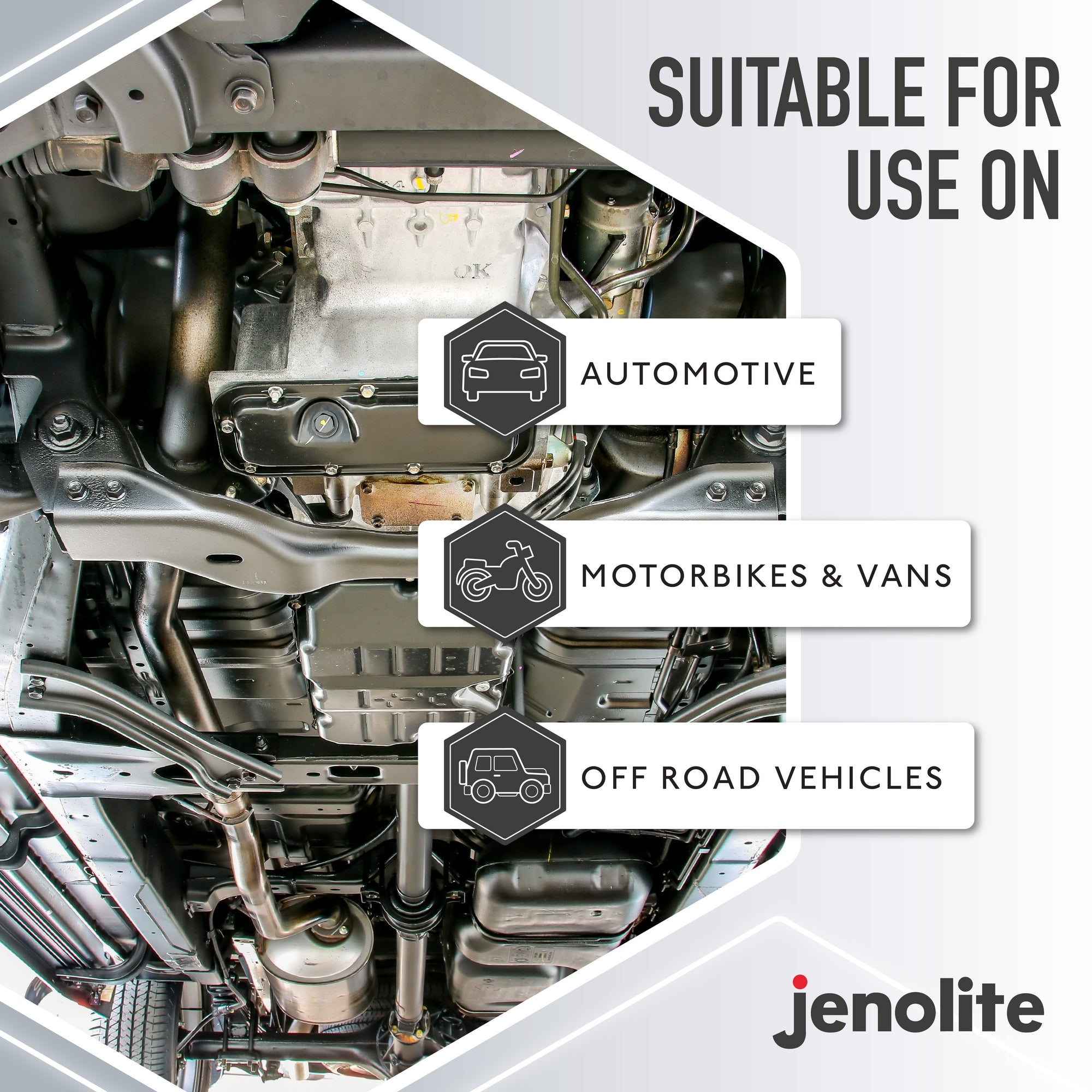
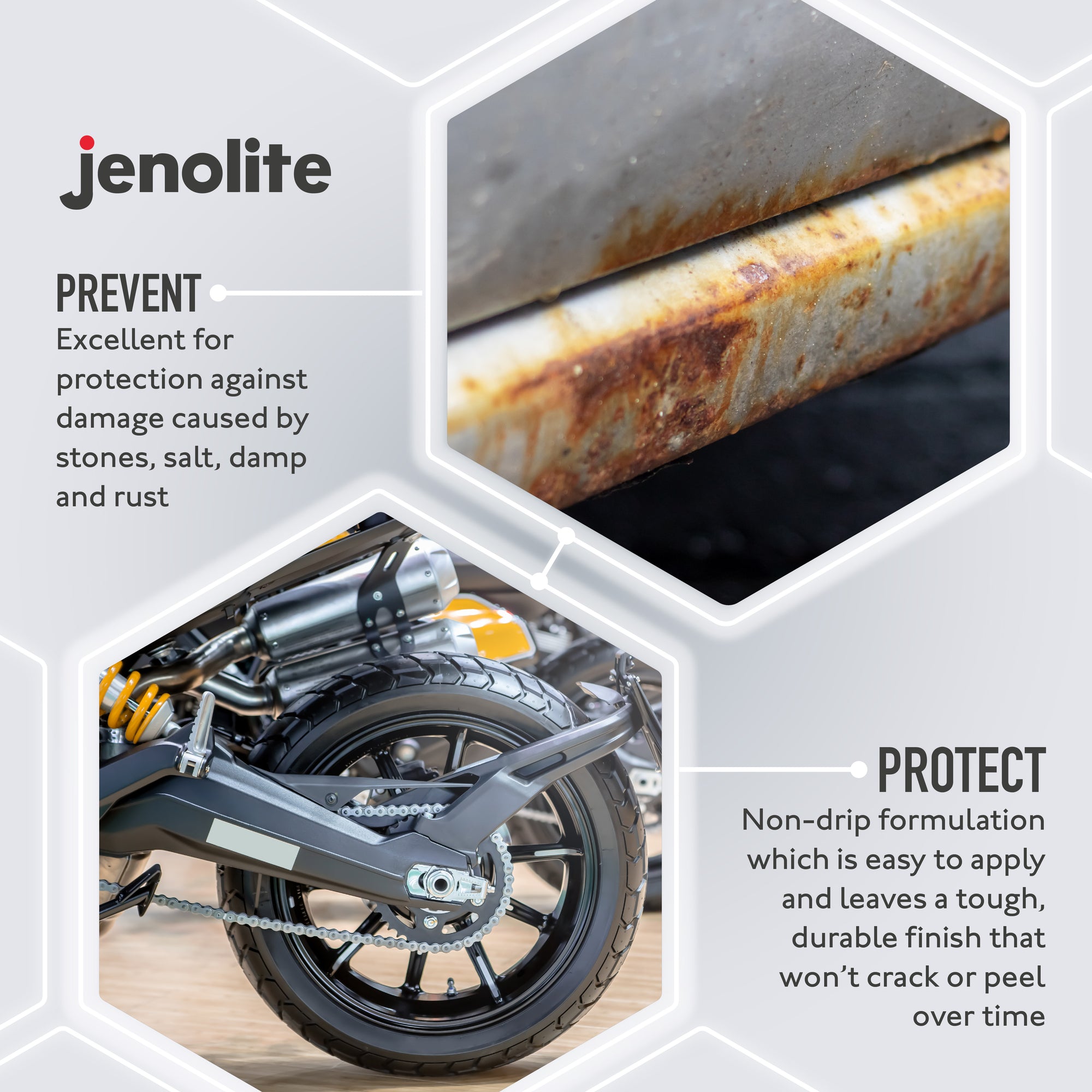
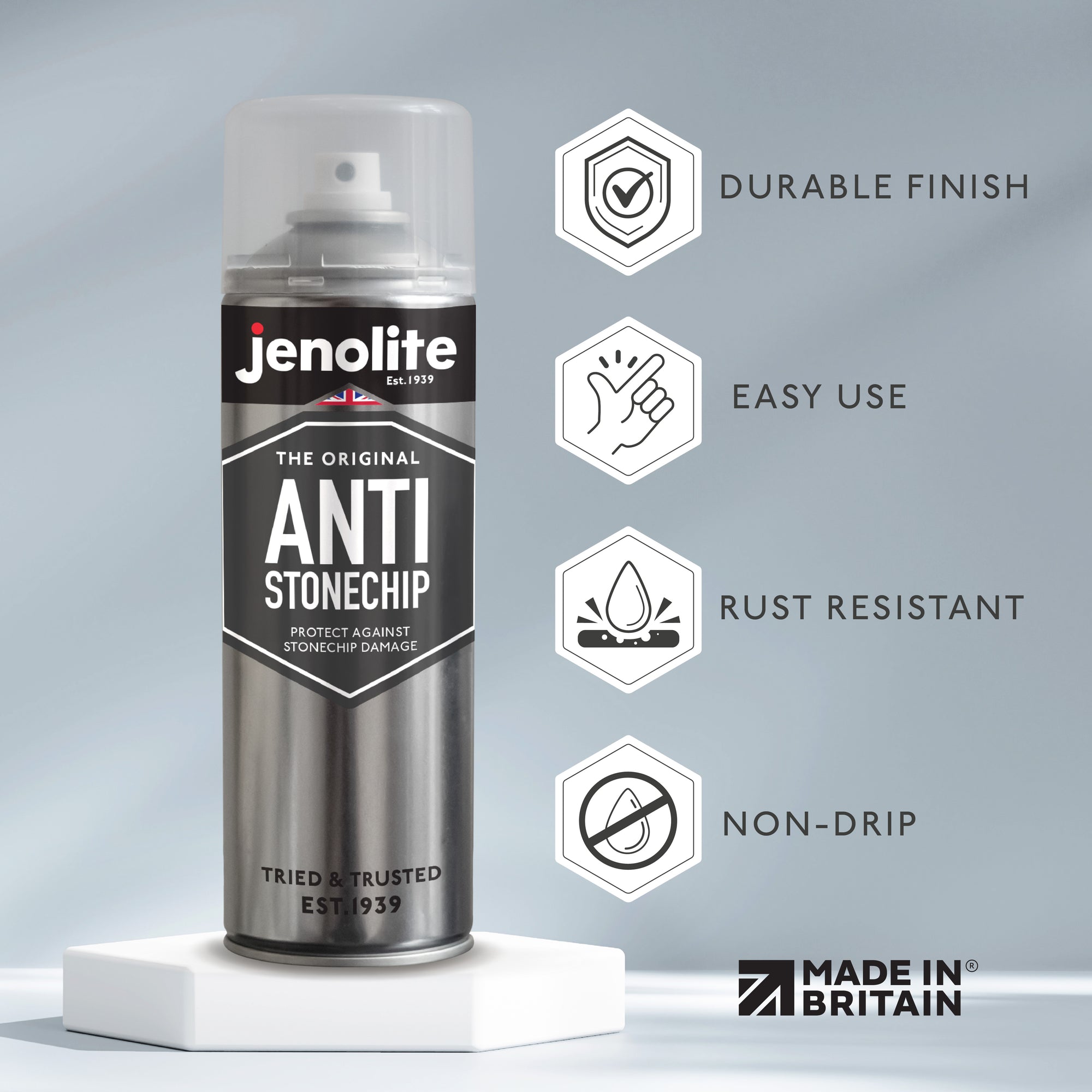
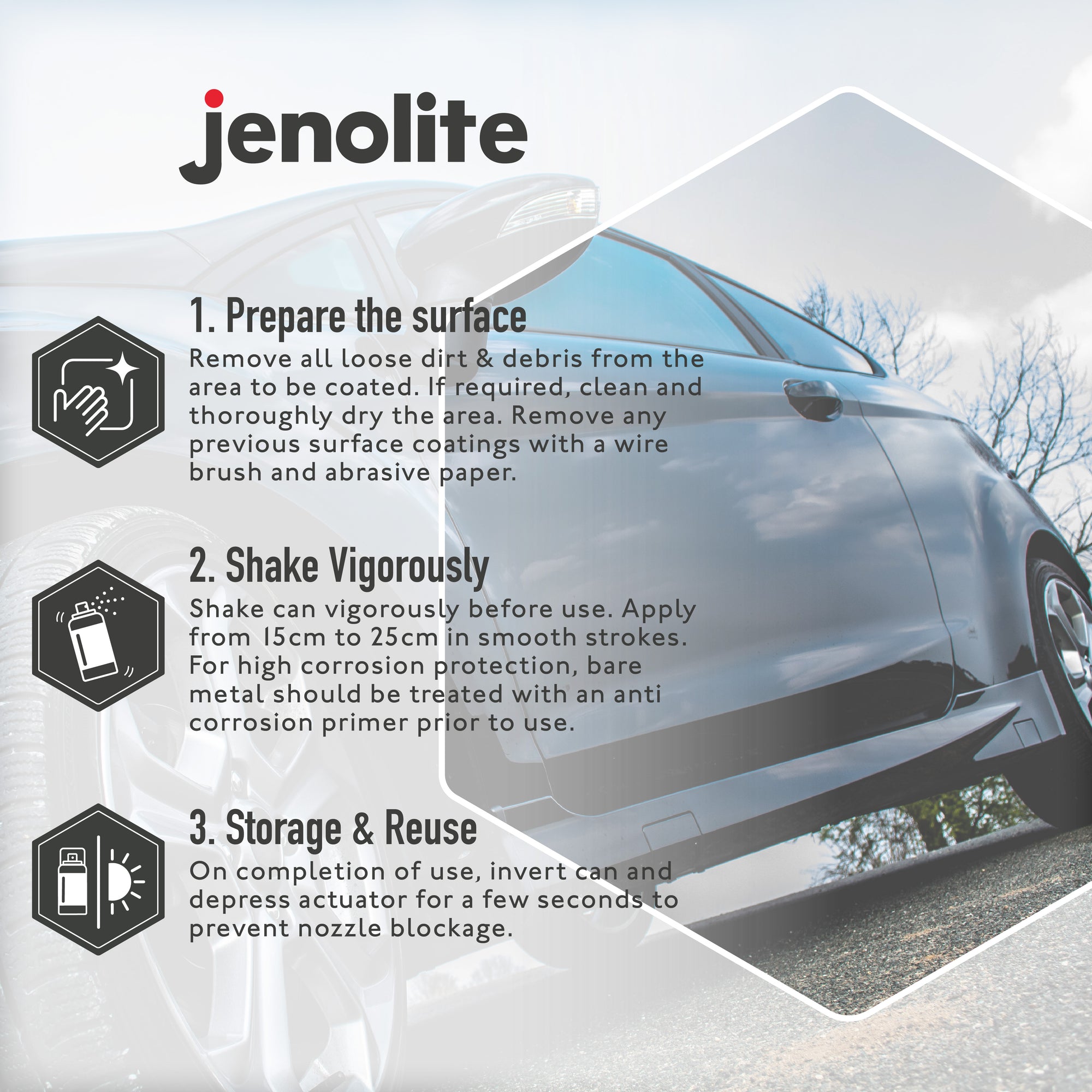
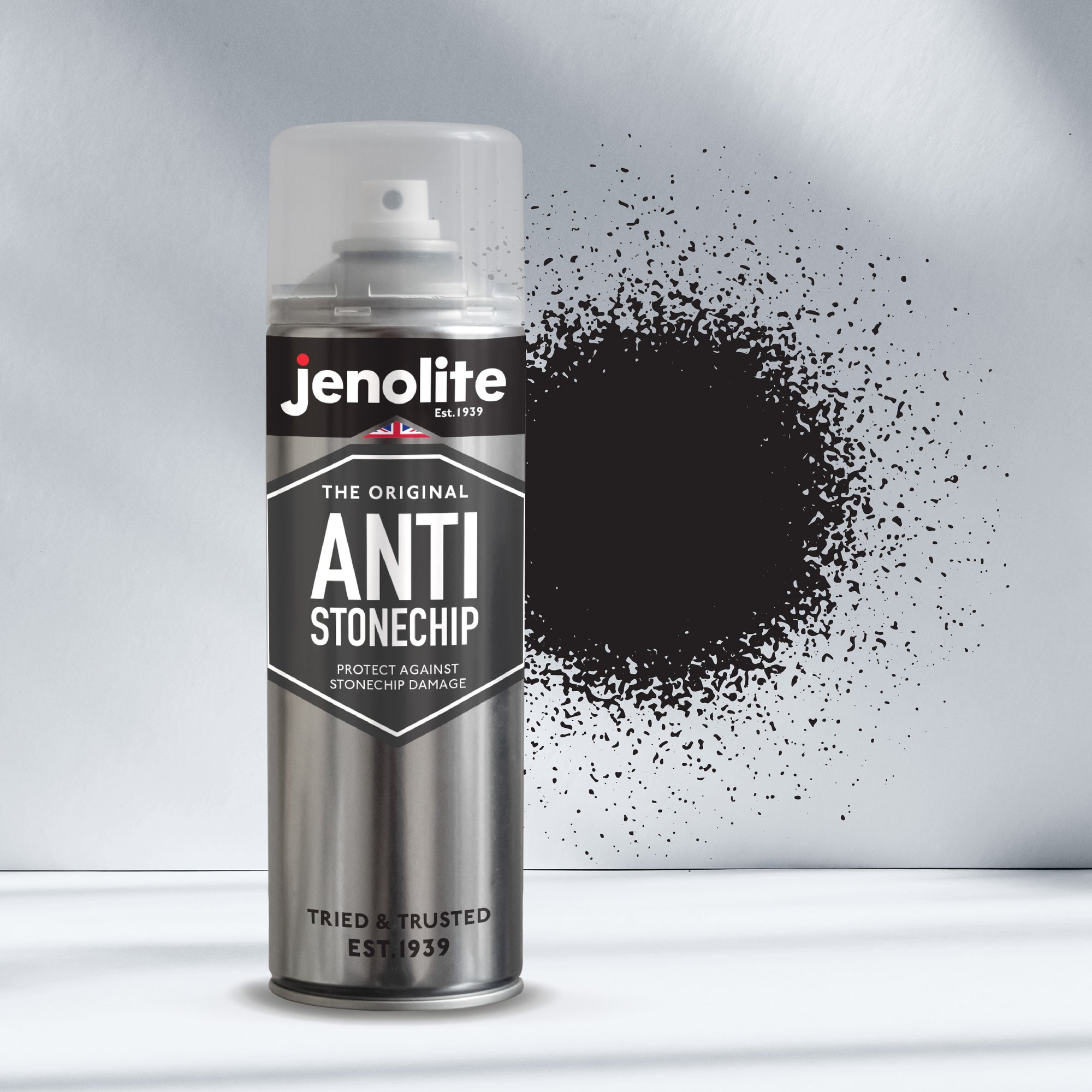
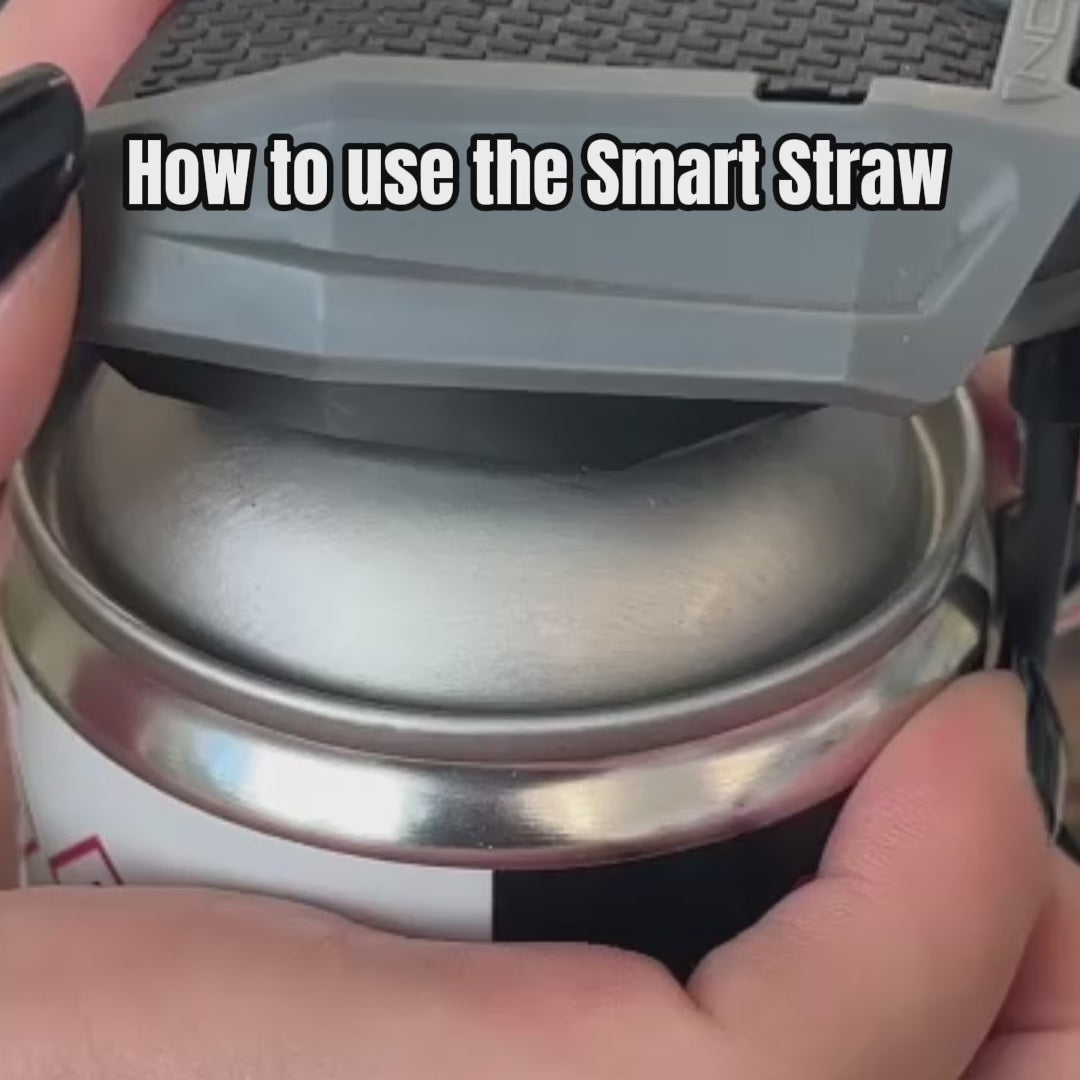
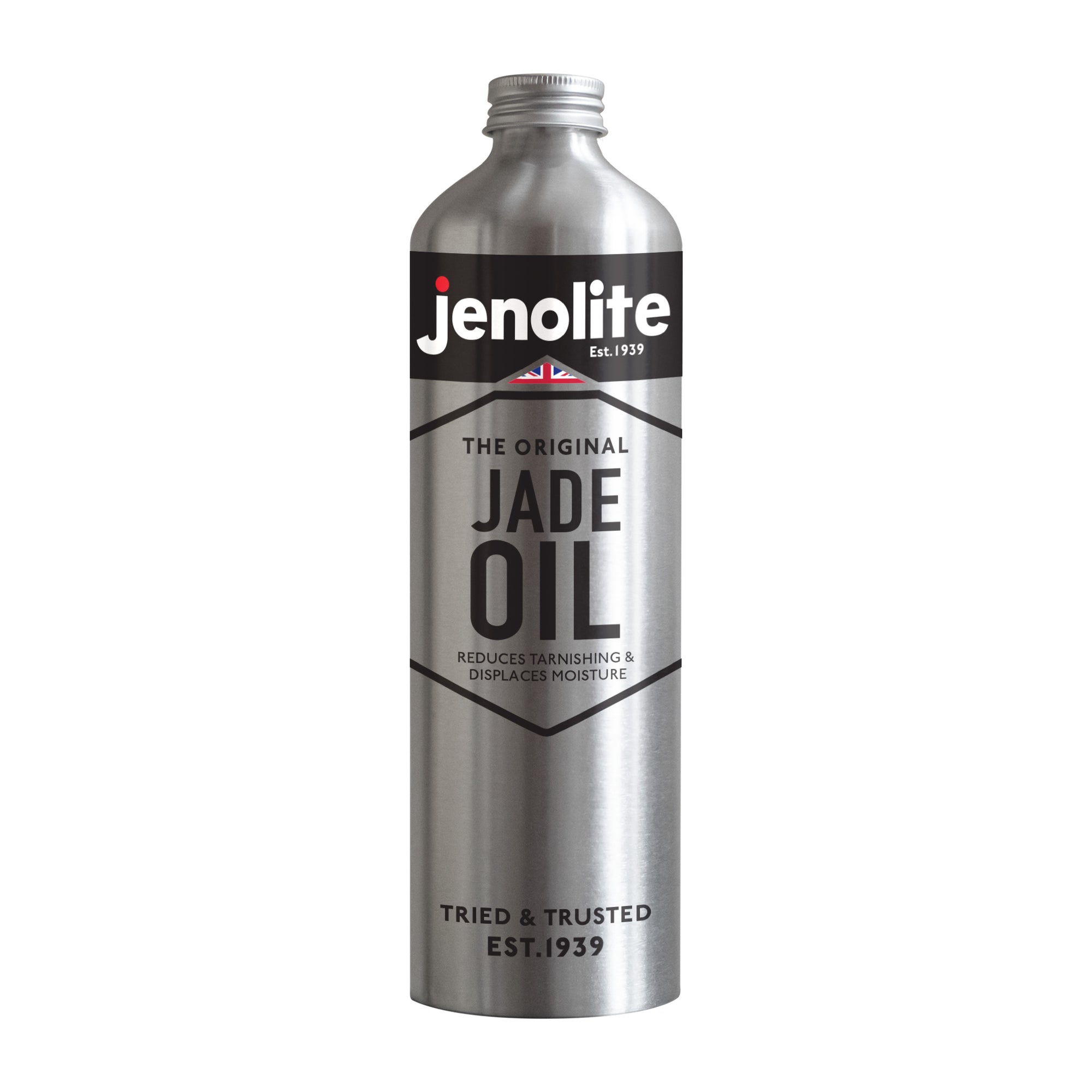
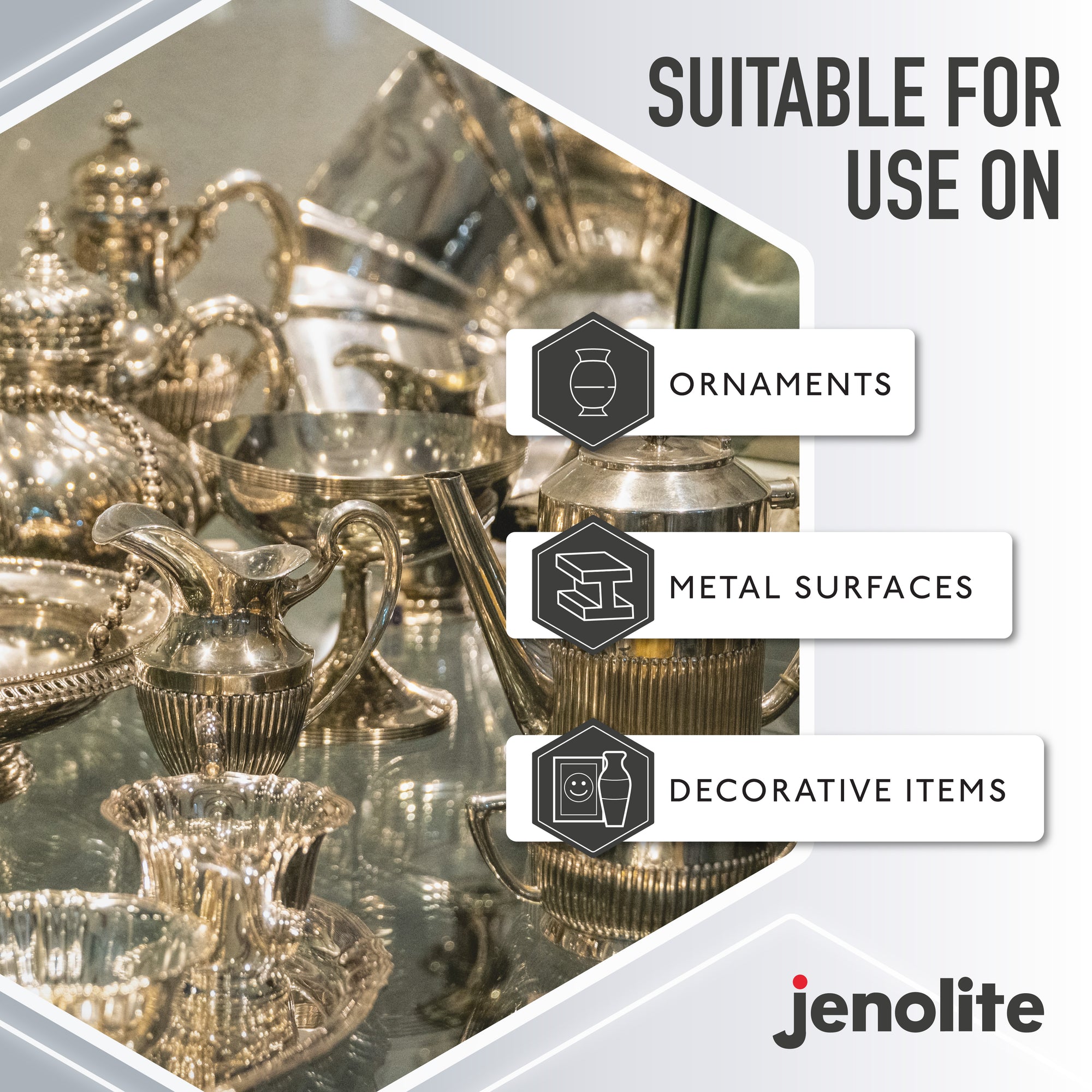
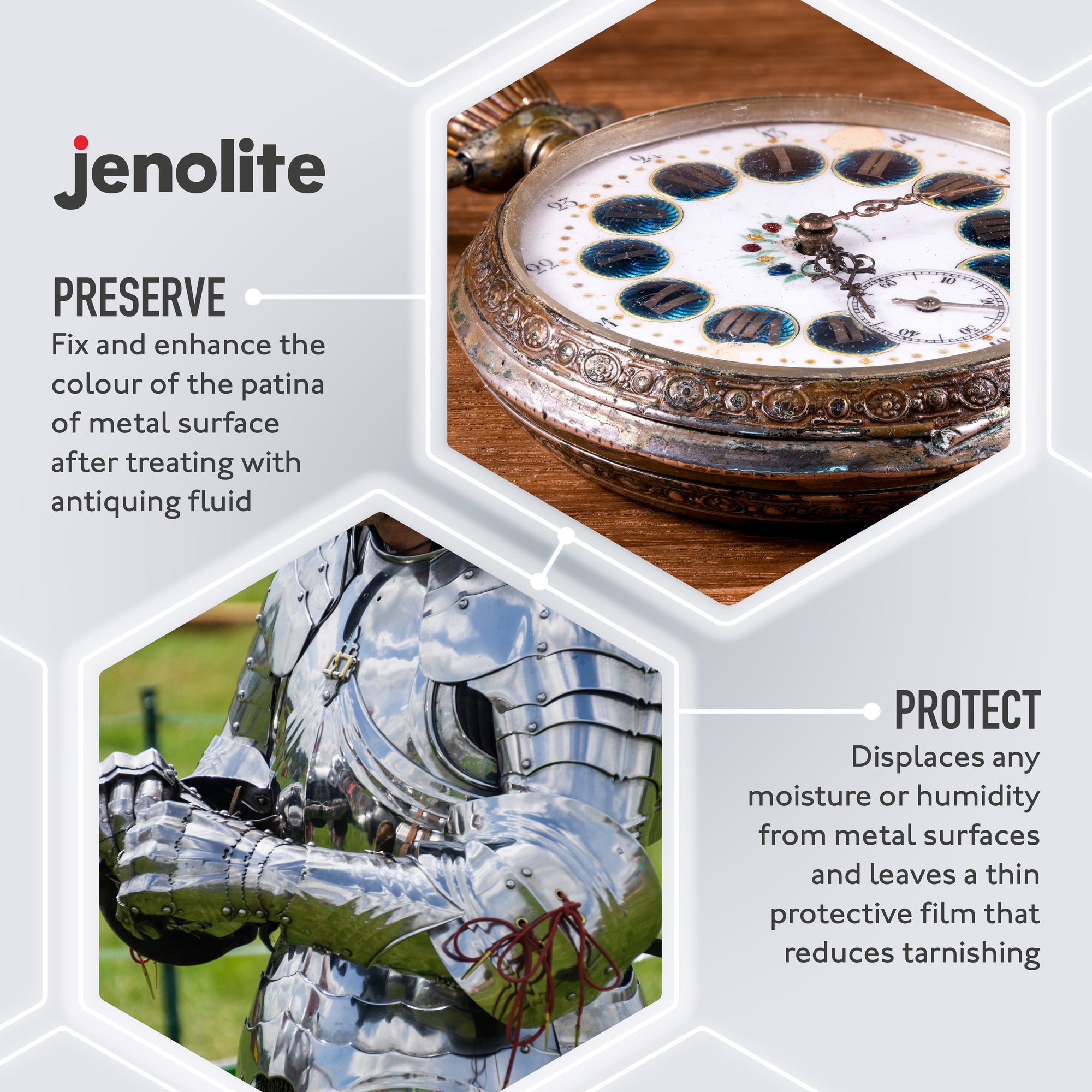
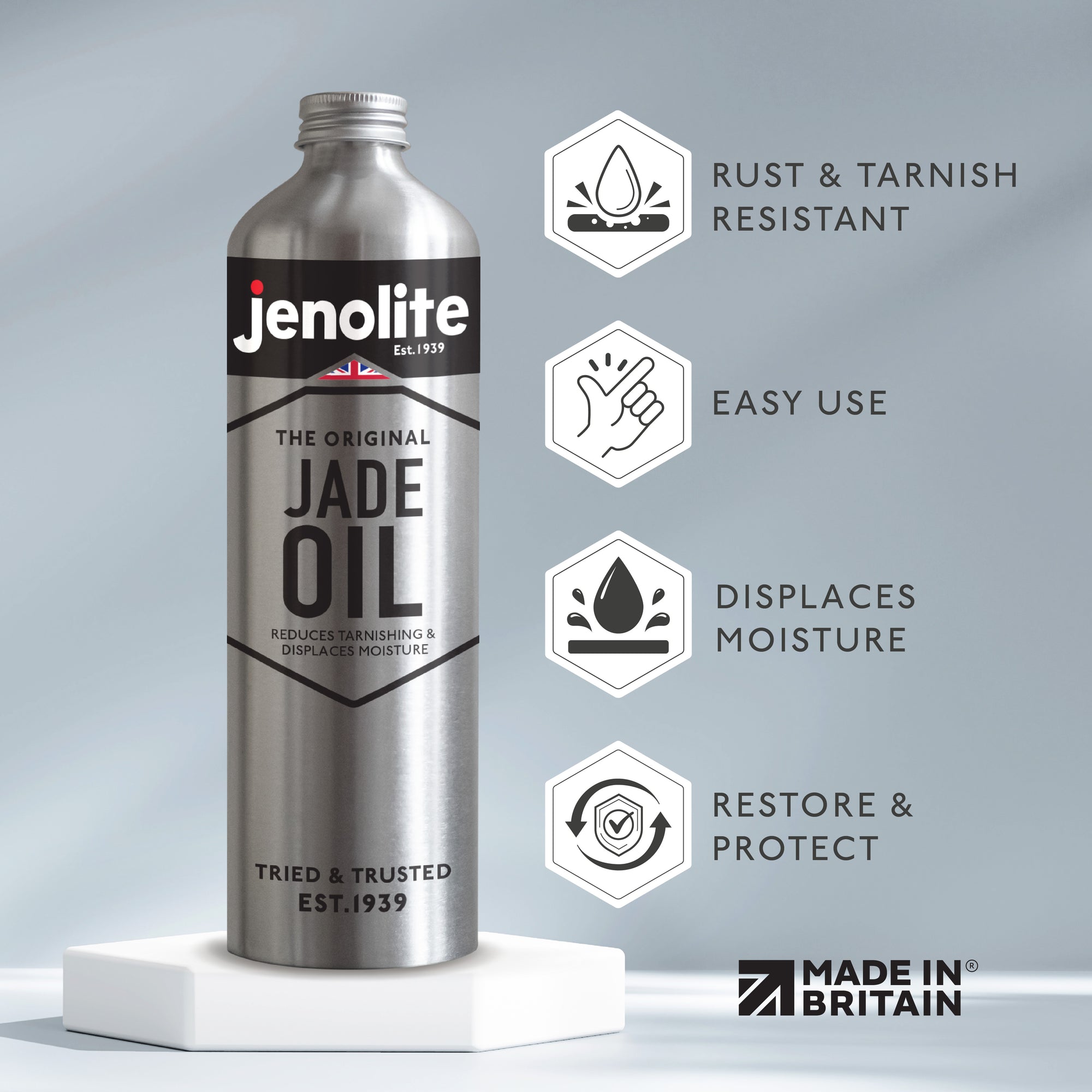
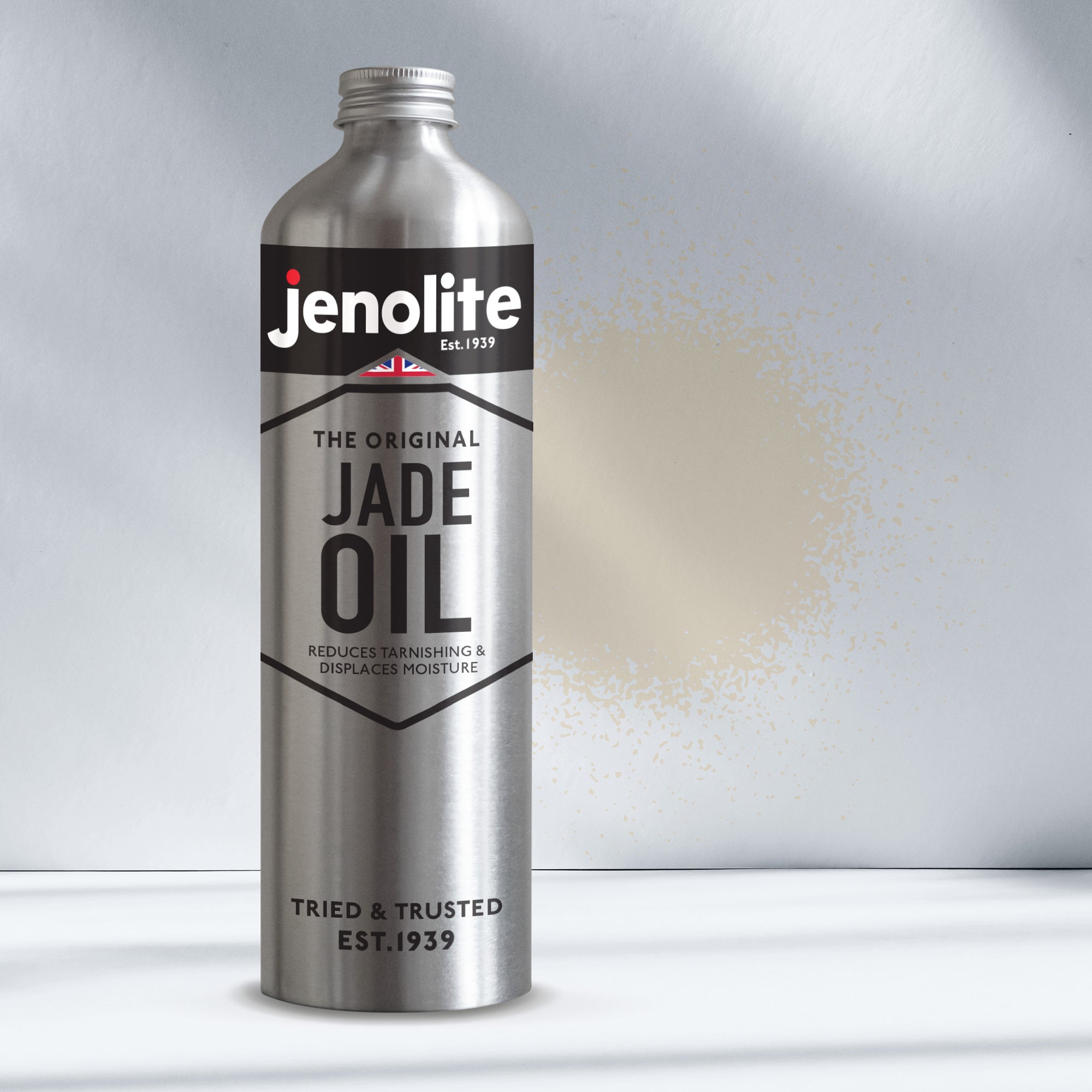
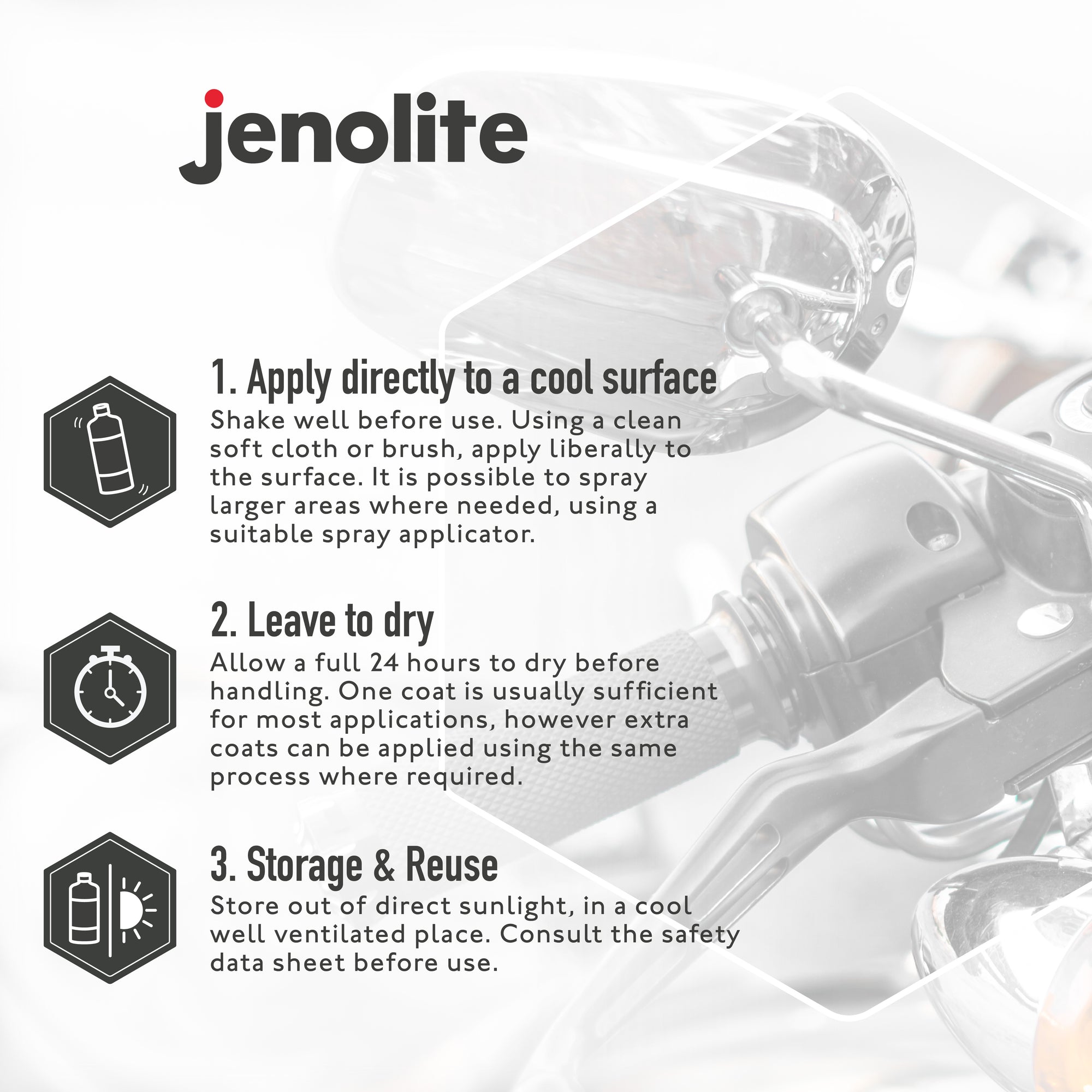






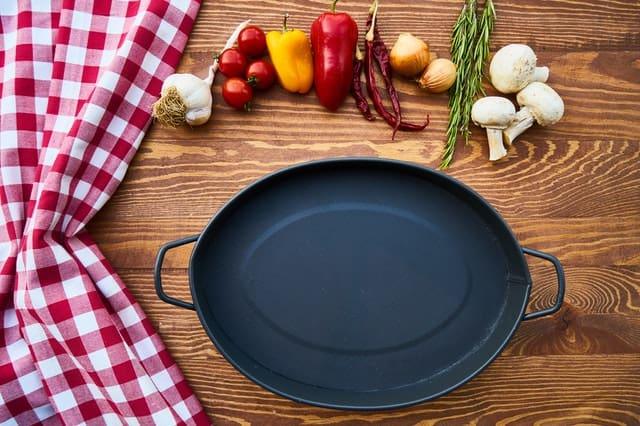
![Rust Remover vs Rust Converter: Which To Use? | [UPDATE 2024] A comprehensive guide](http://www.jenolite.com/cdn/shop/articles/Rust_Remover___Converter.webp?v=1706616225&width=2000)
